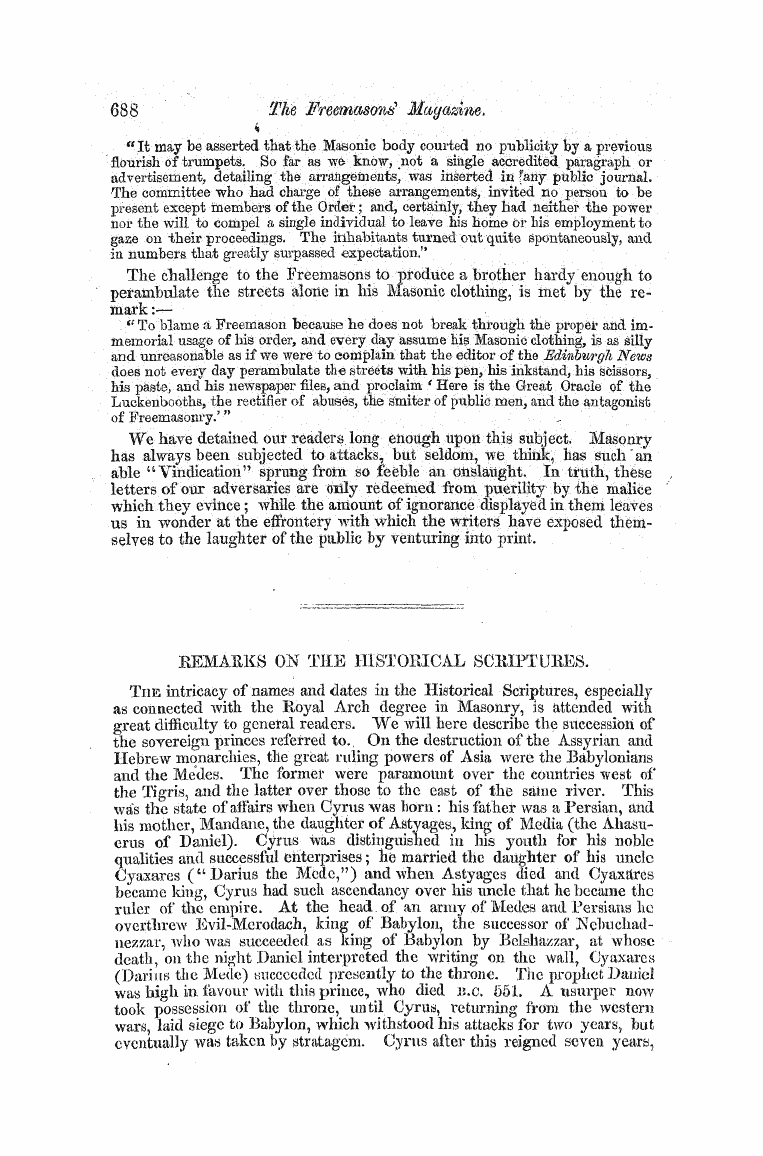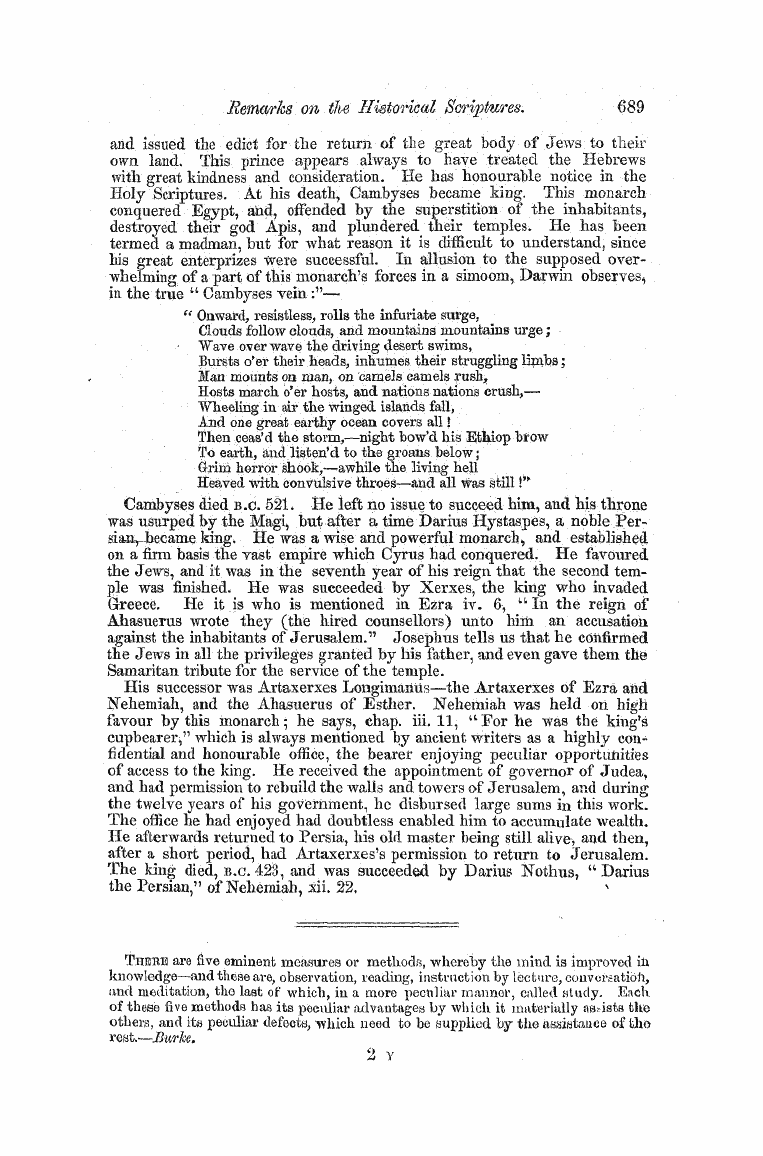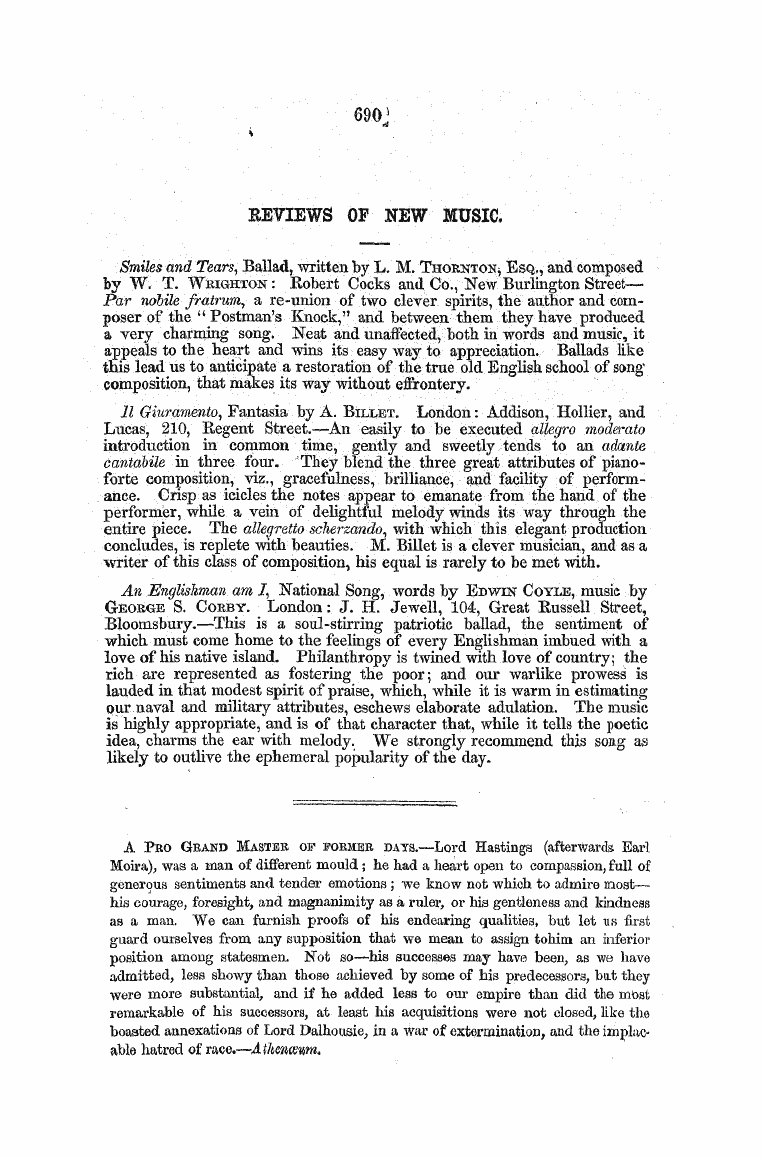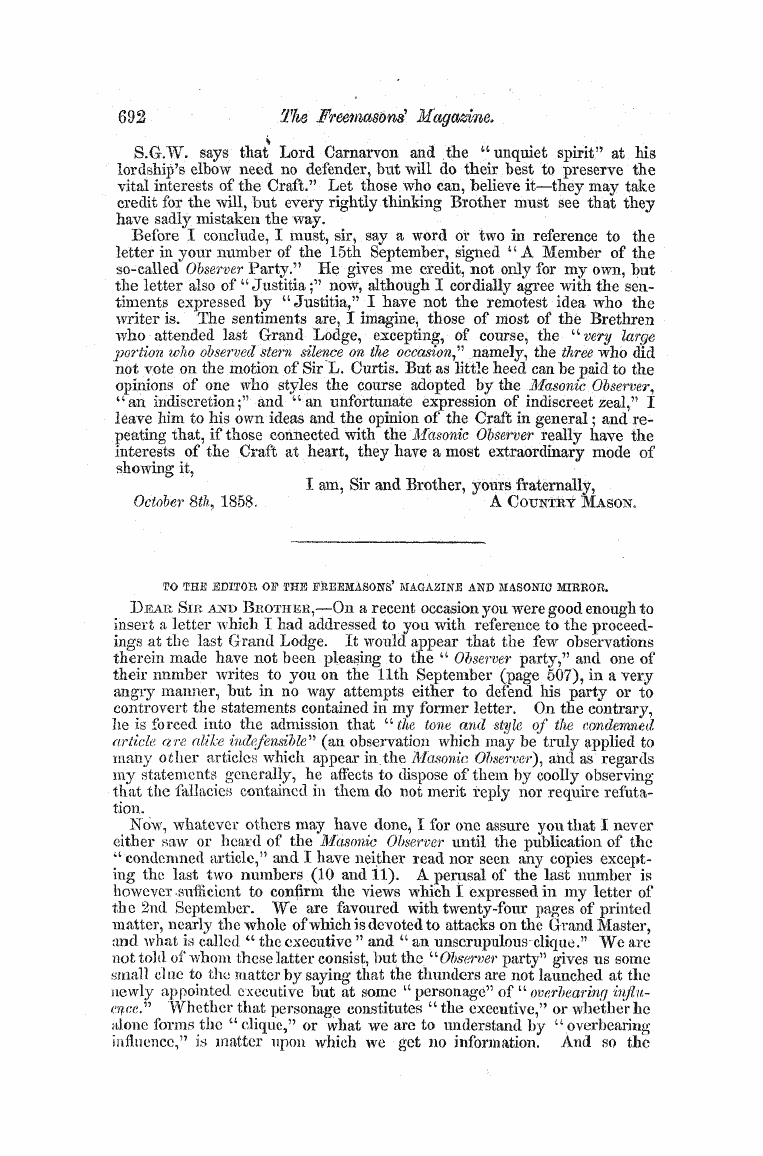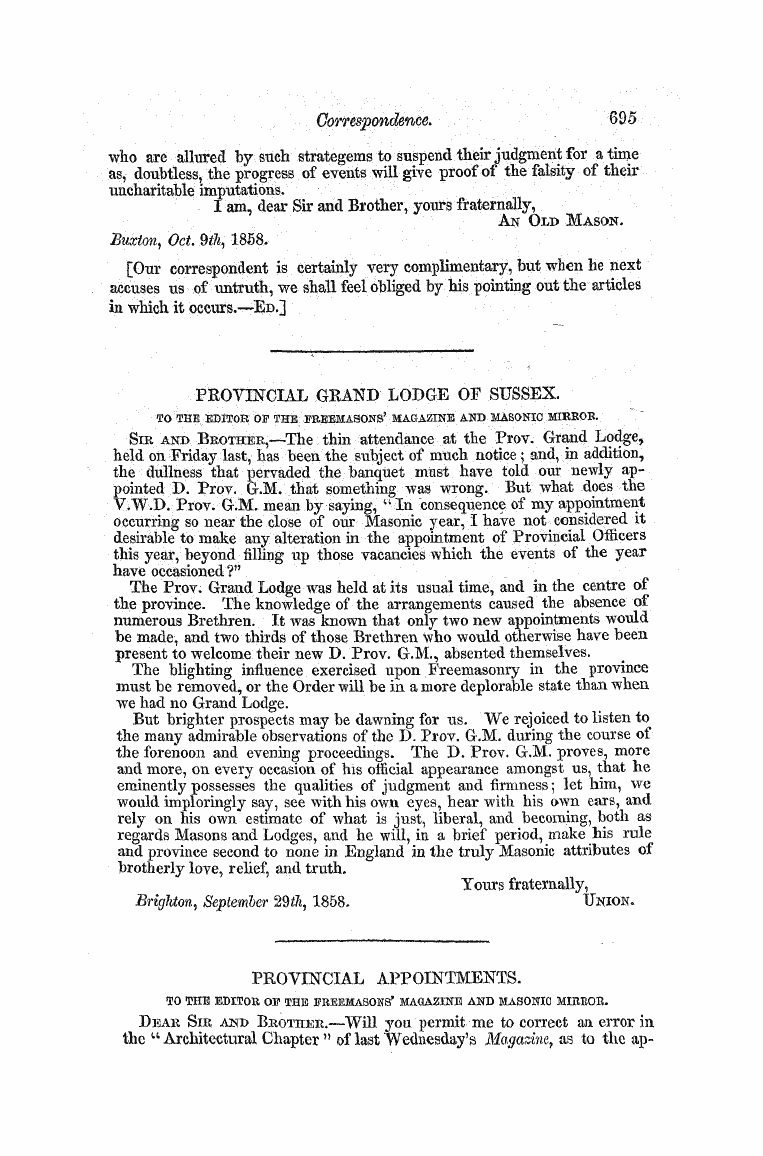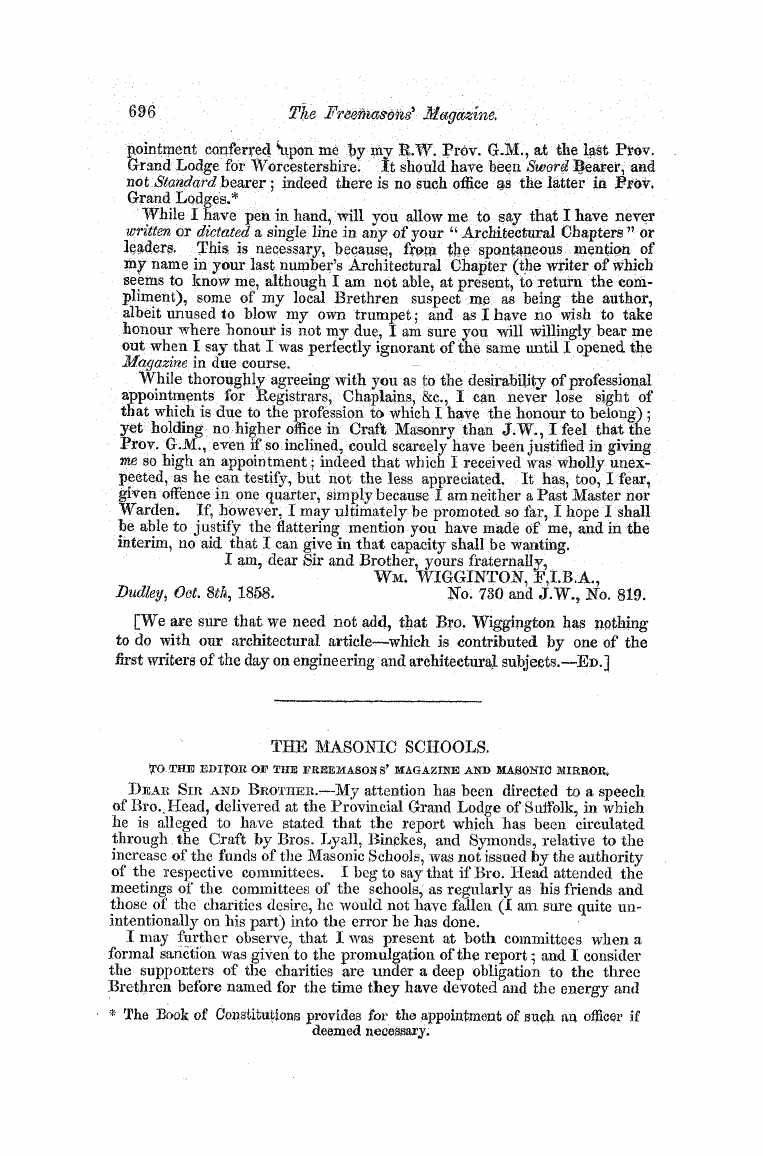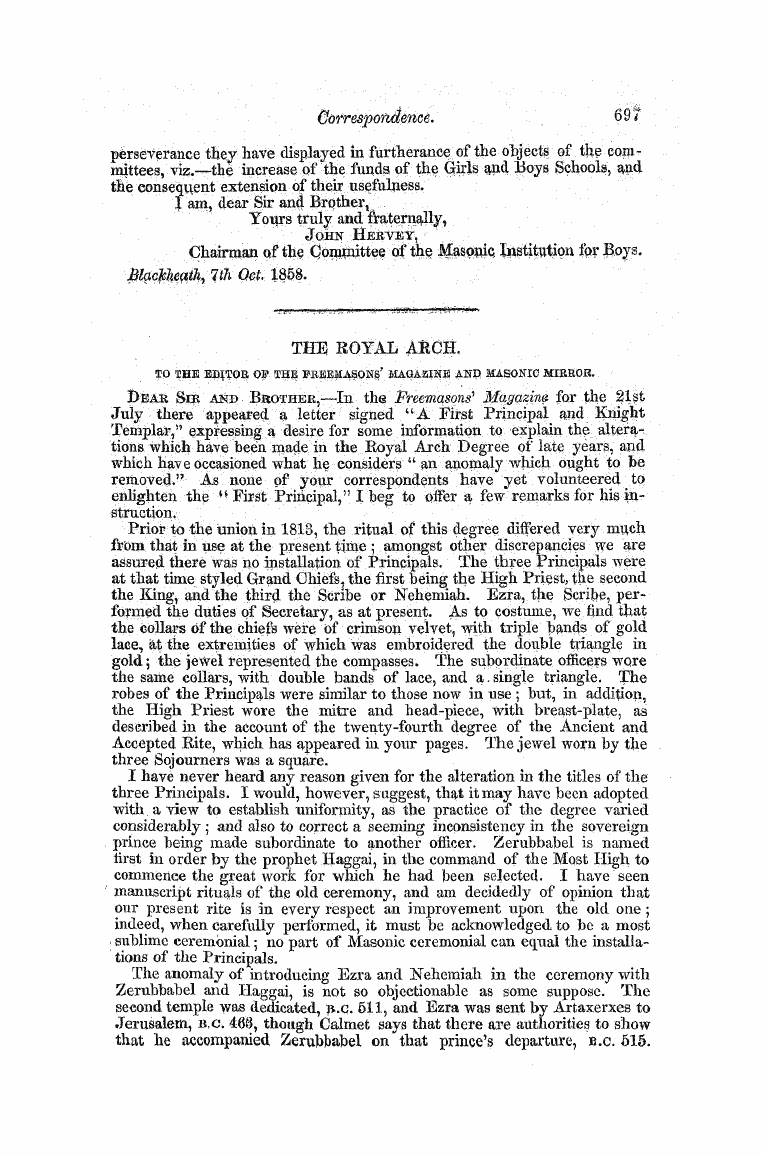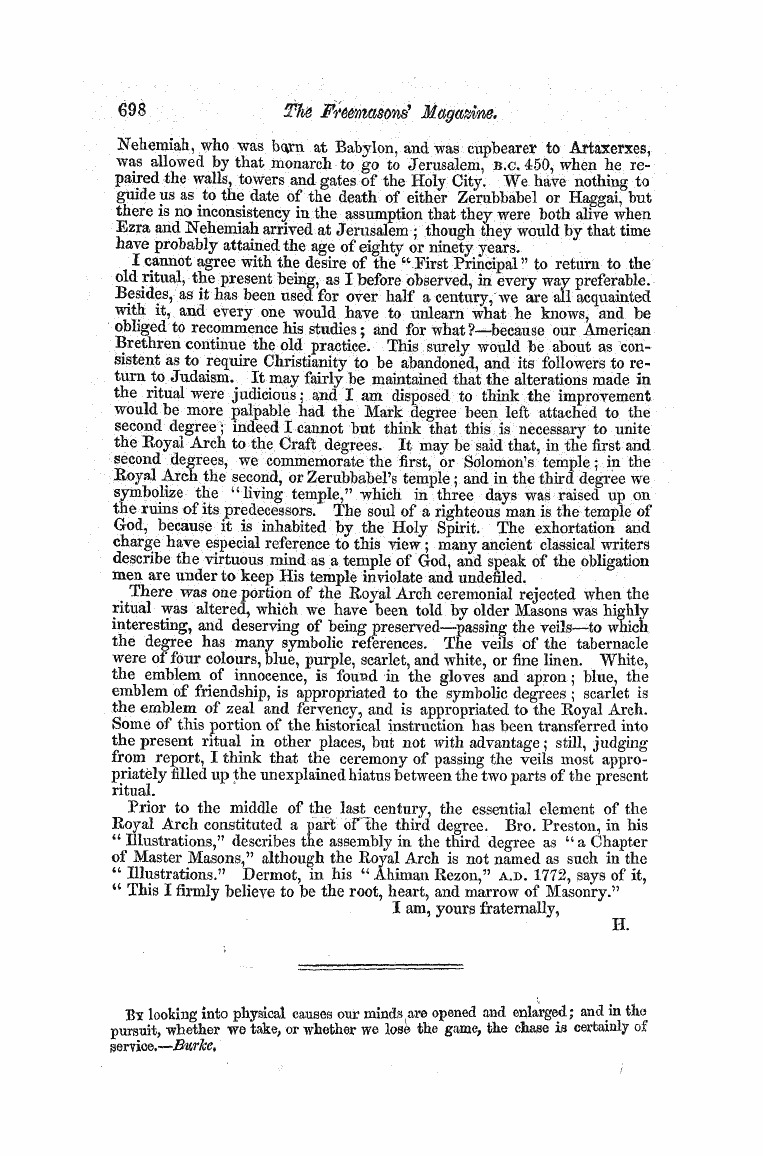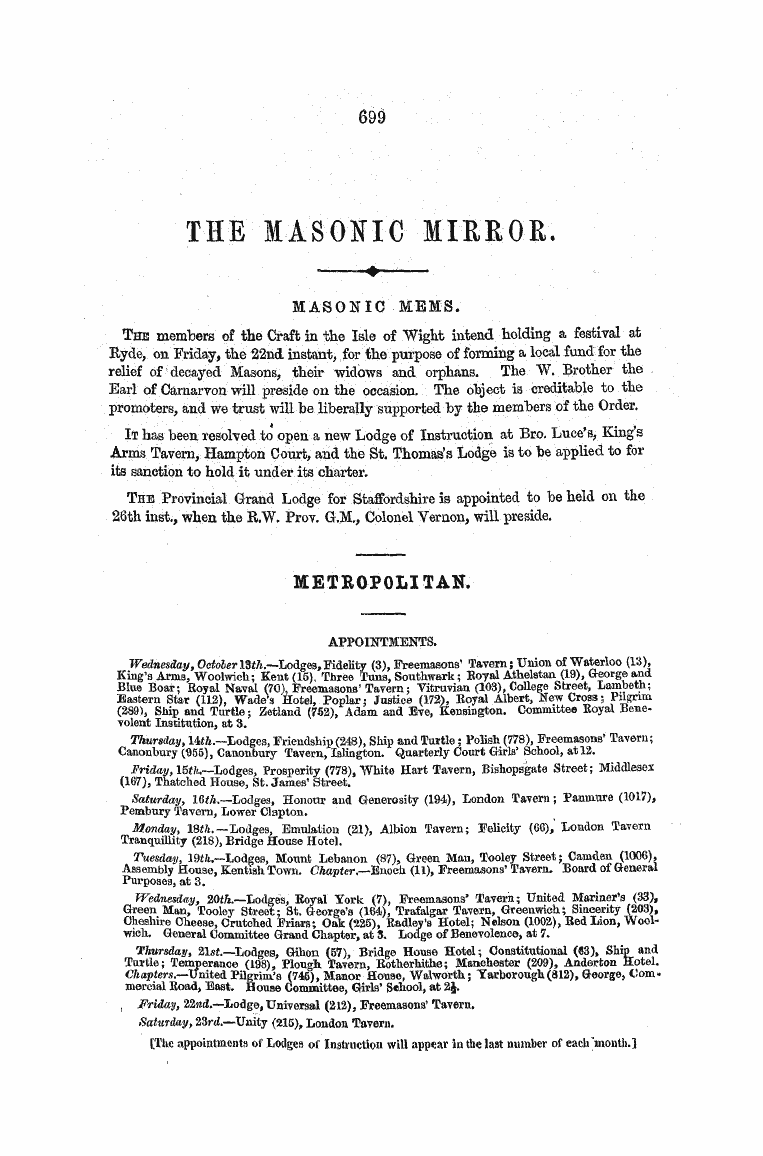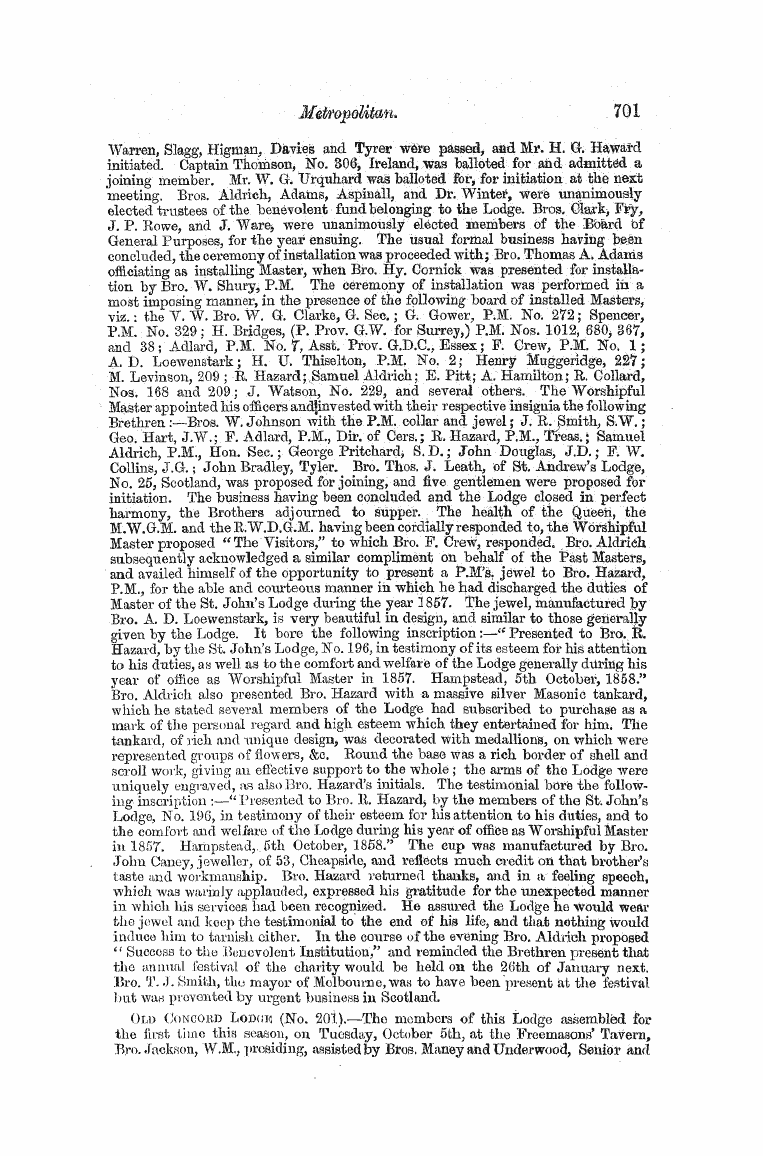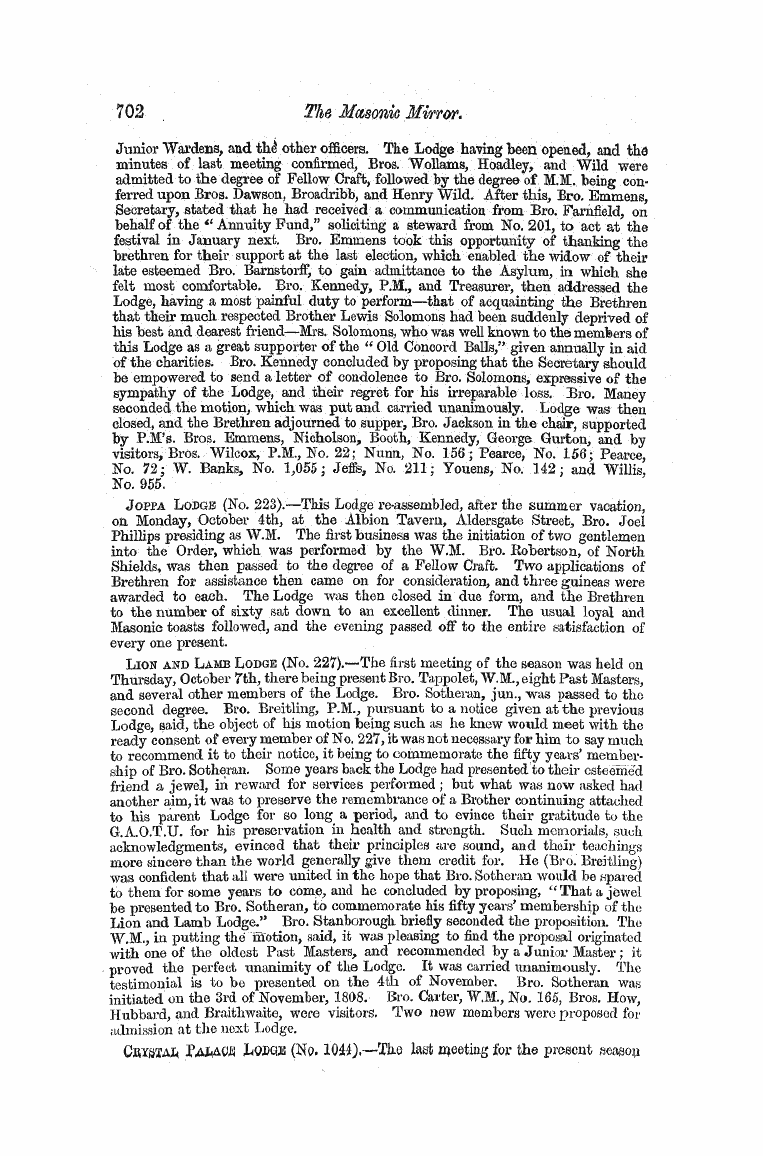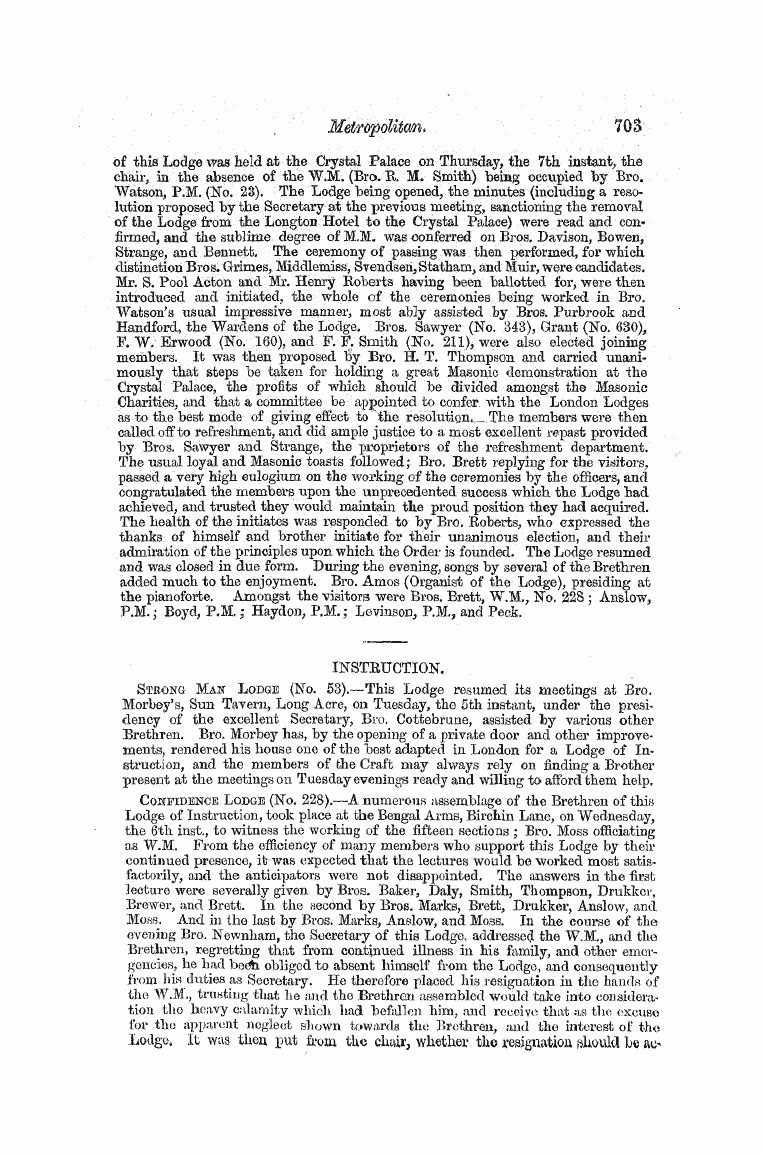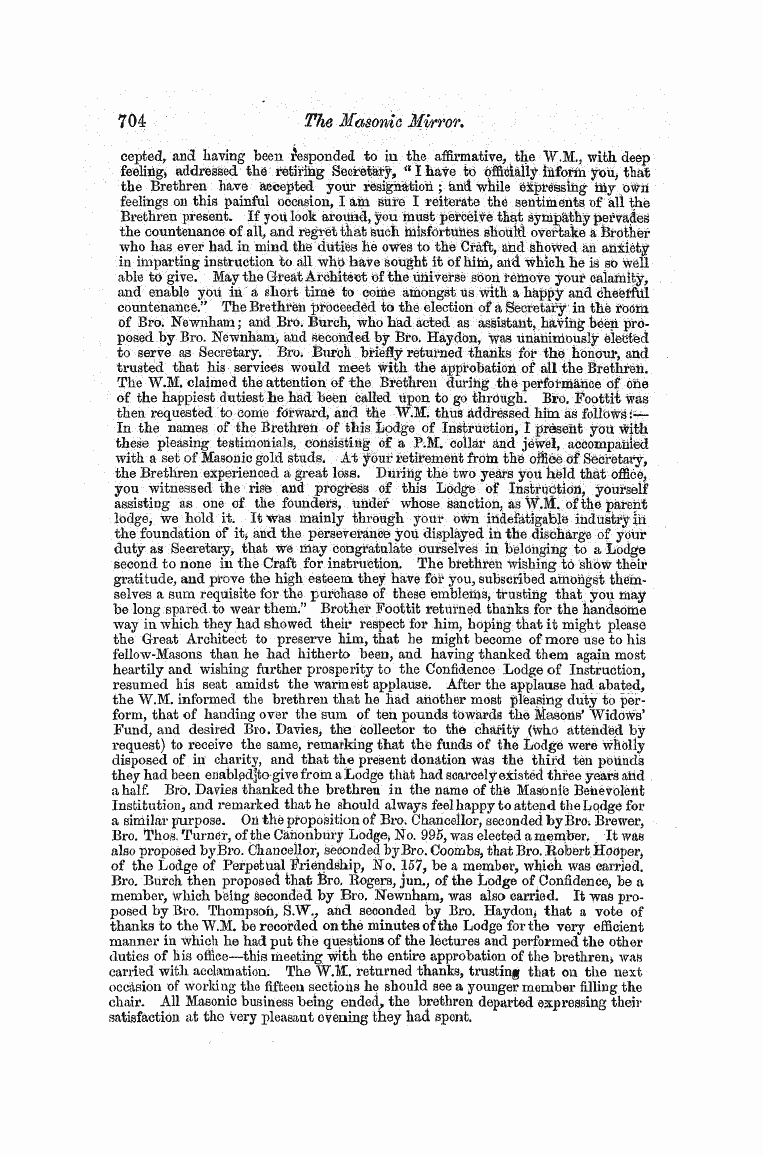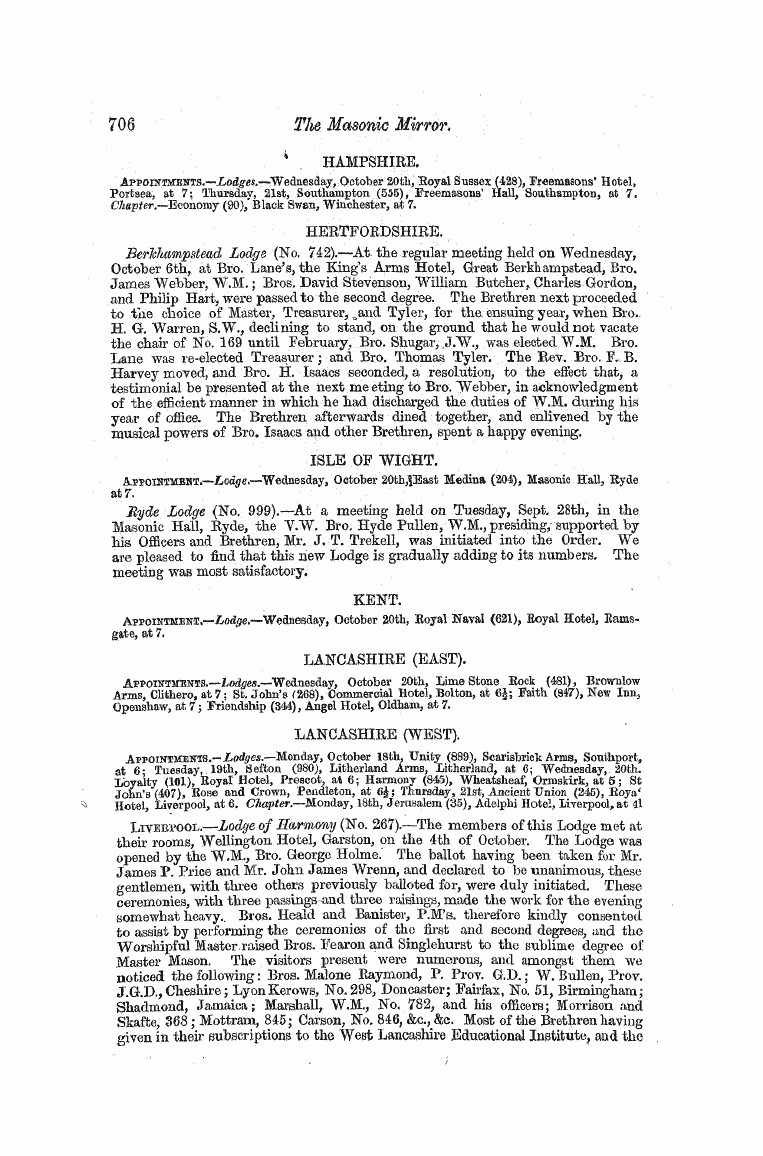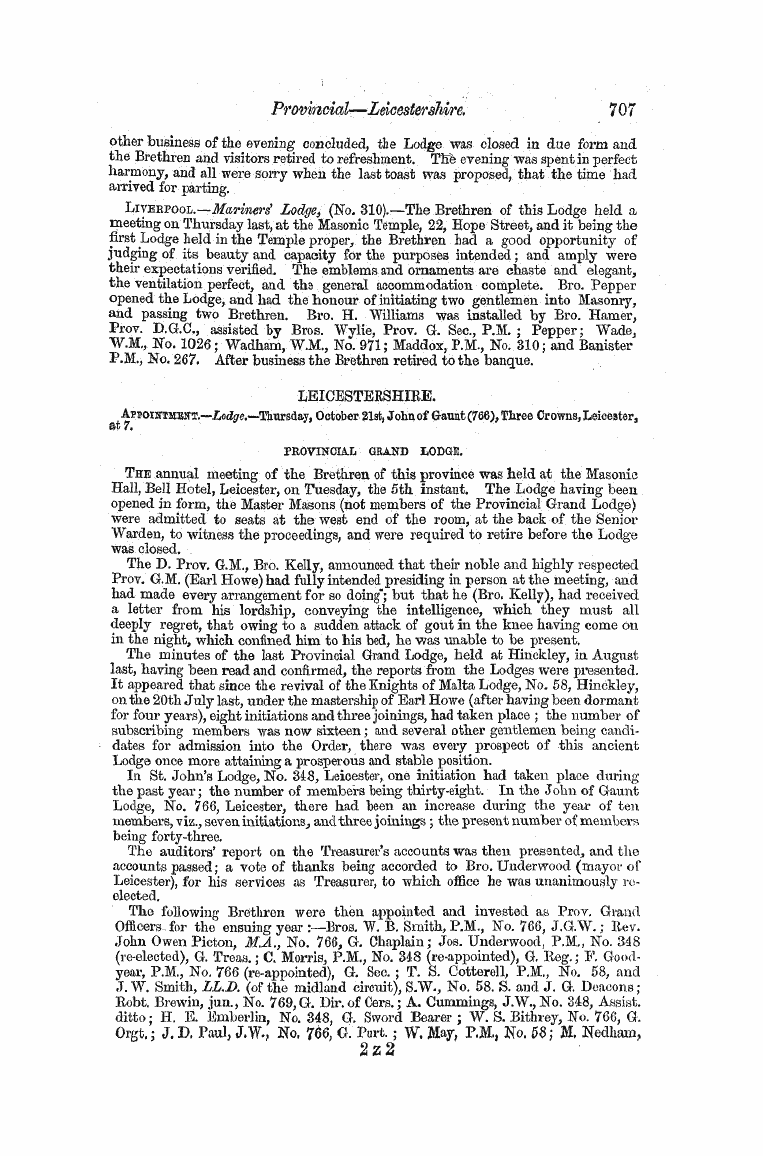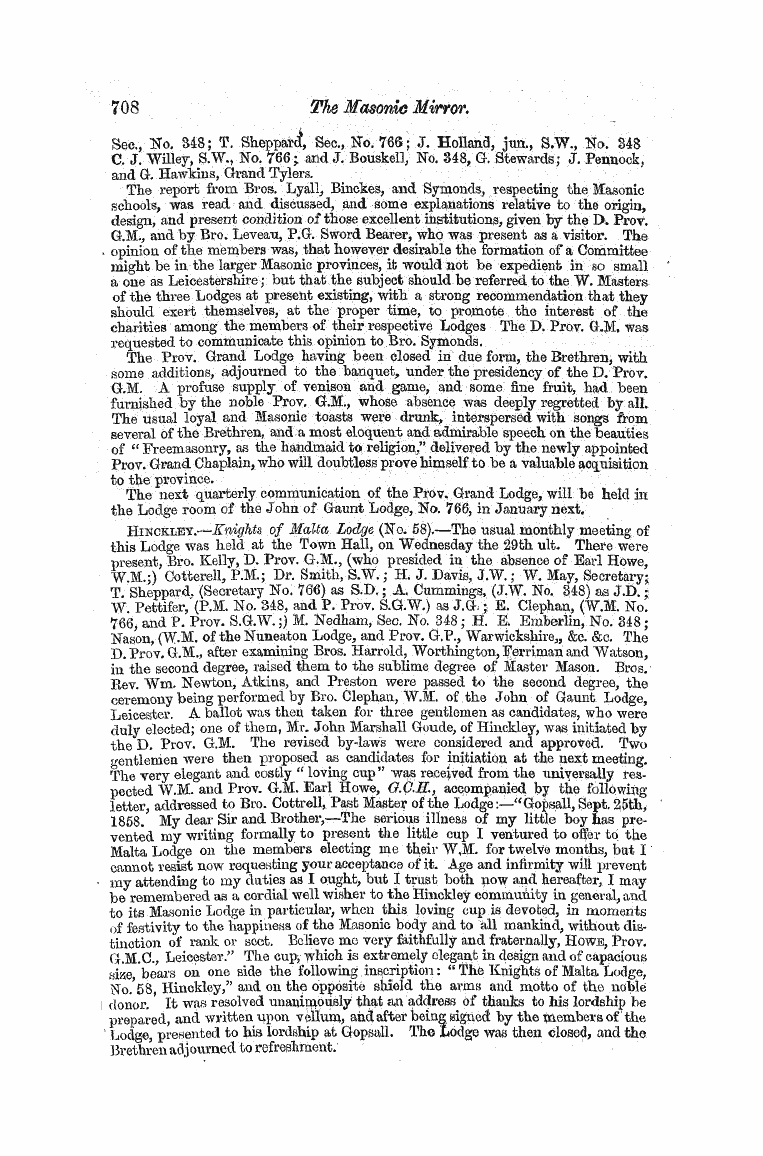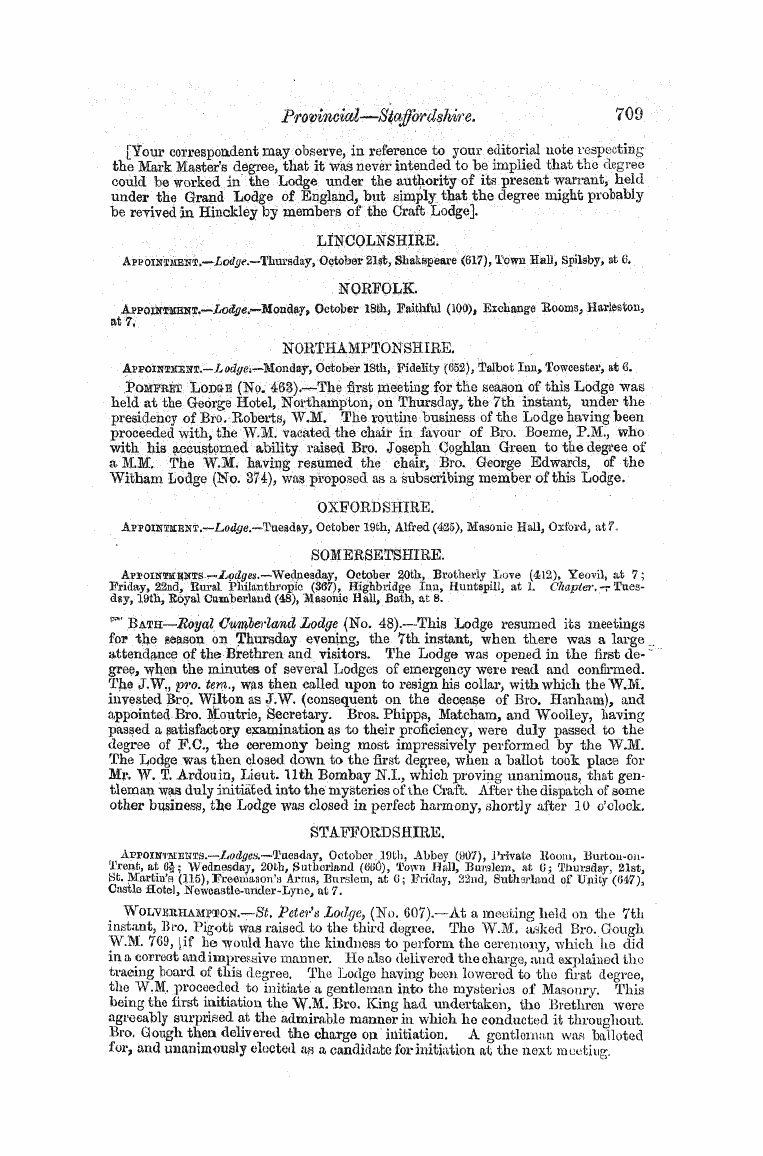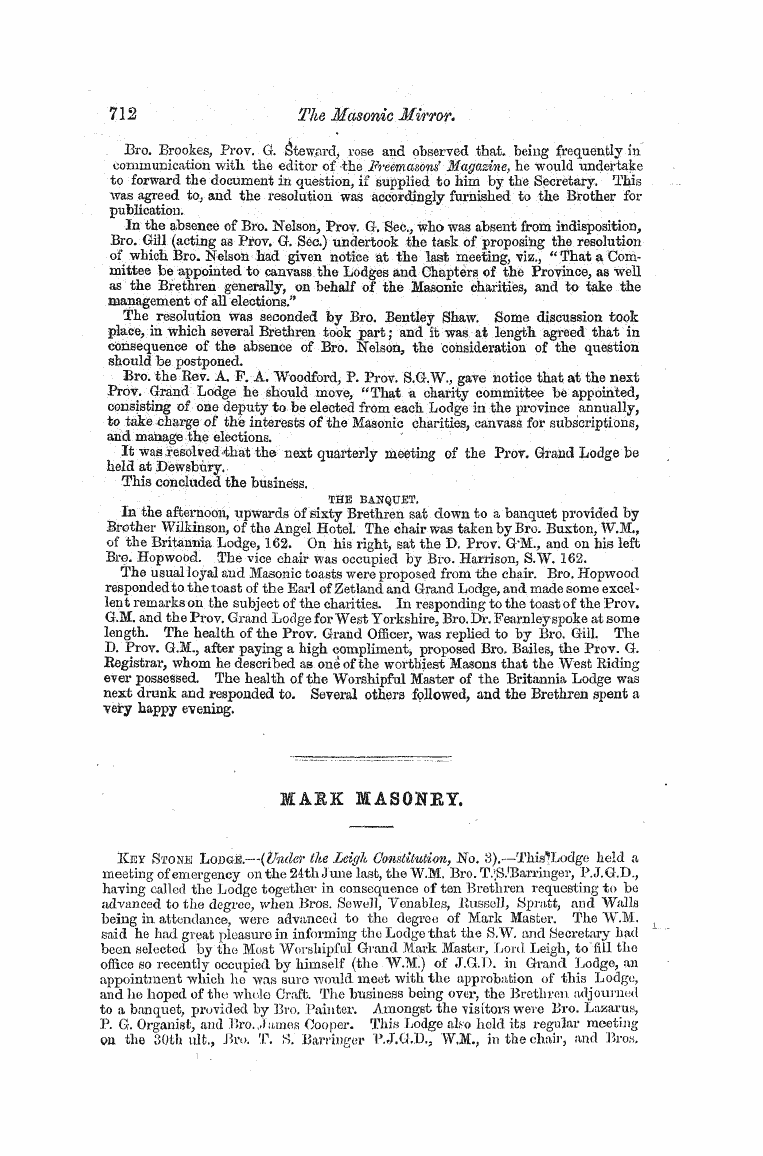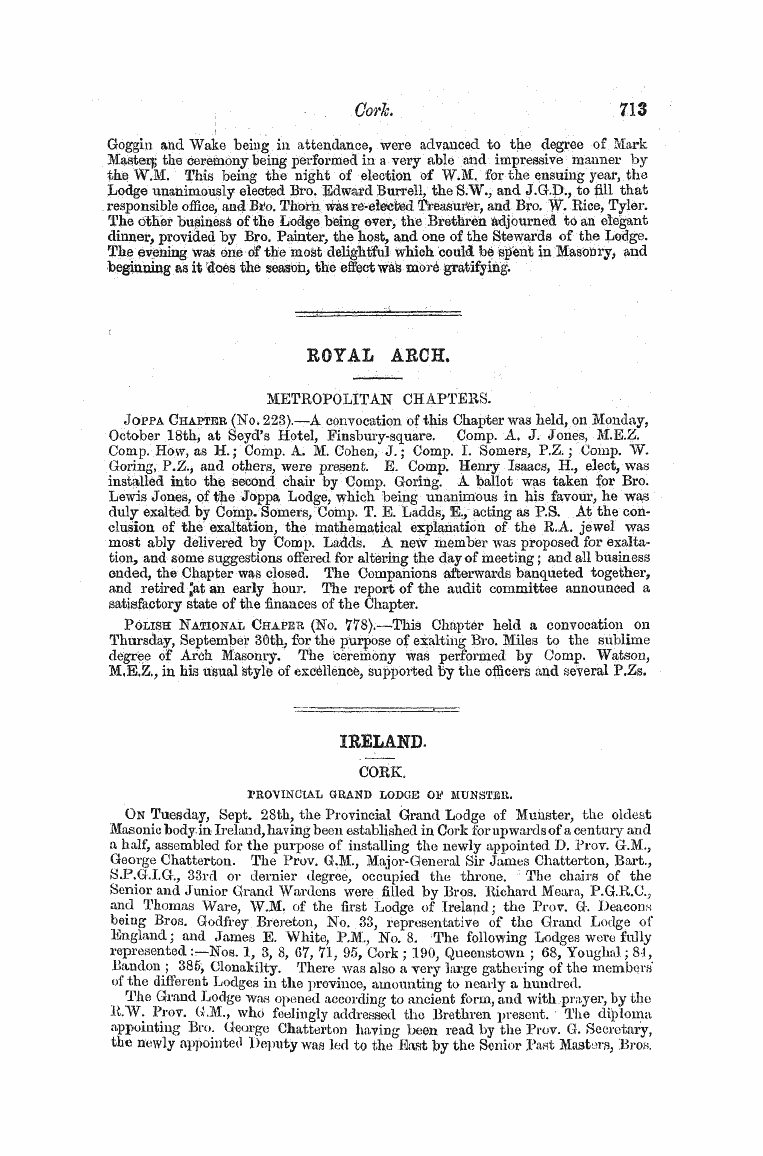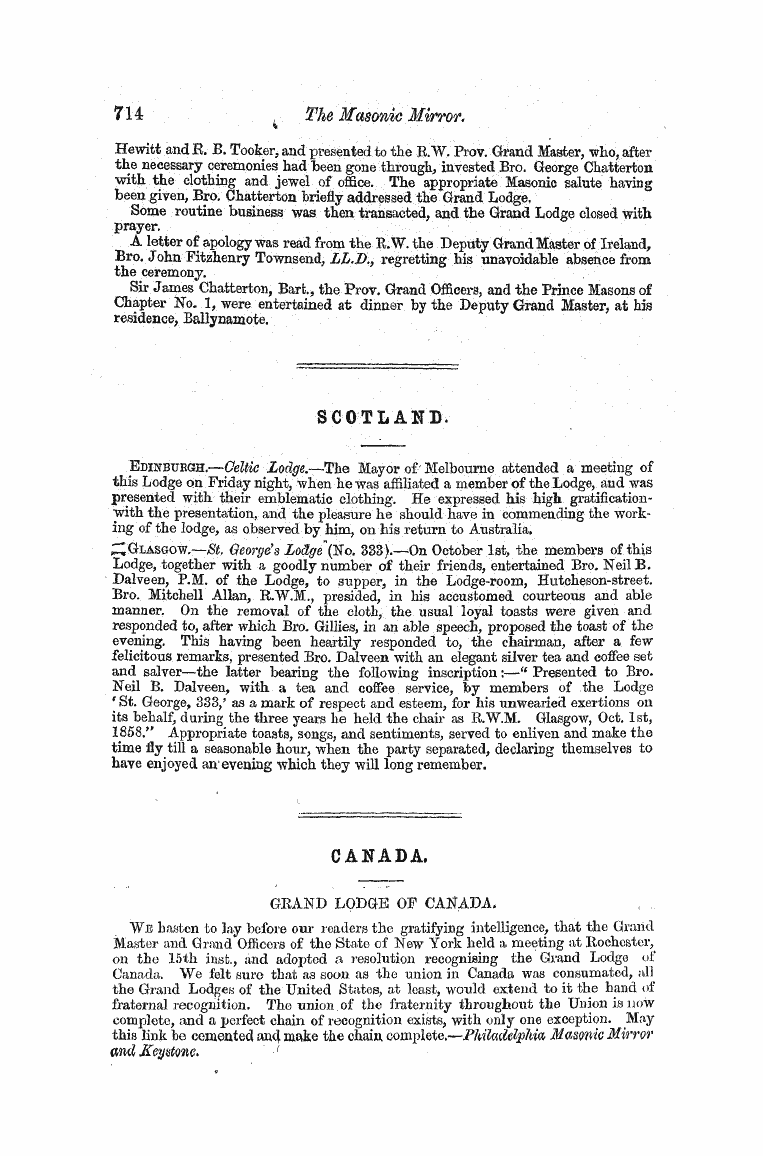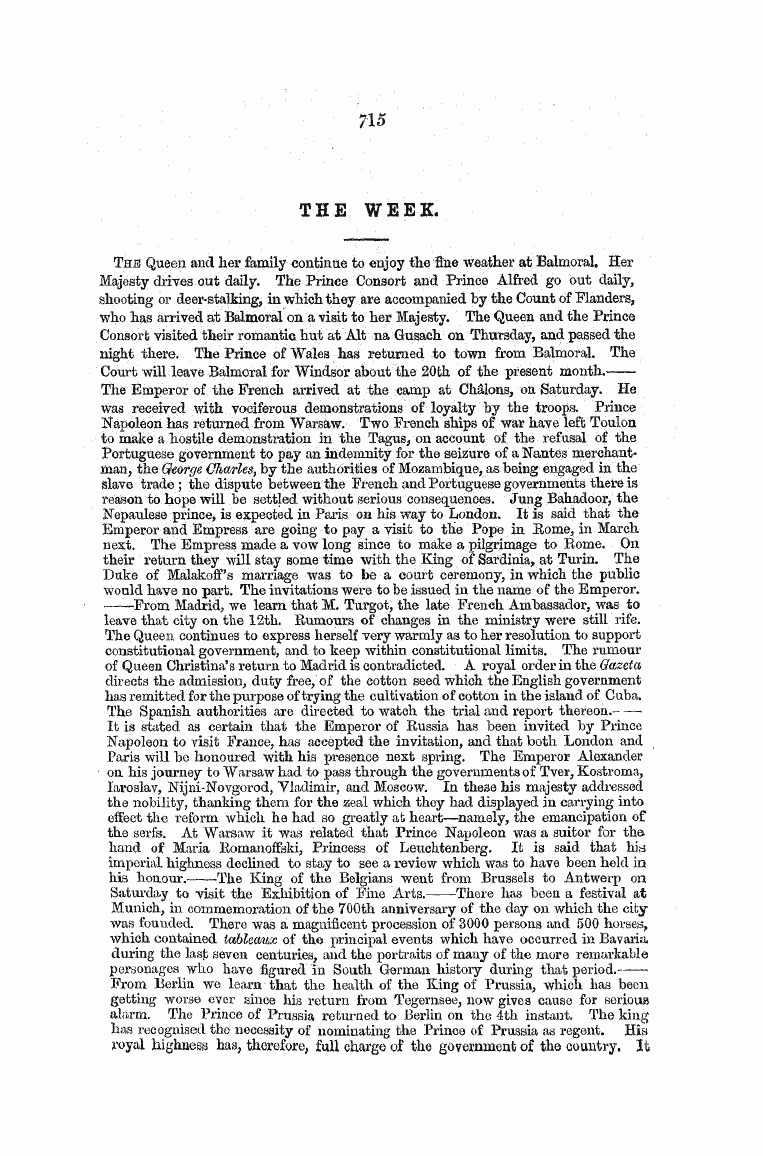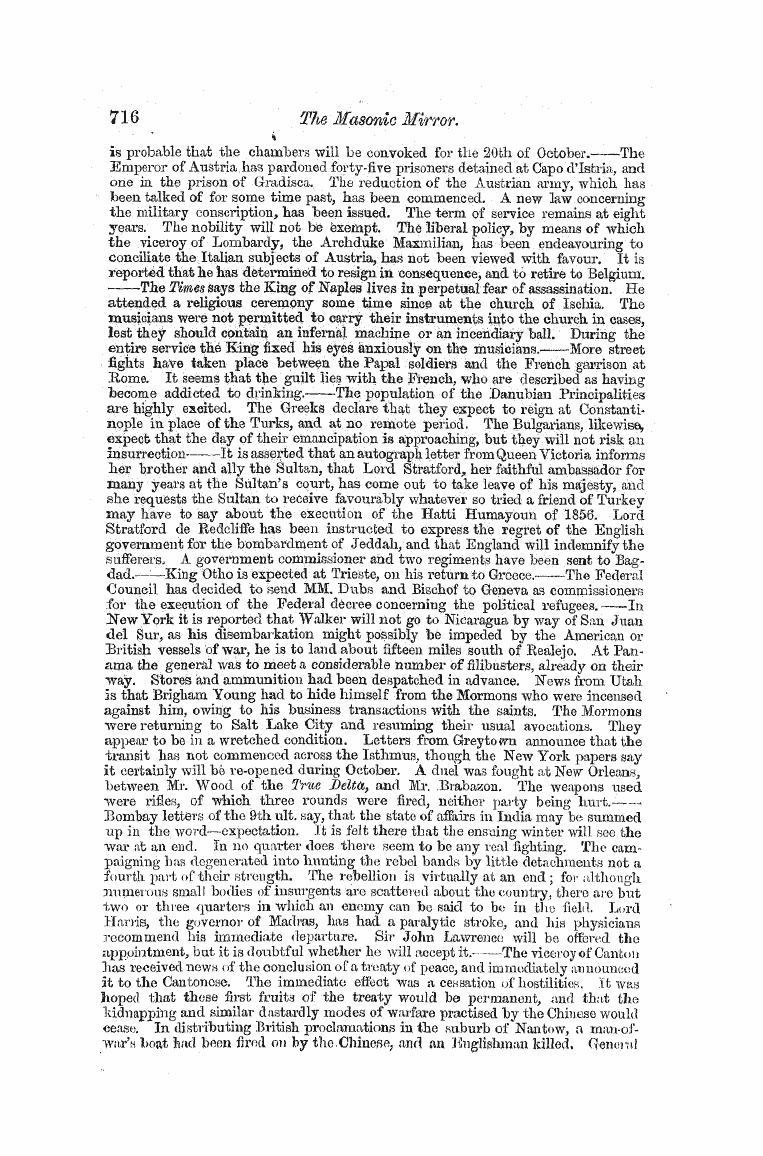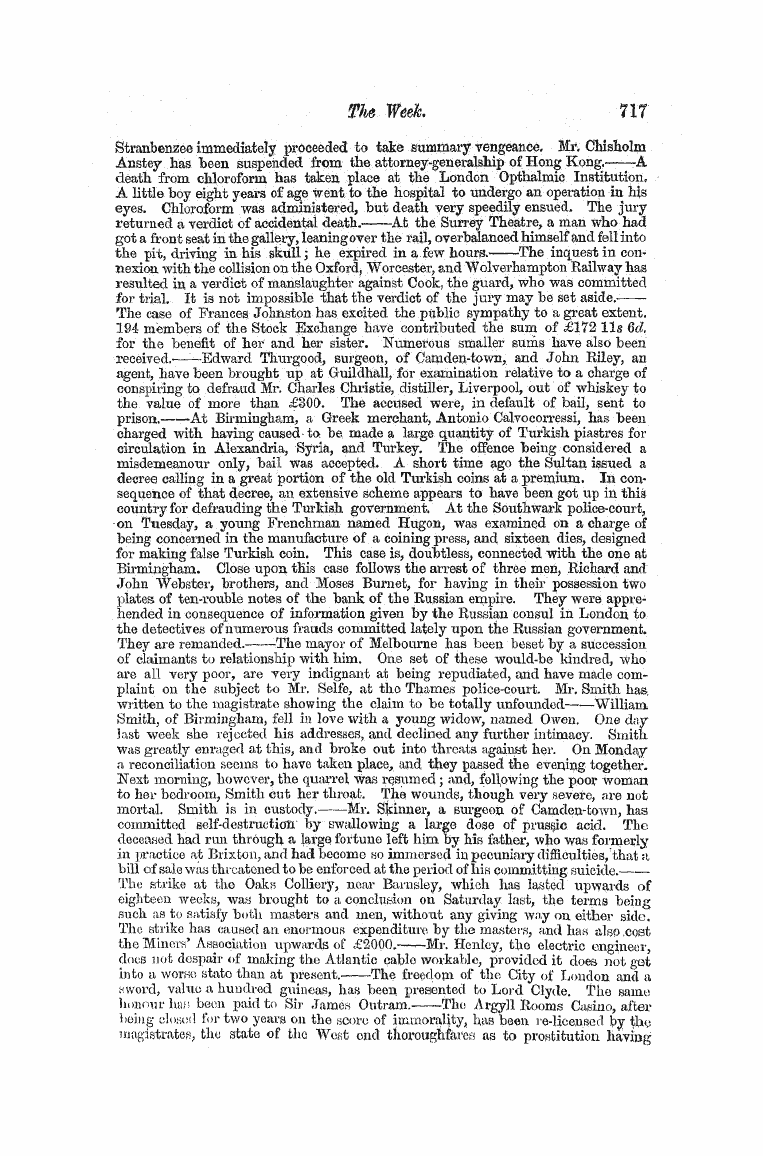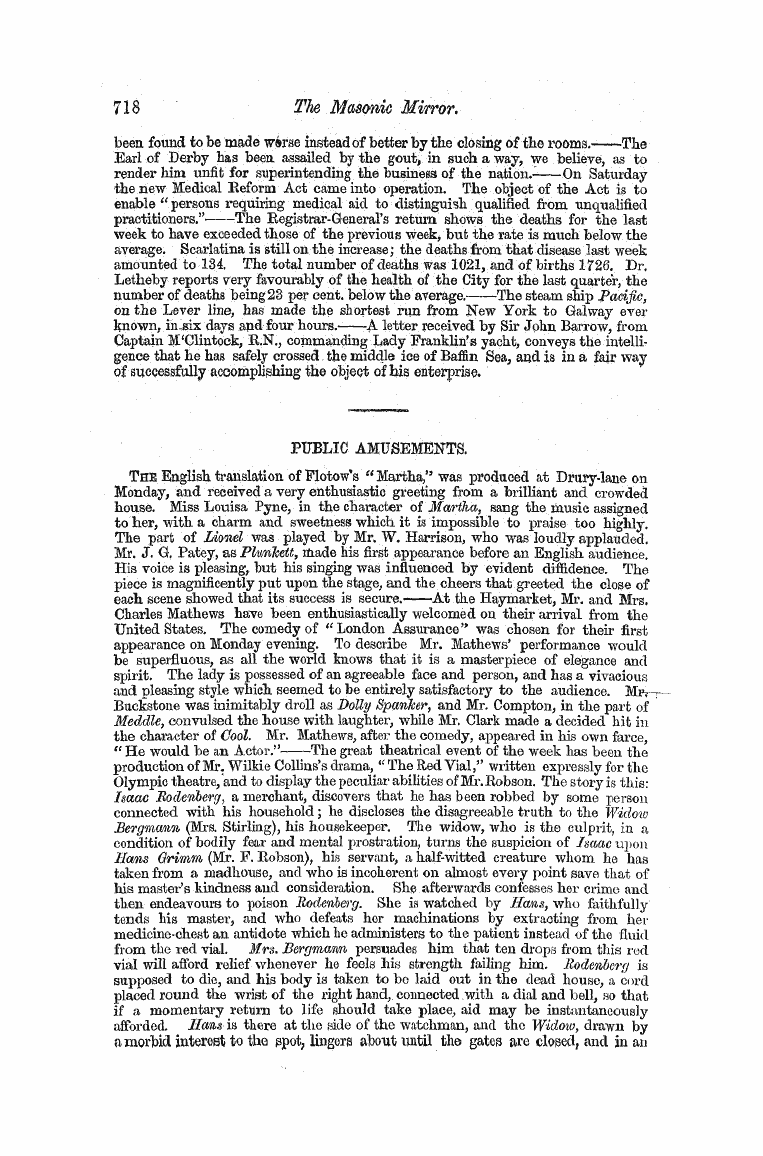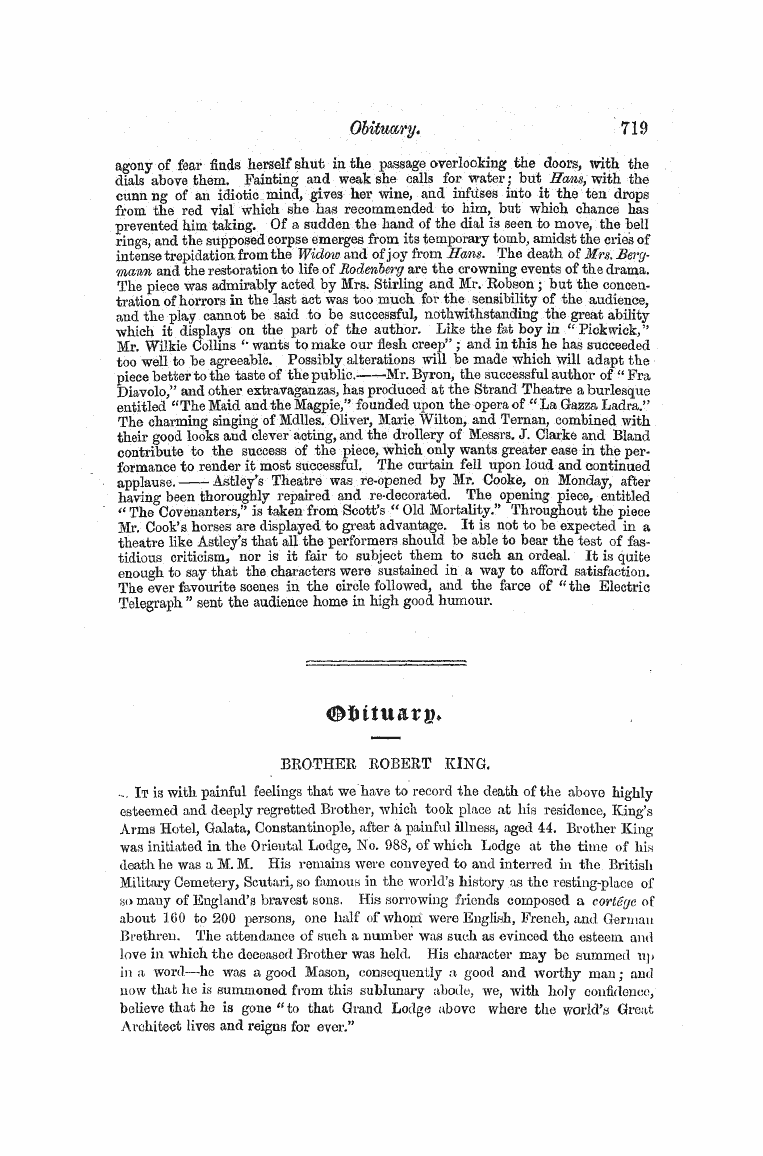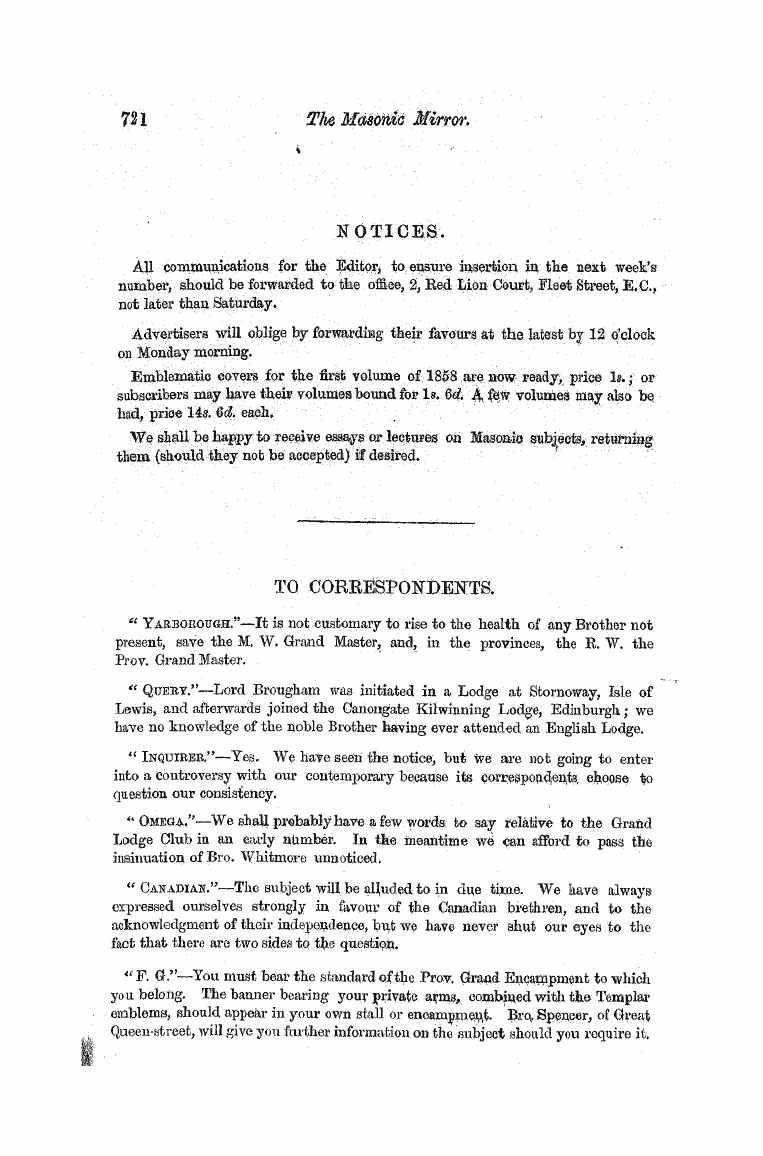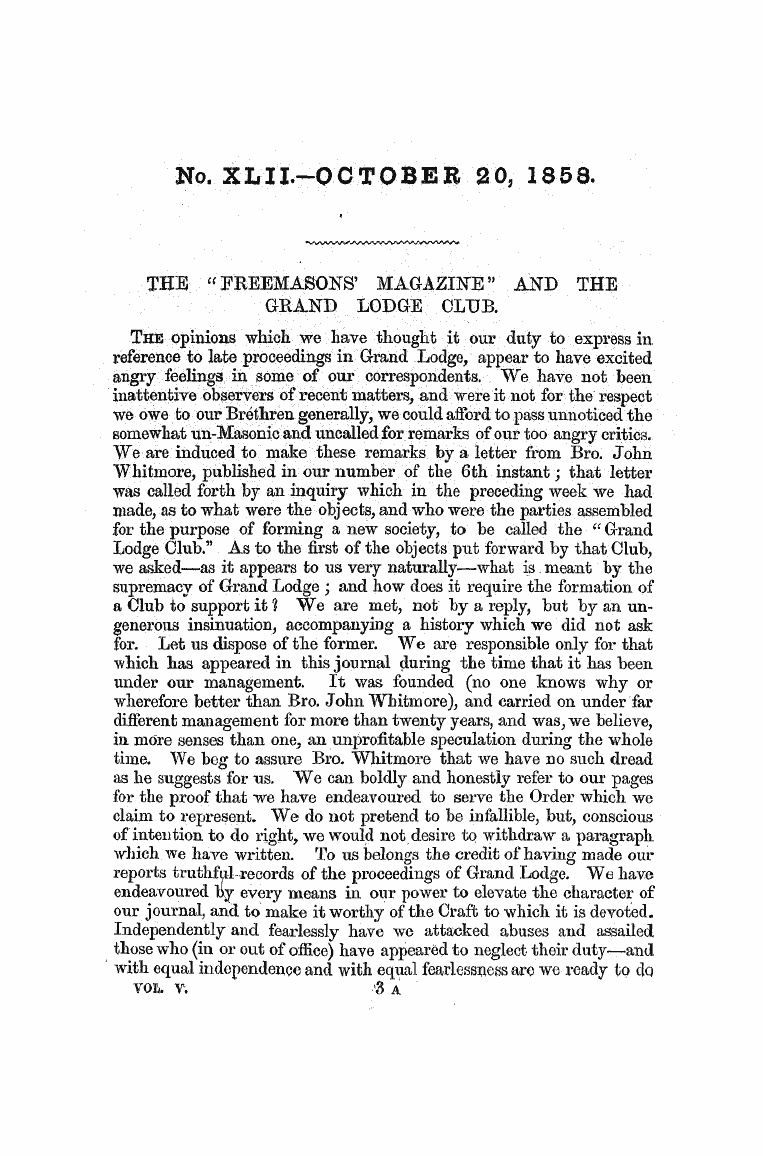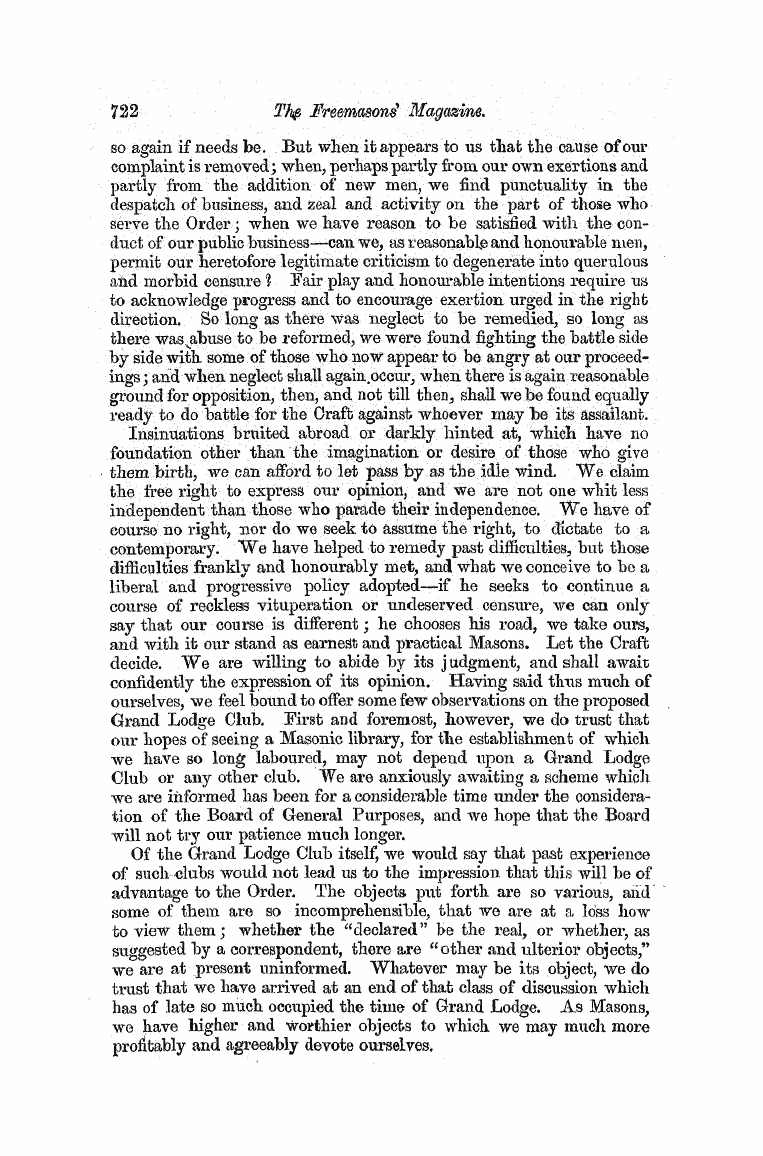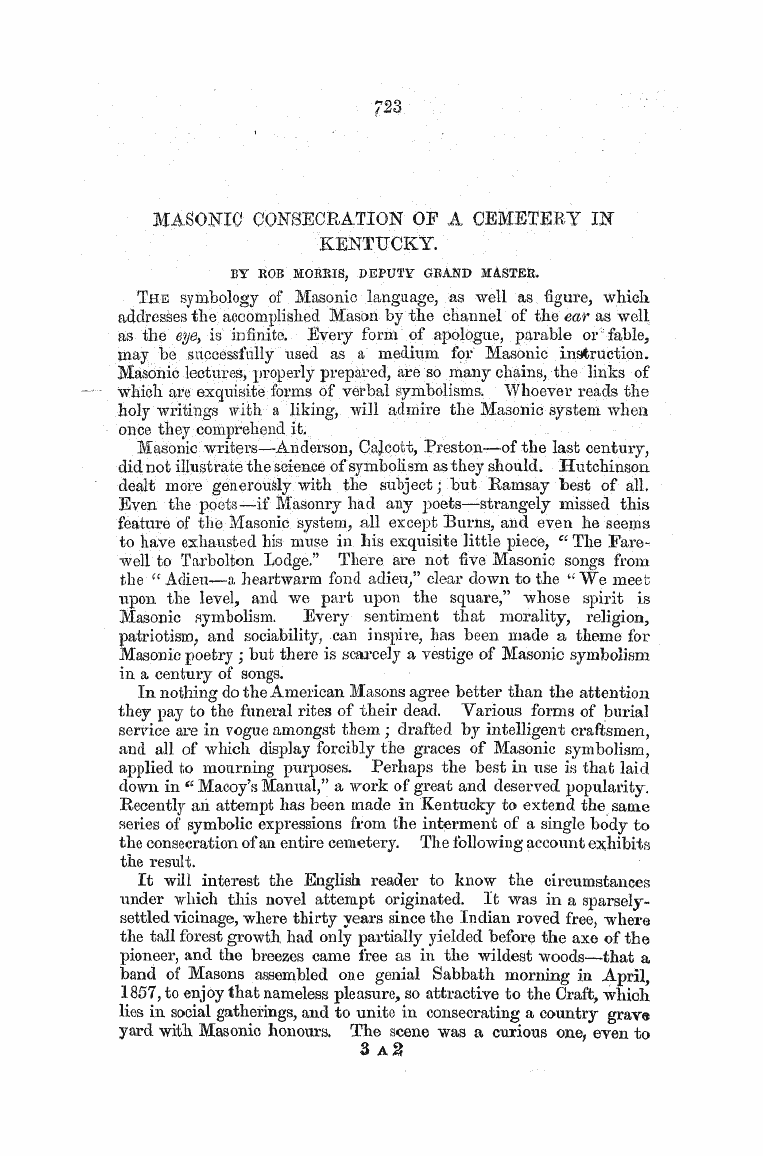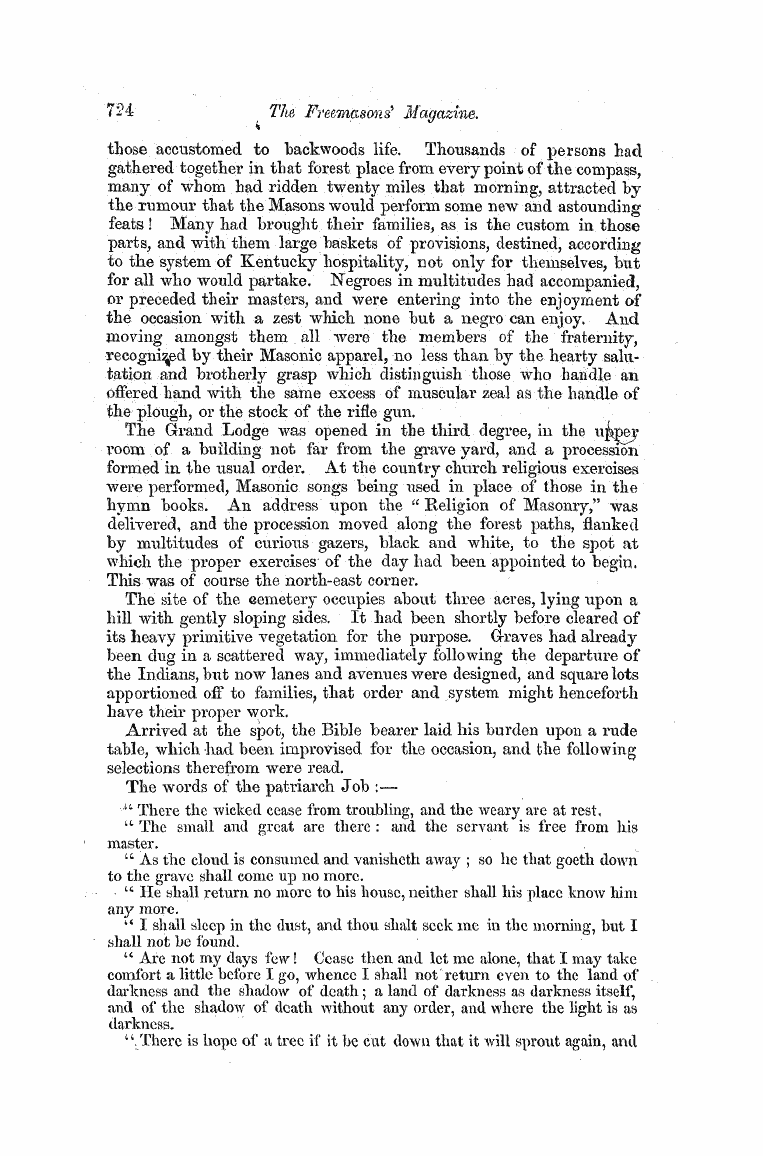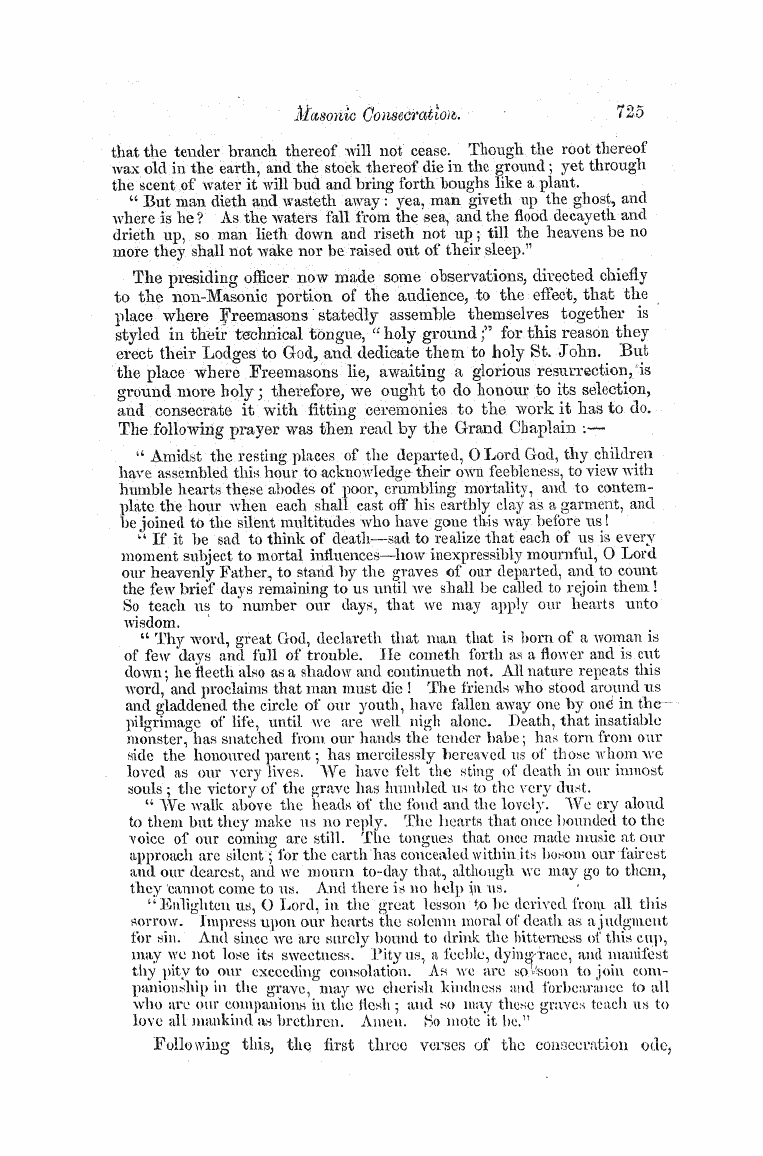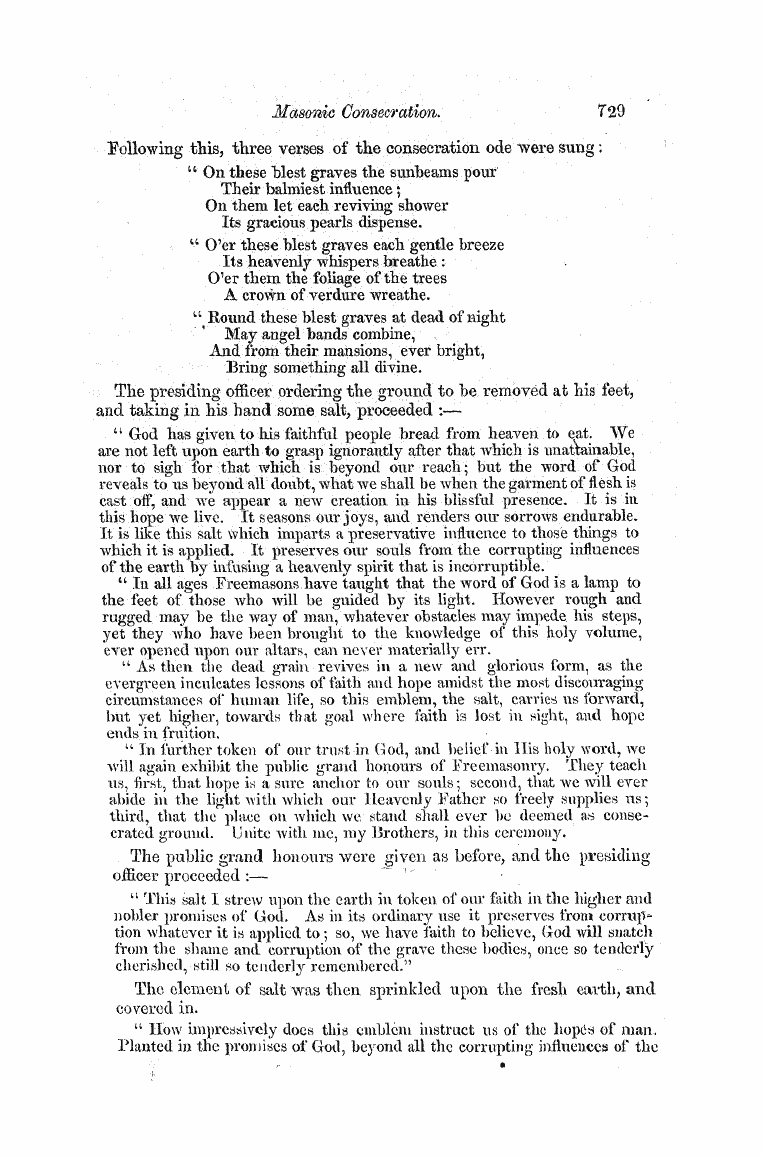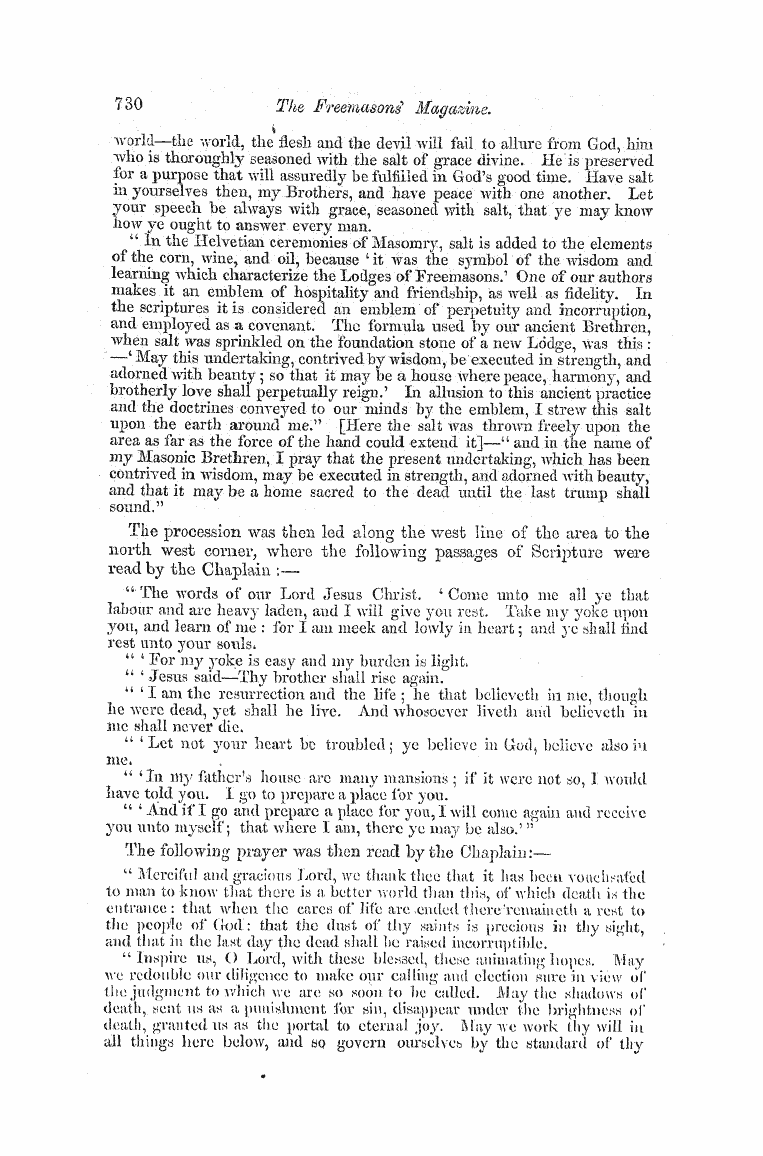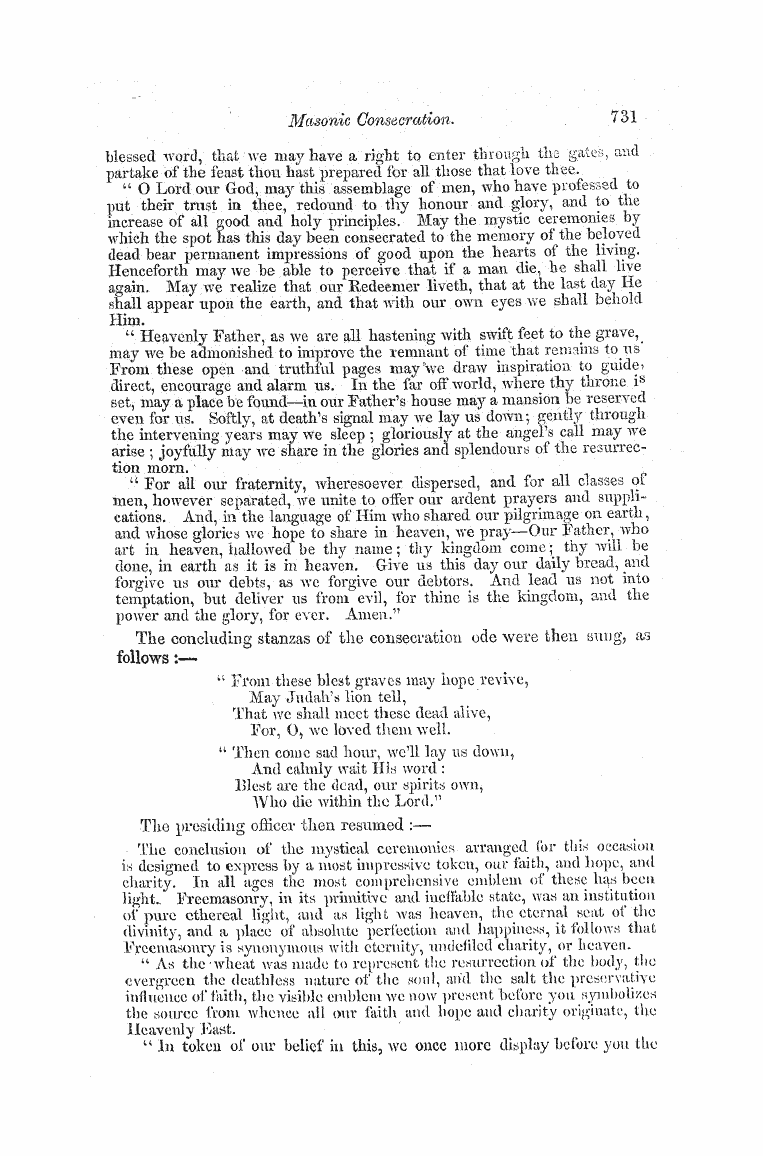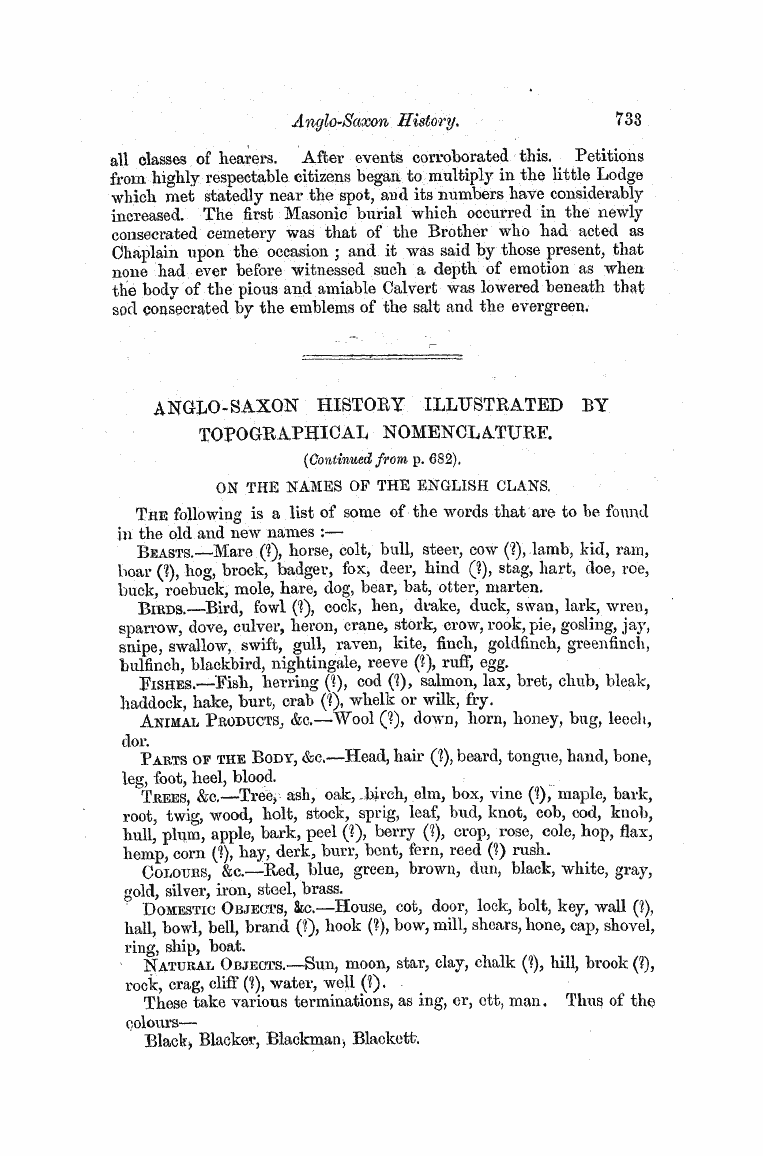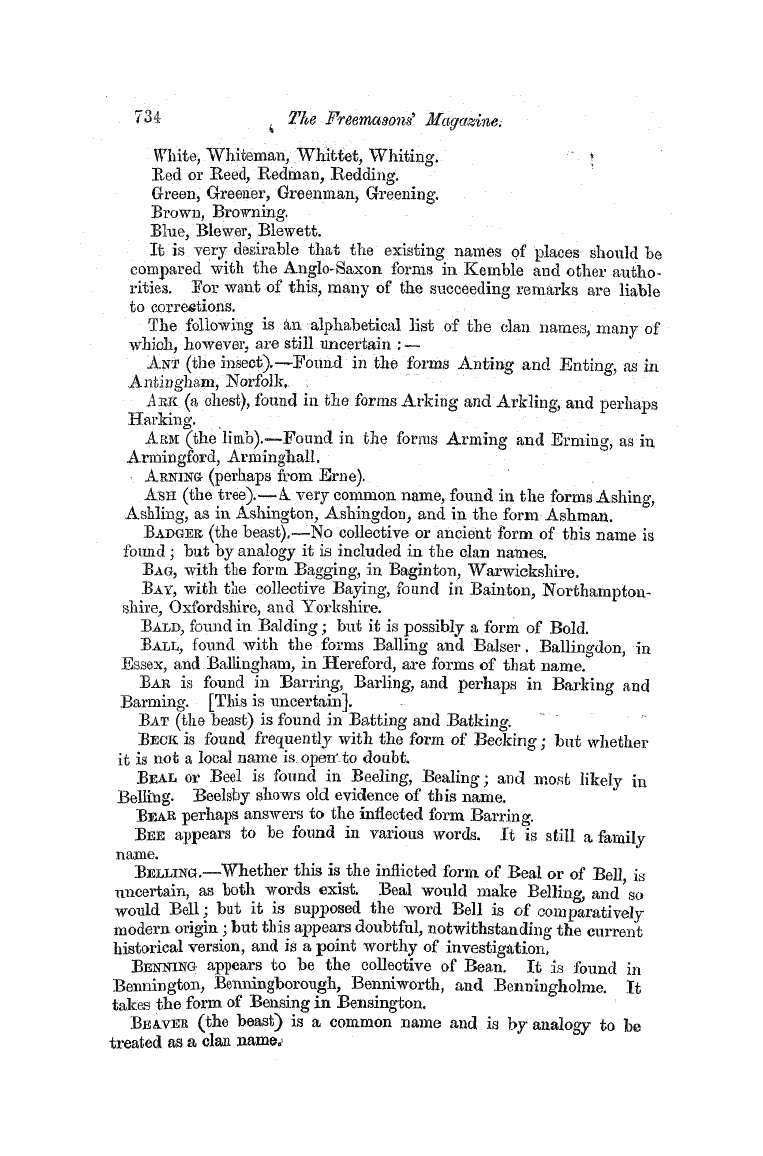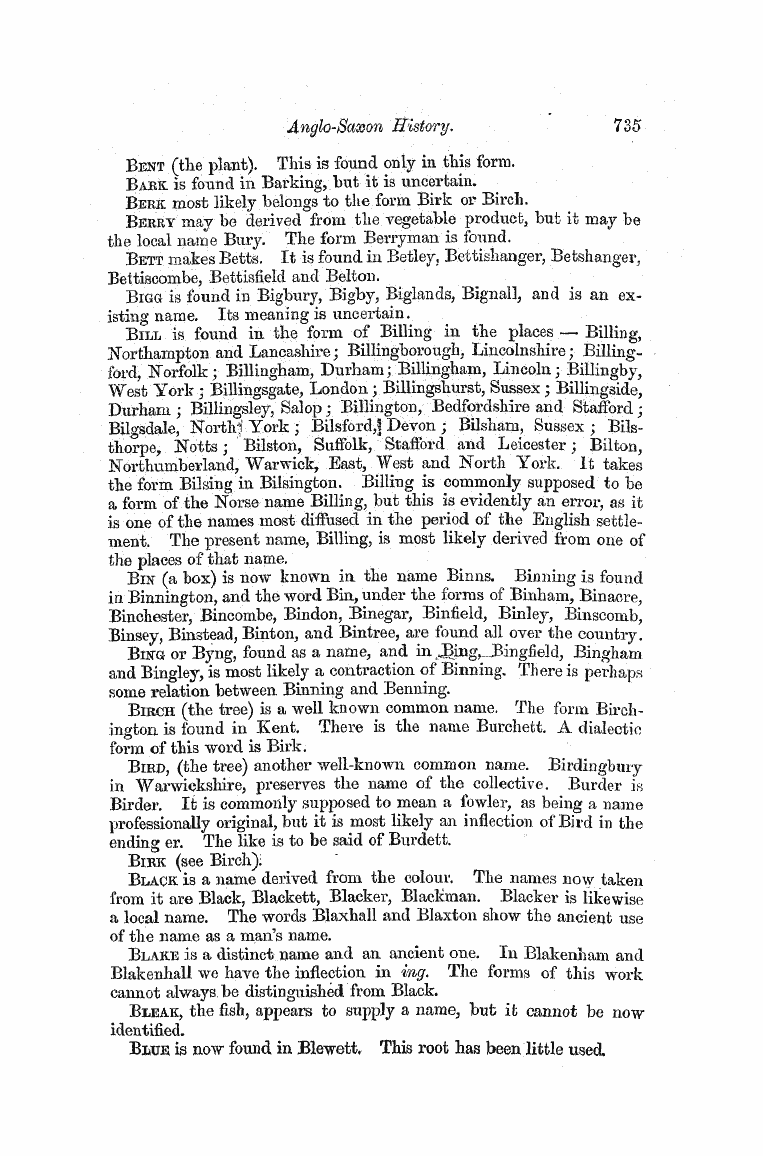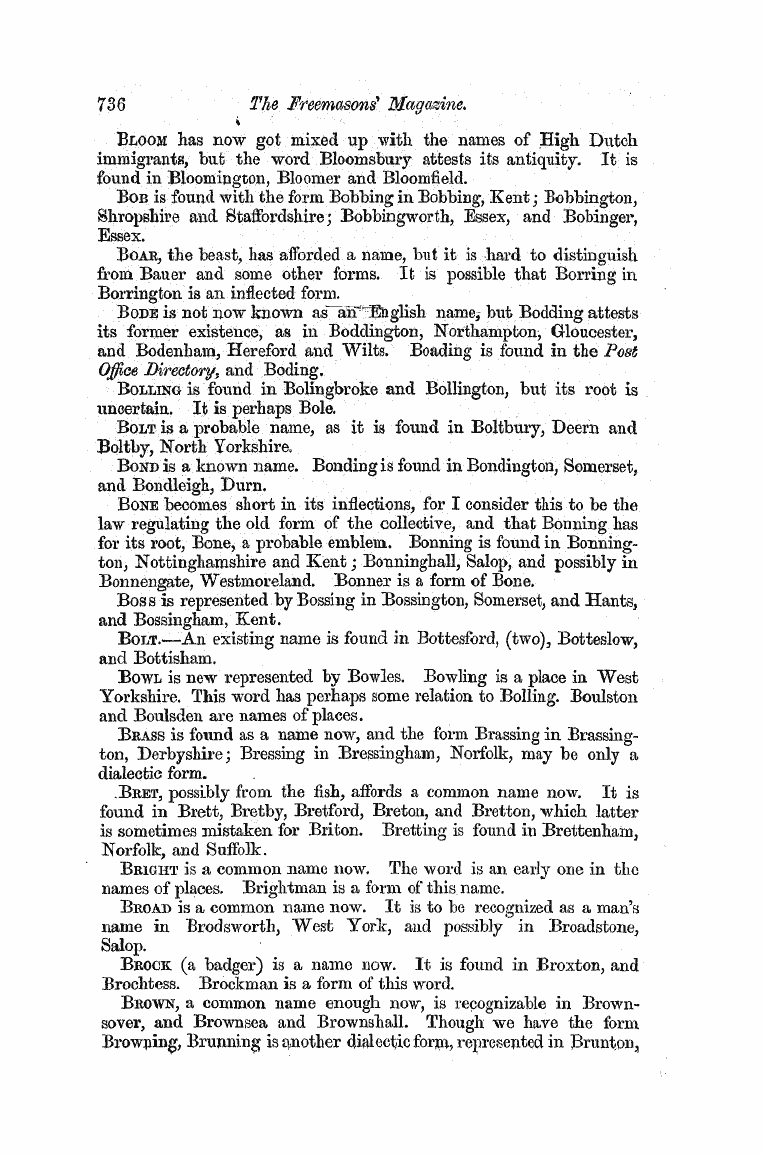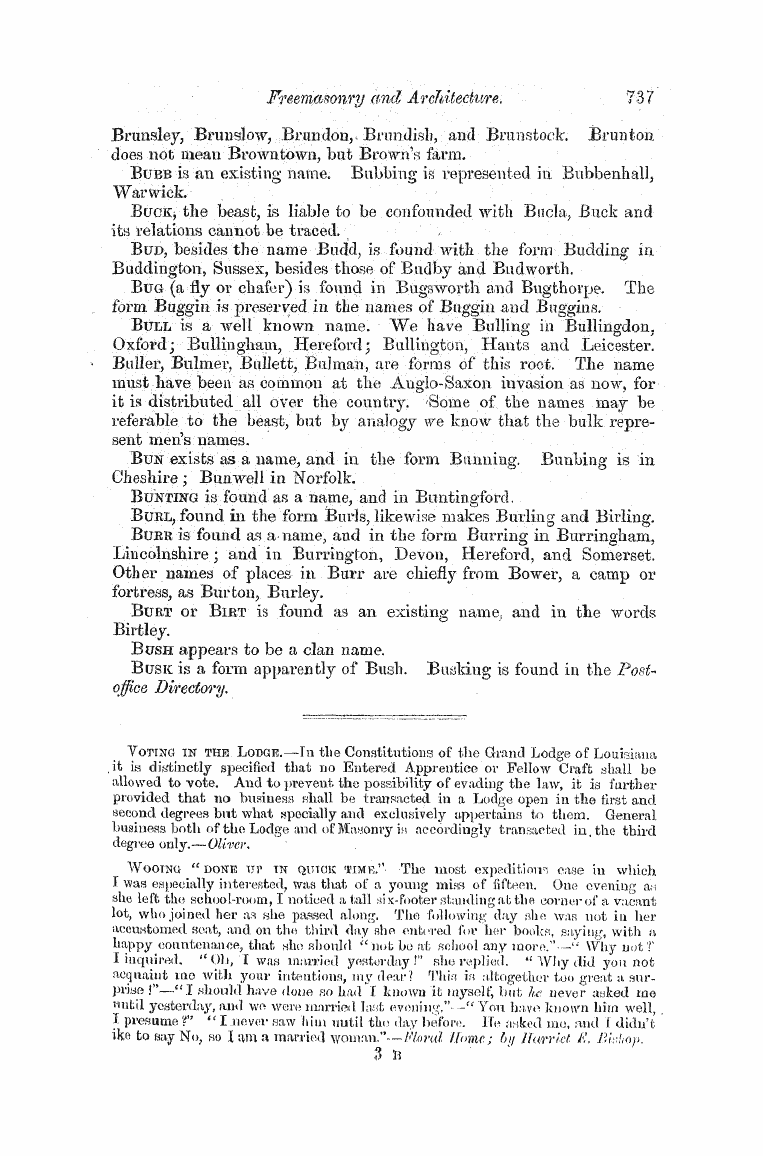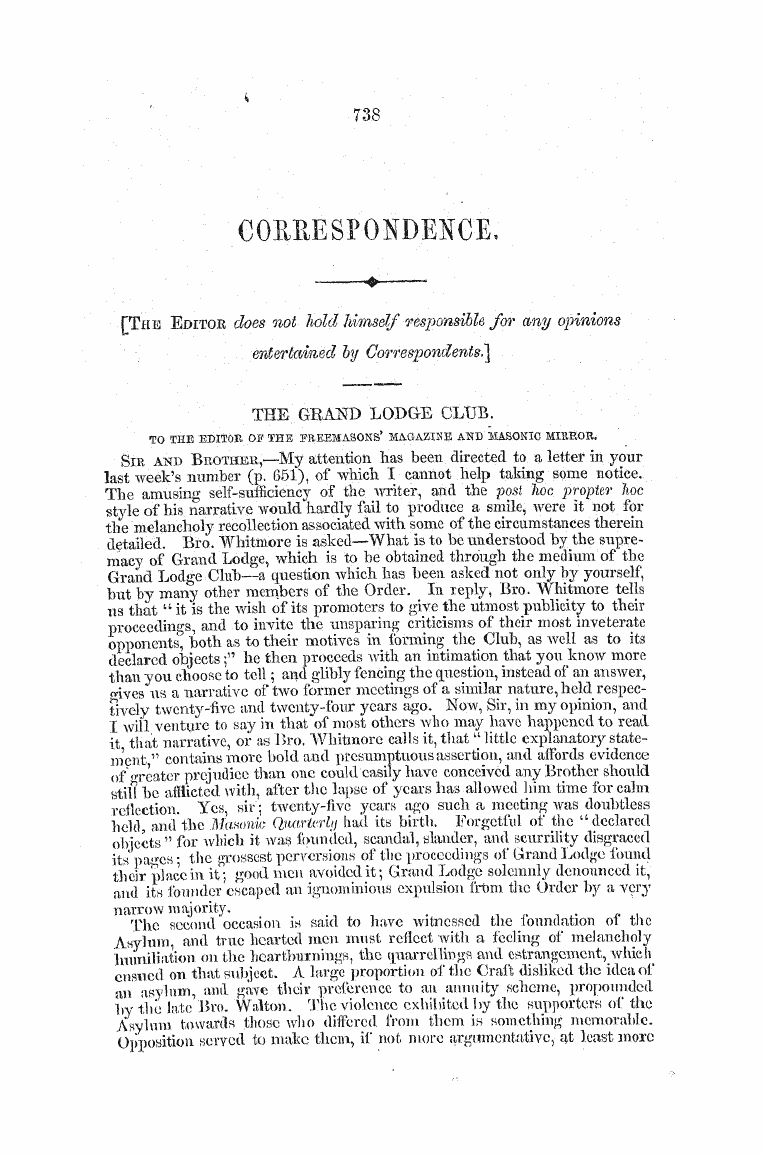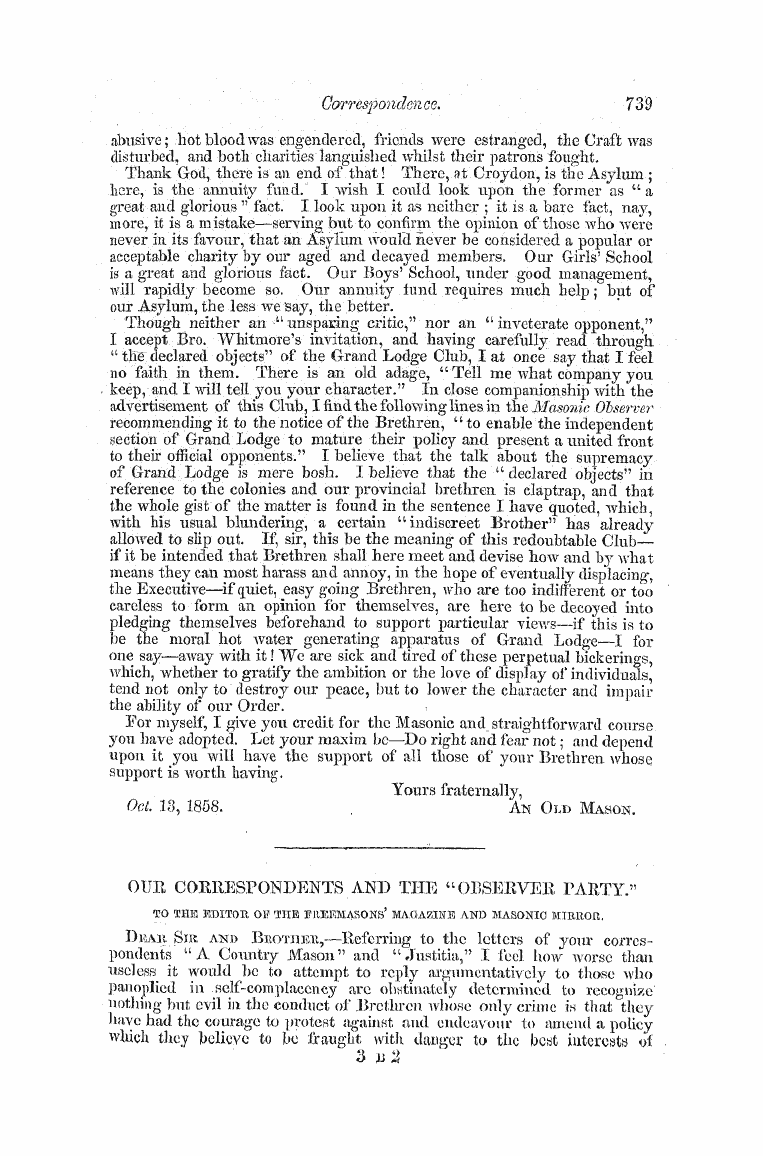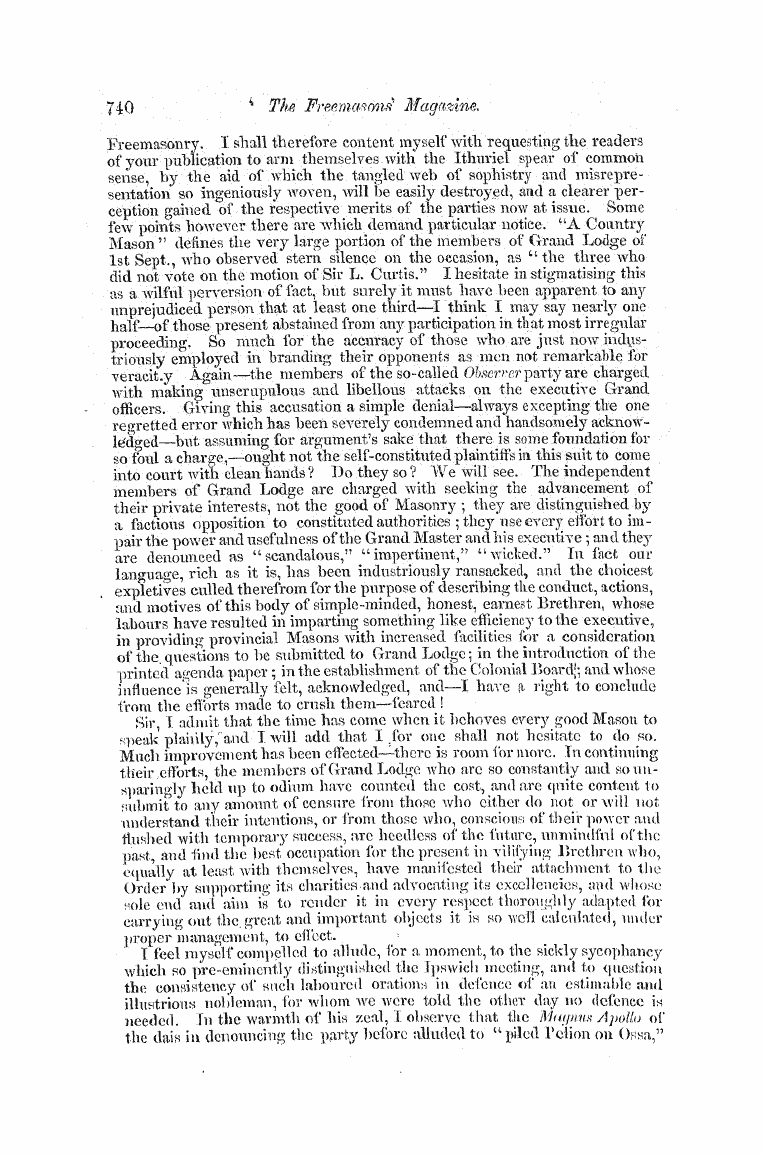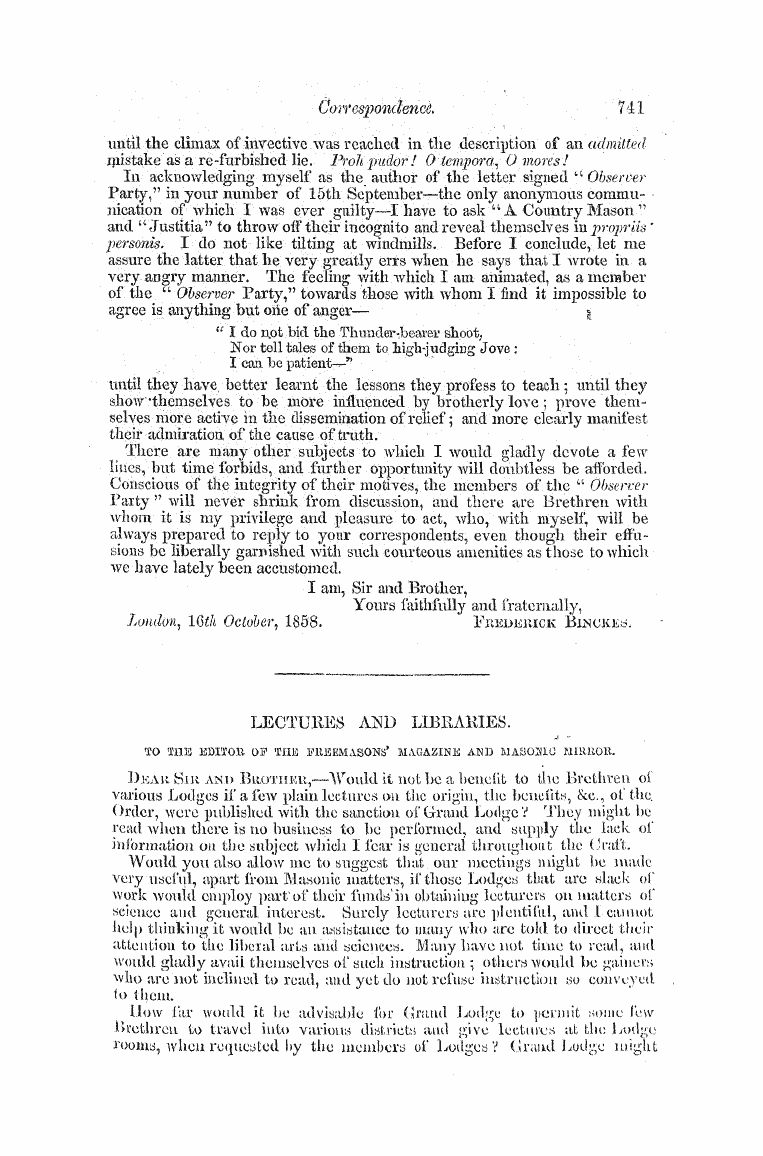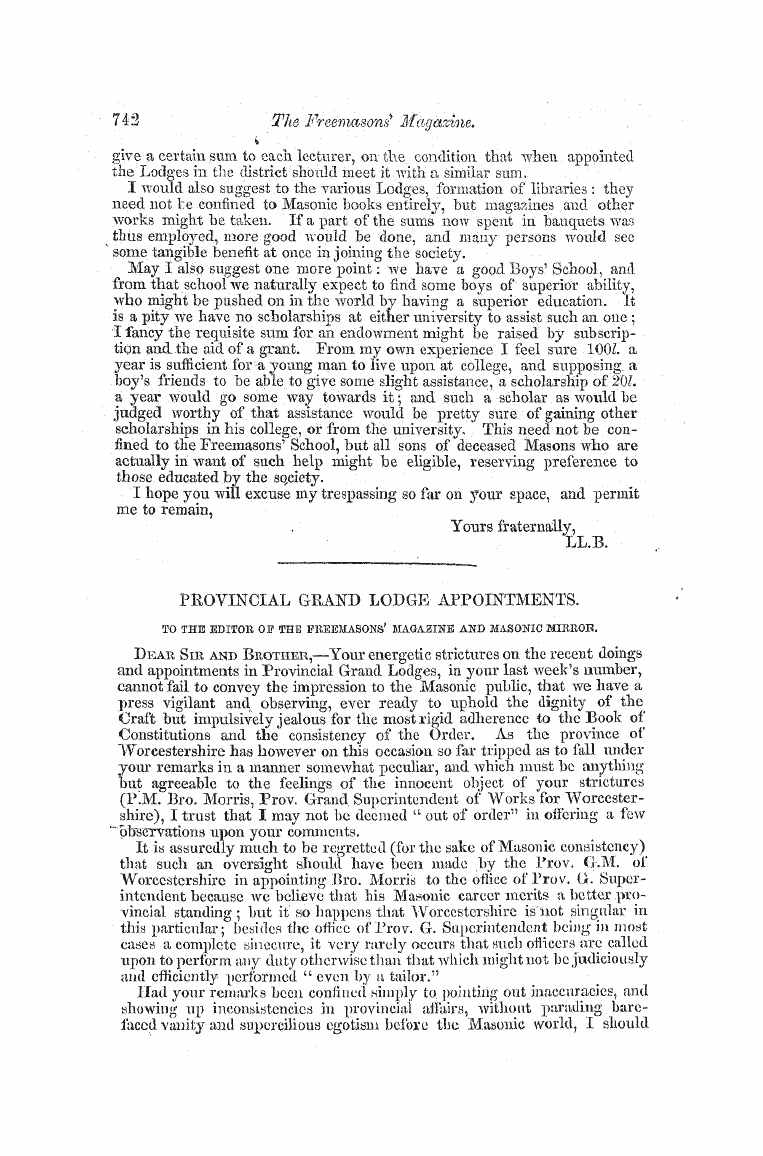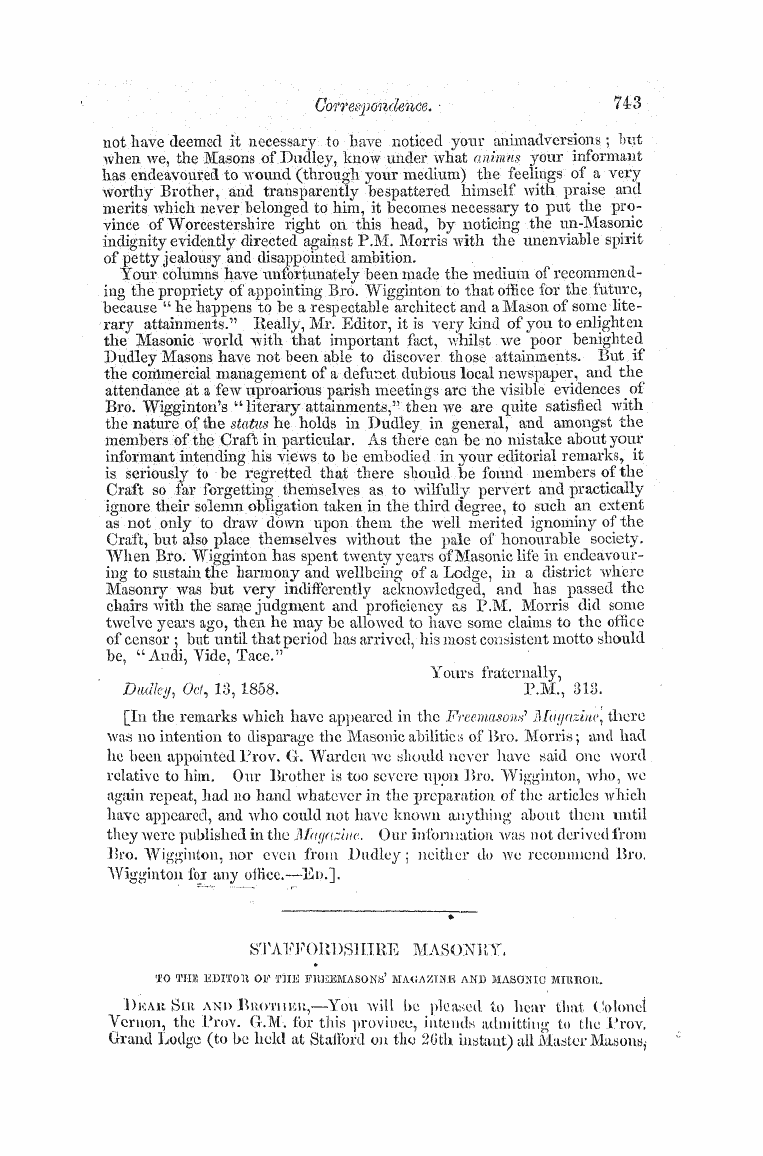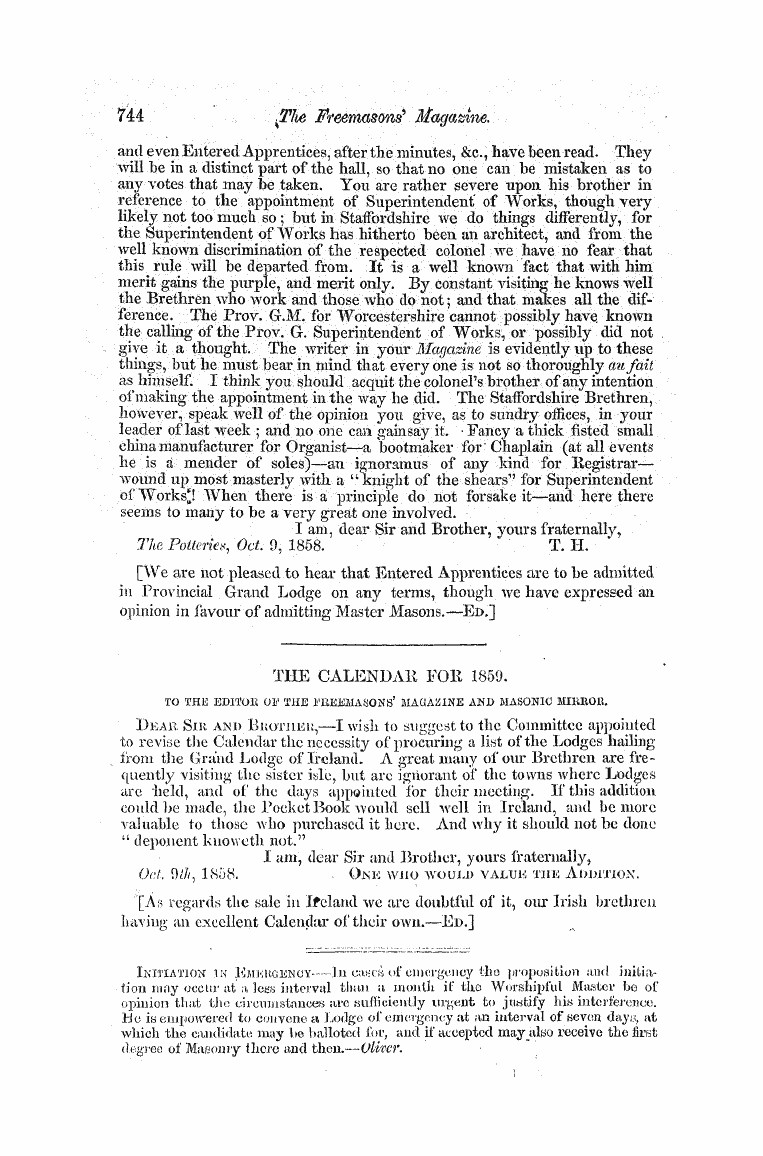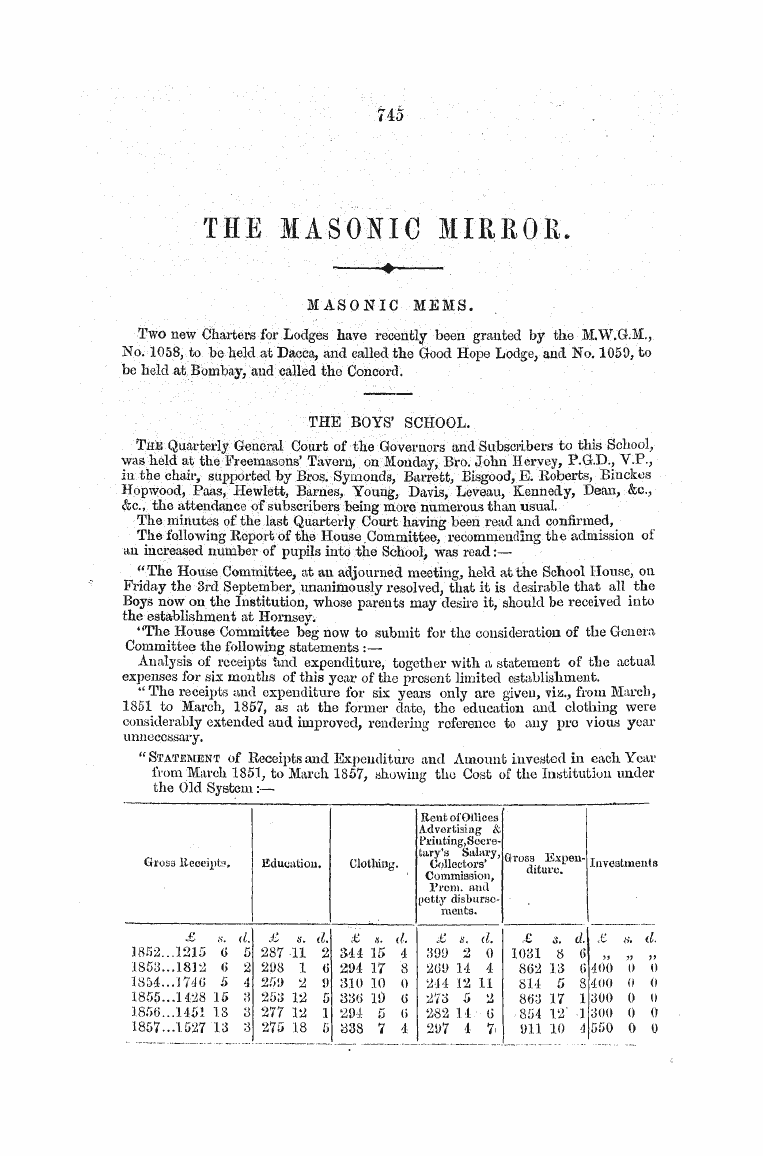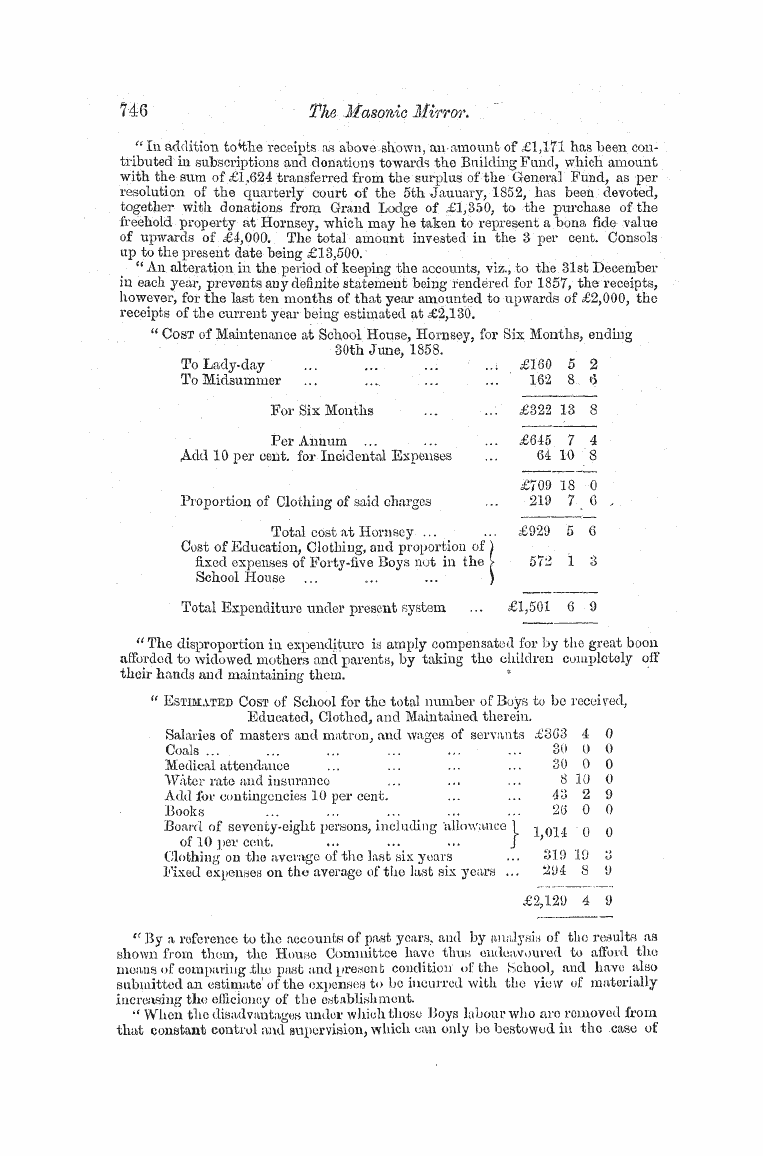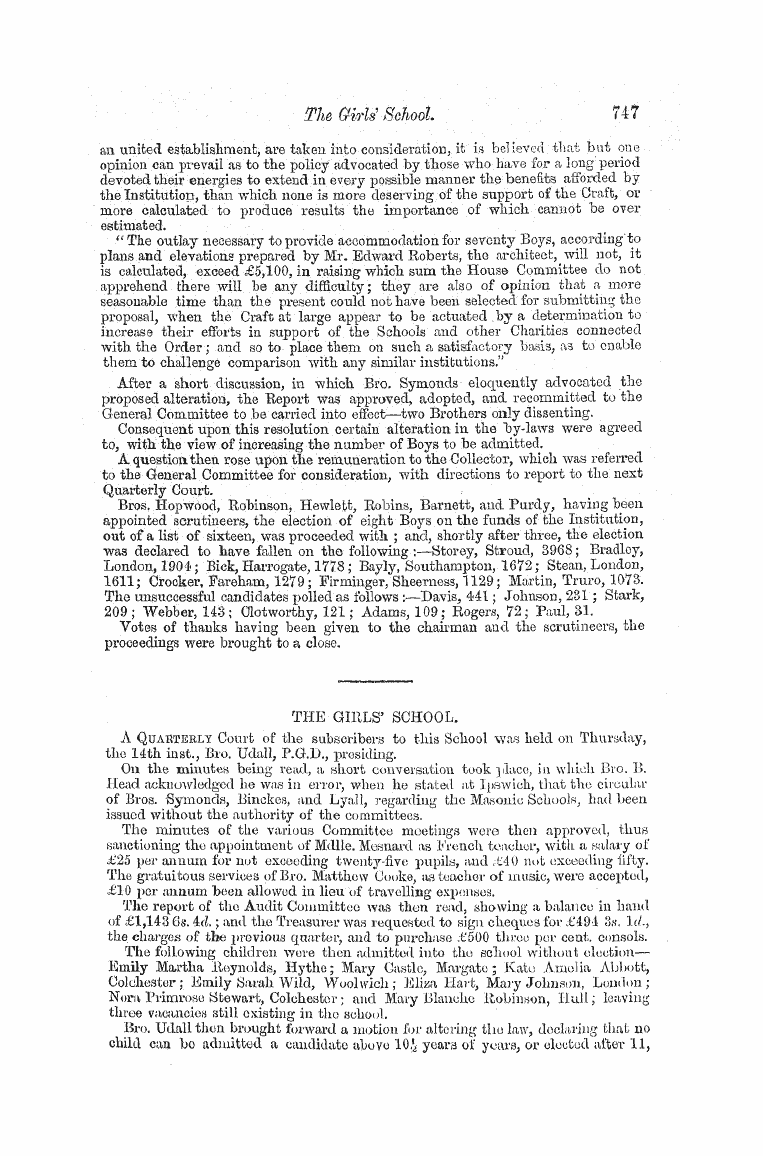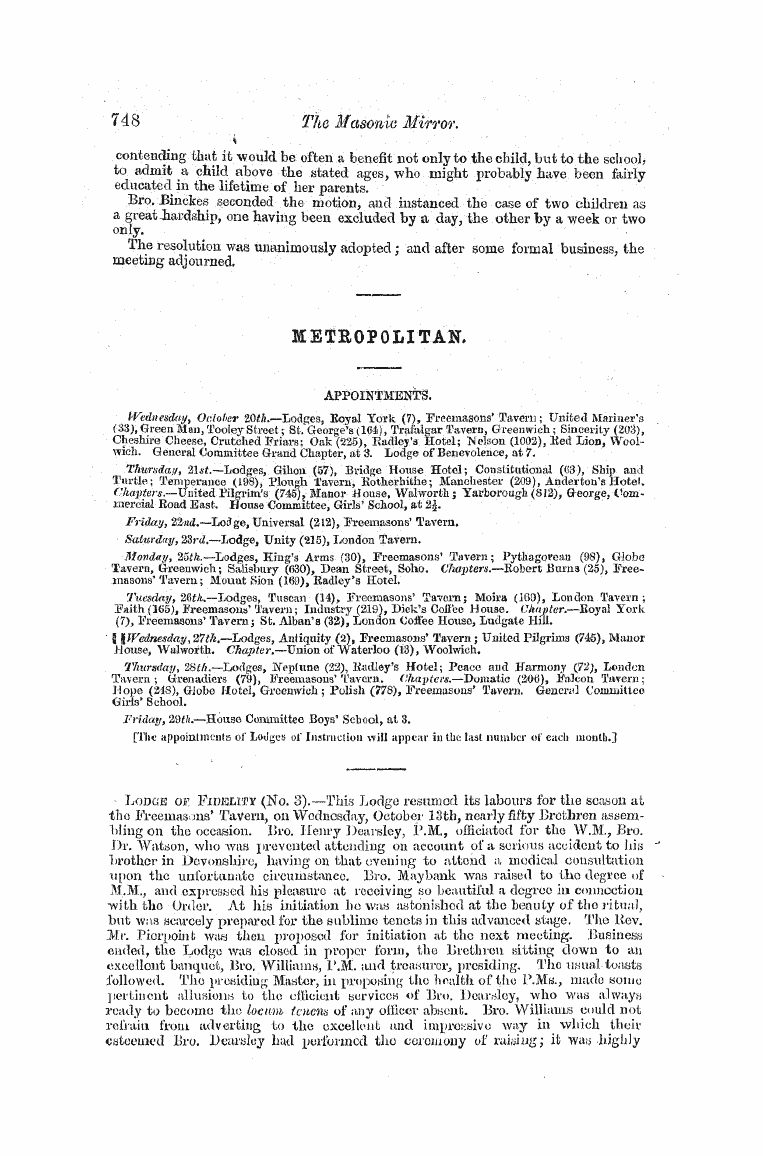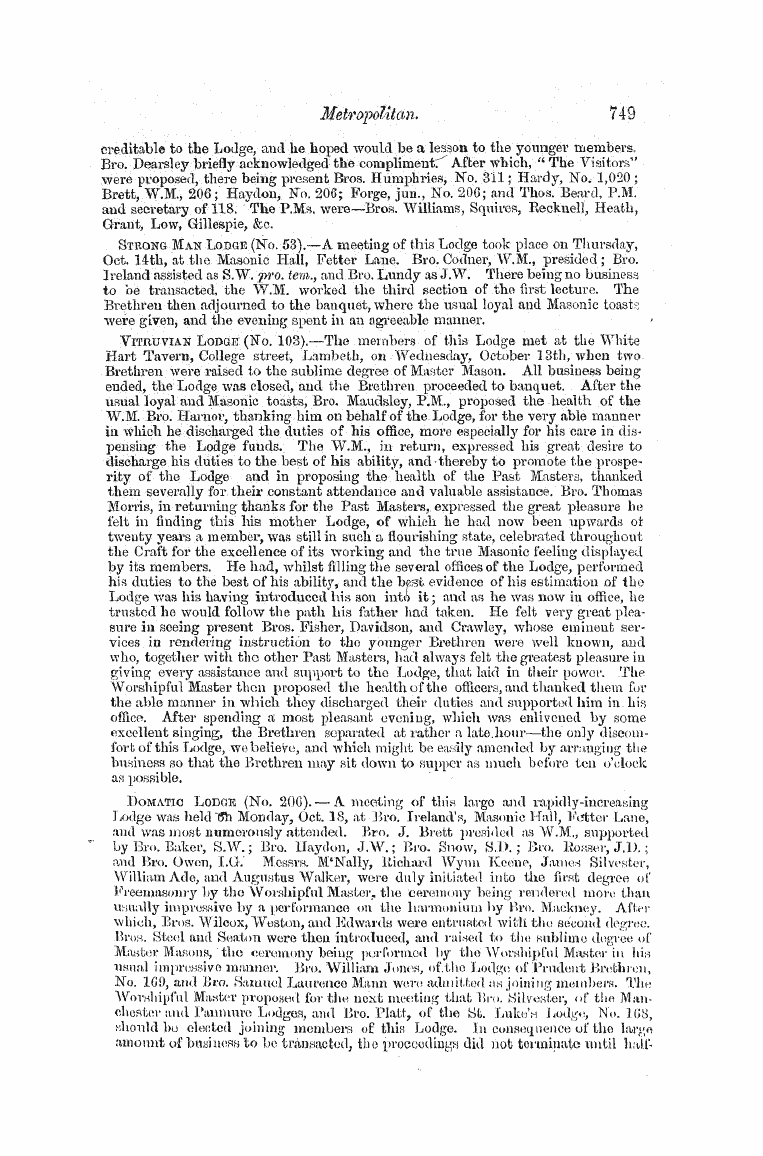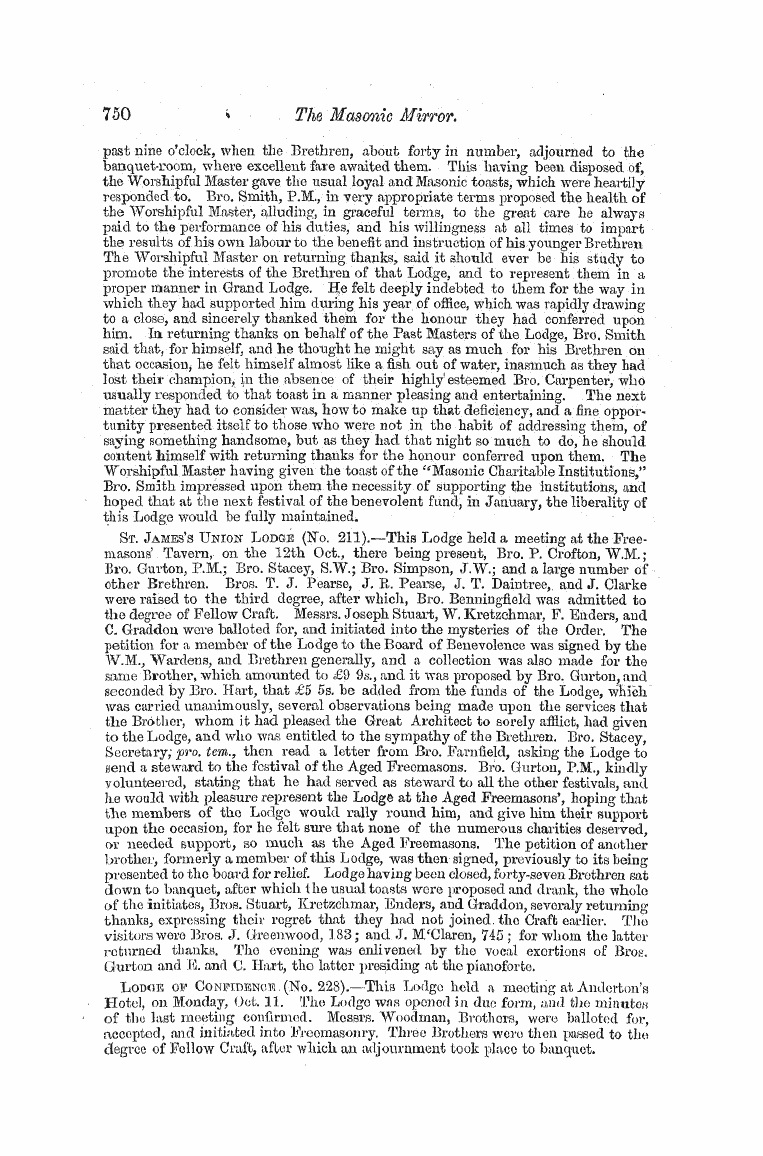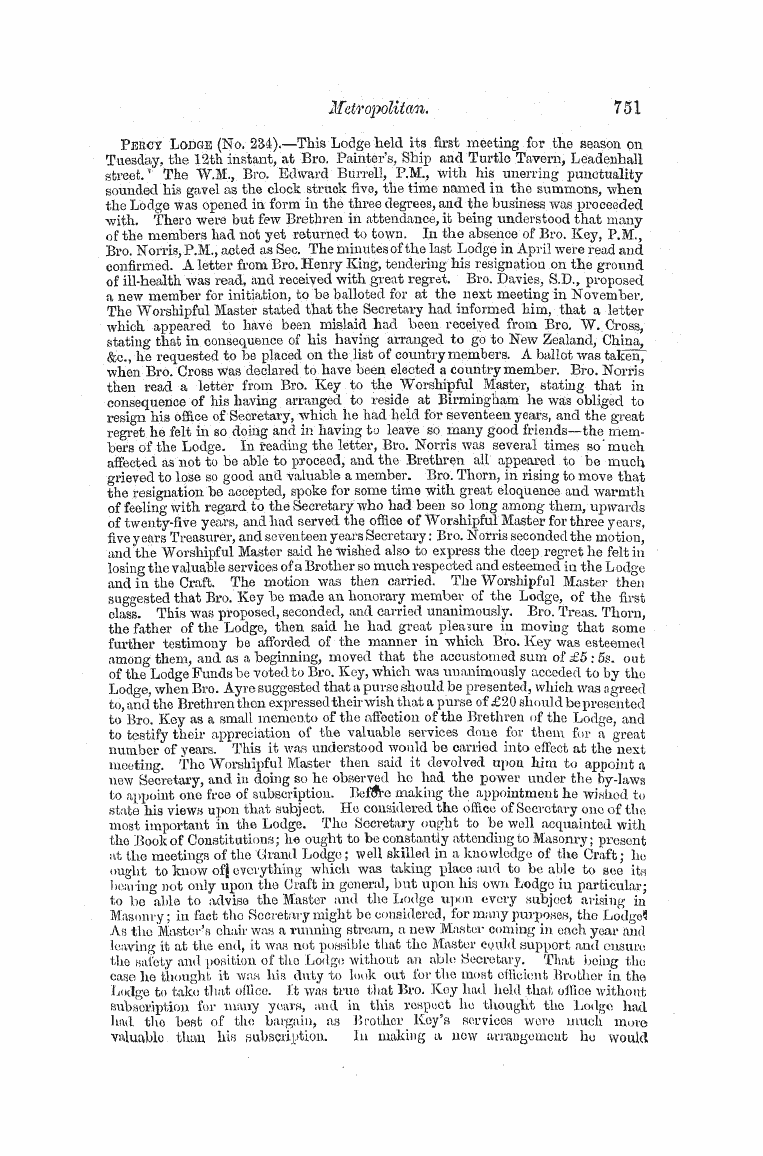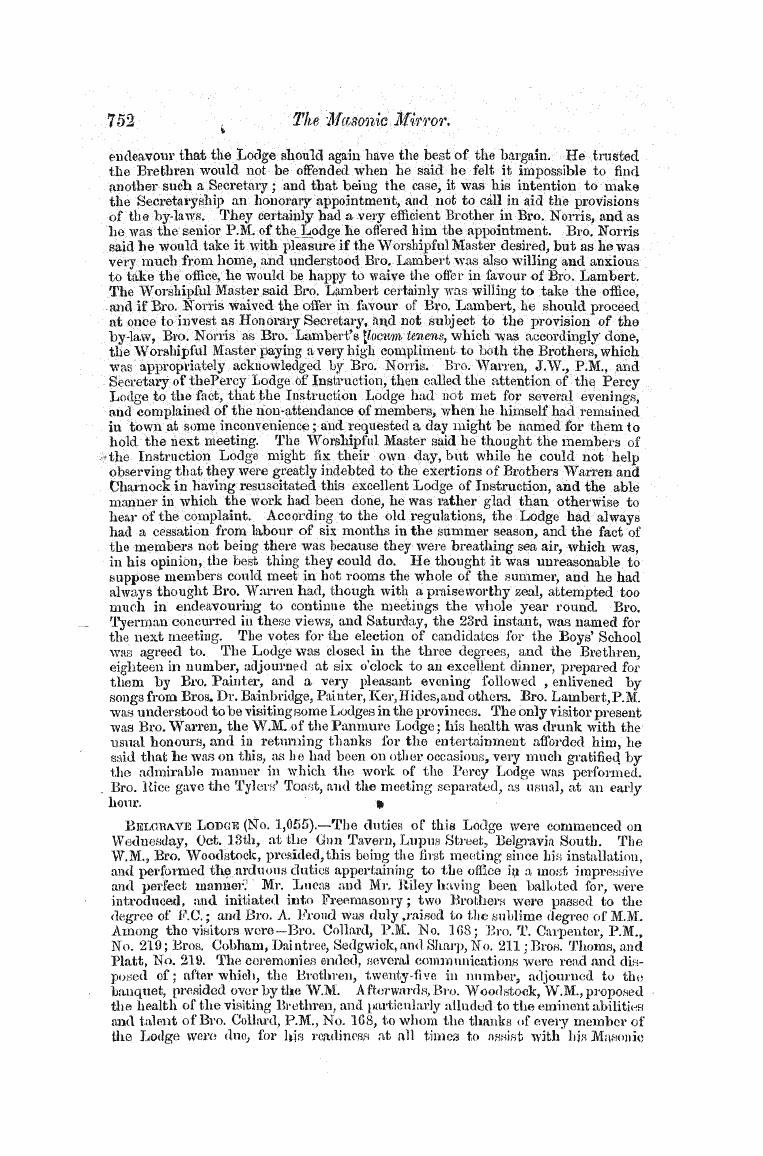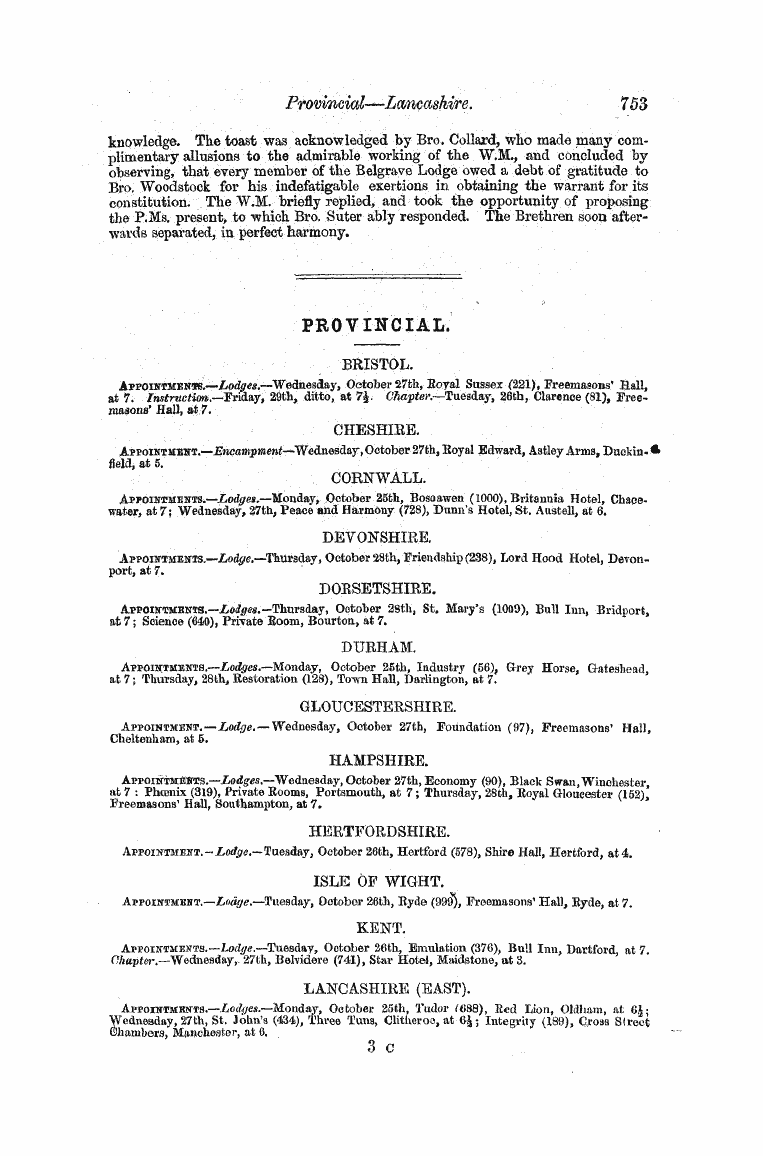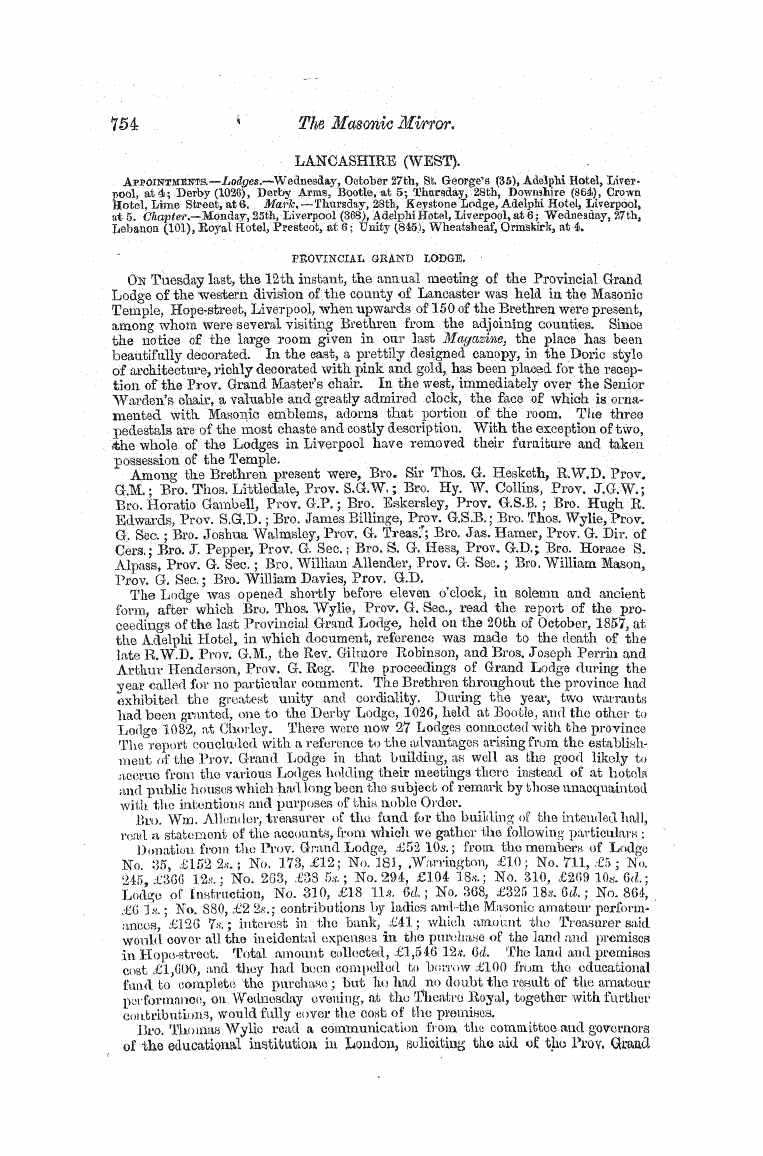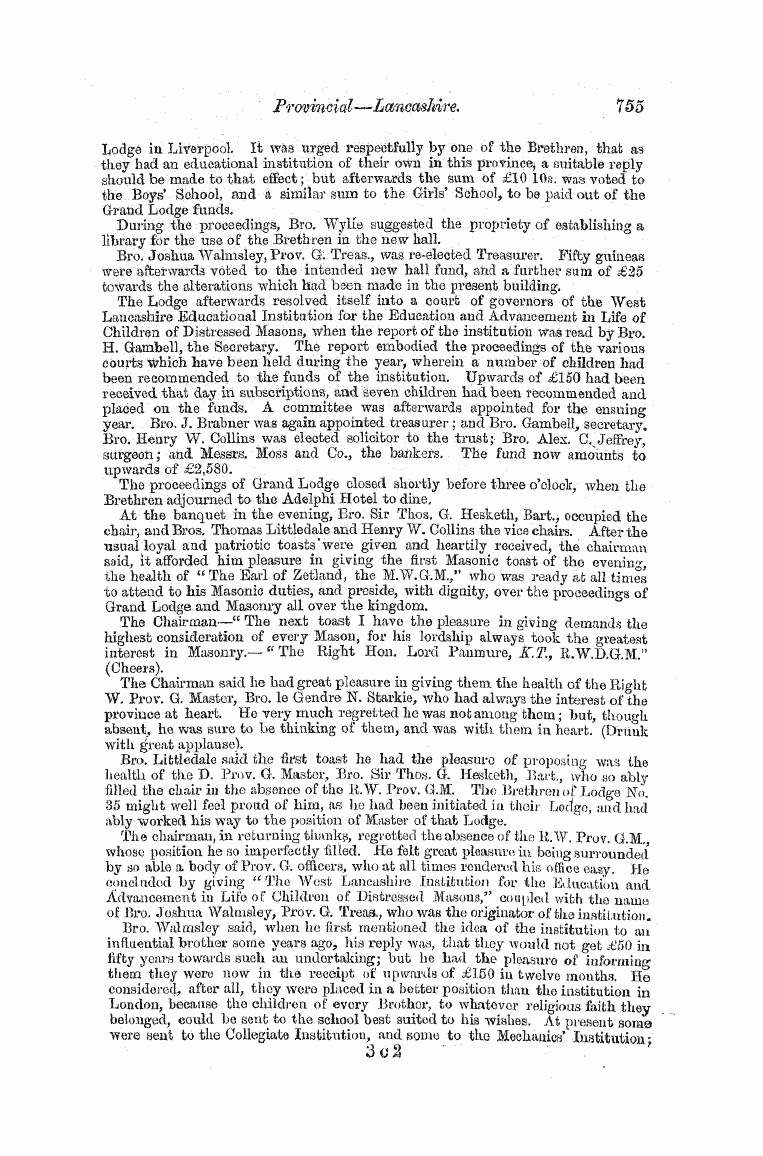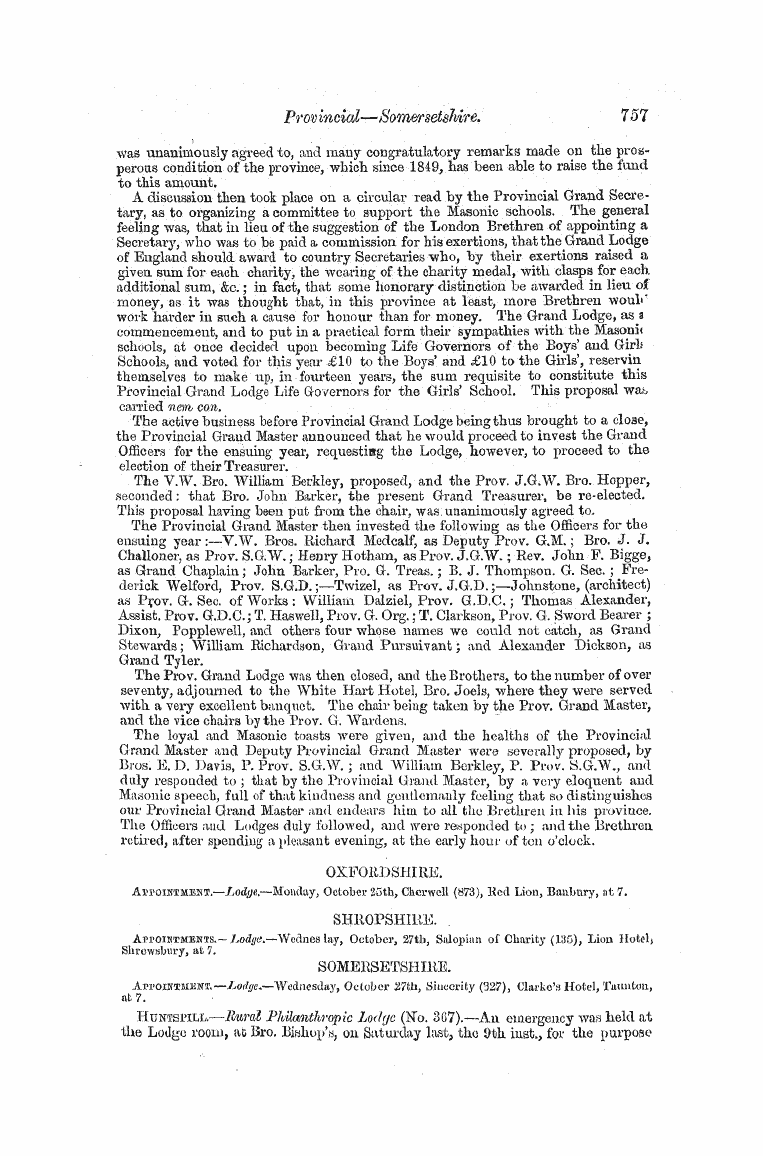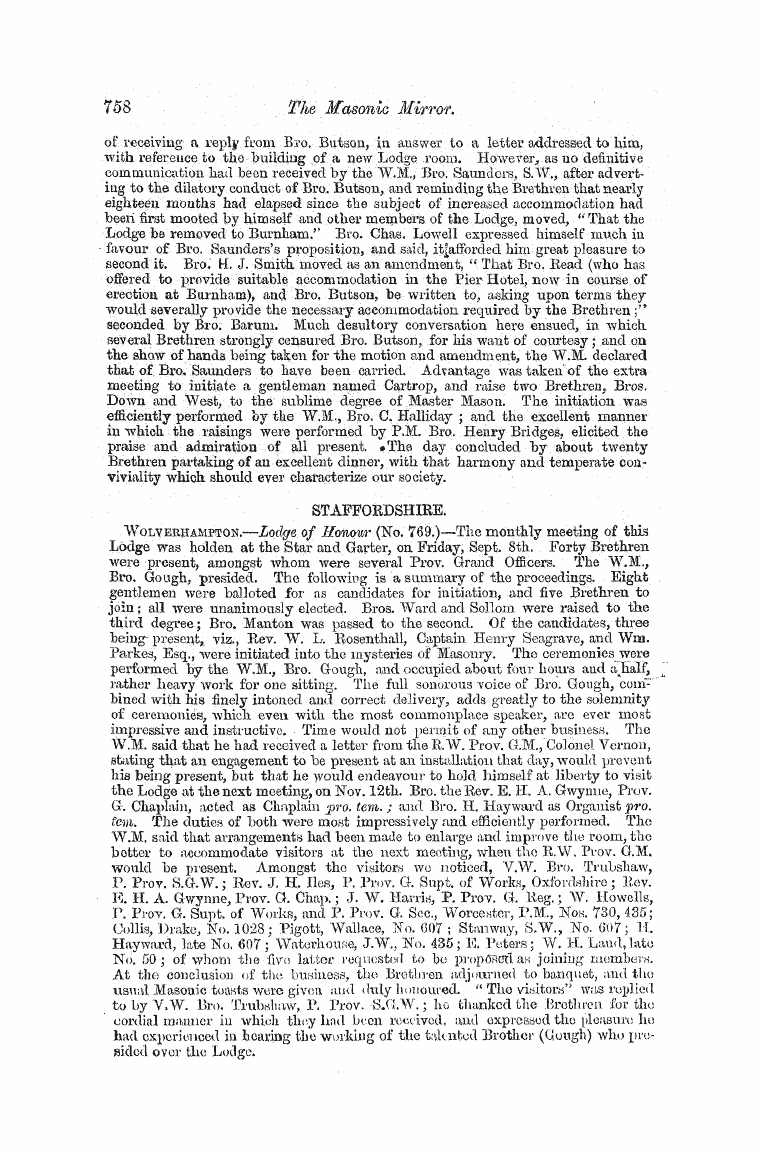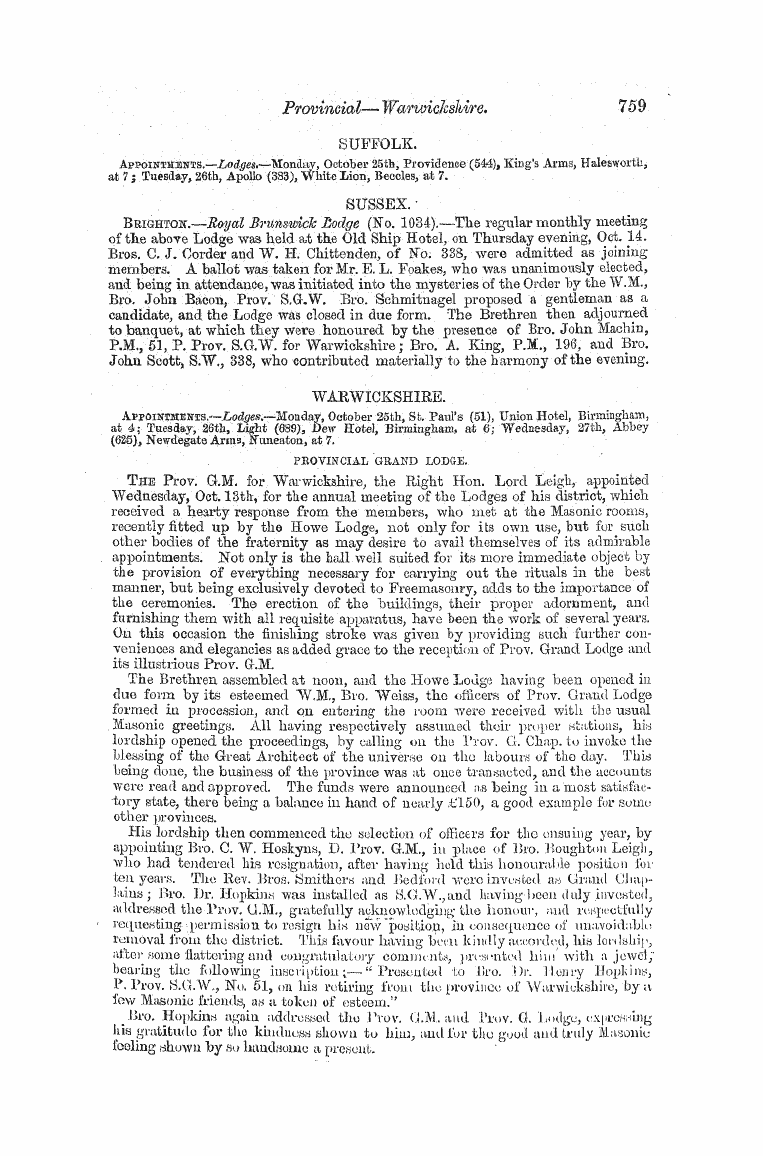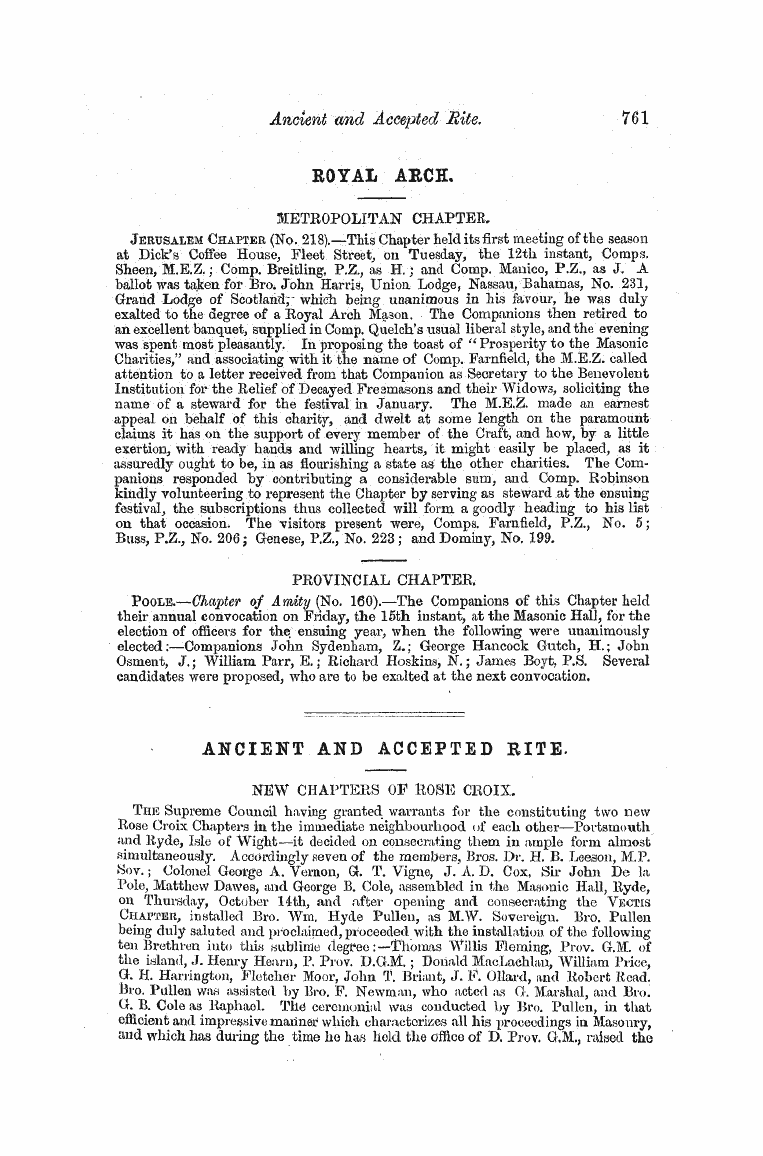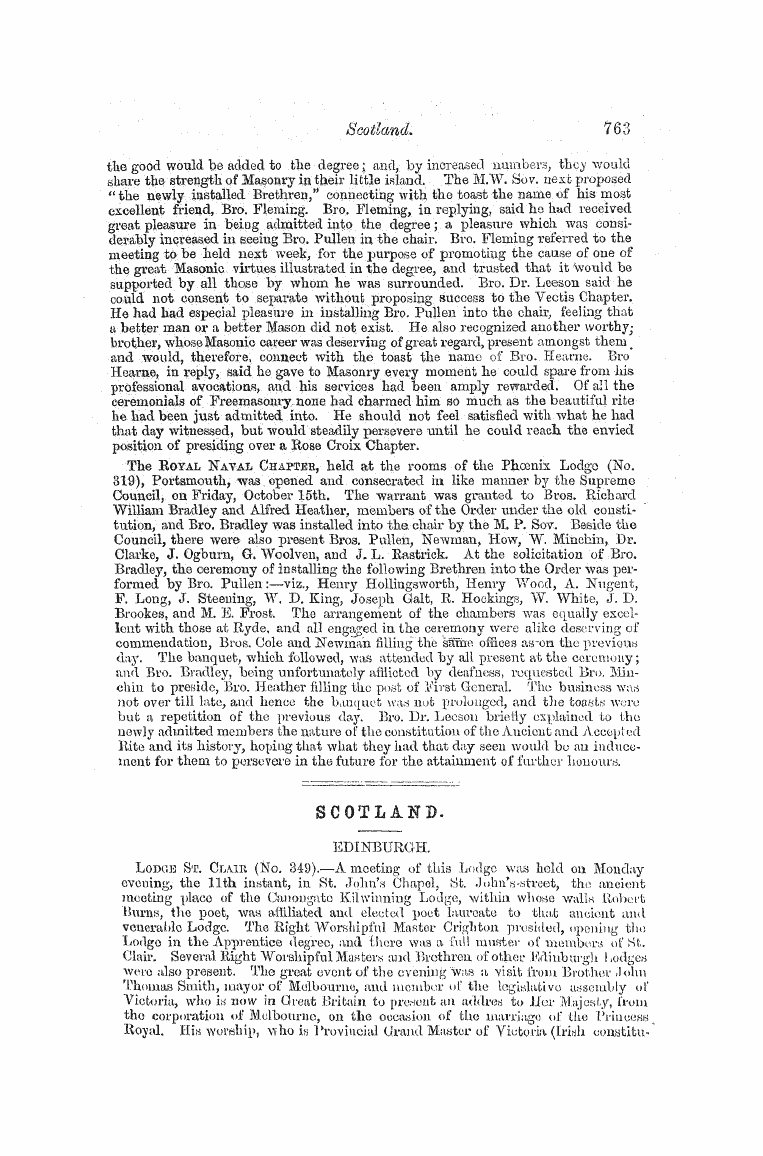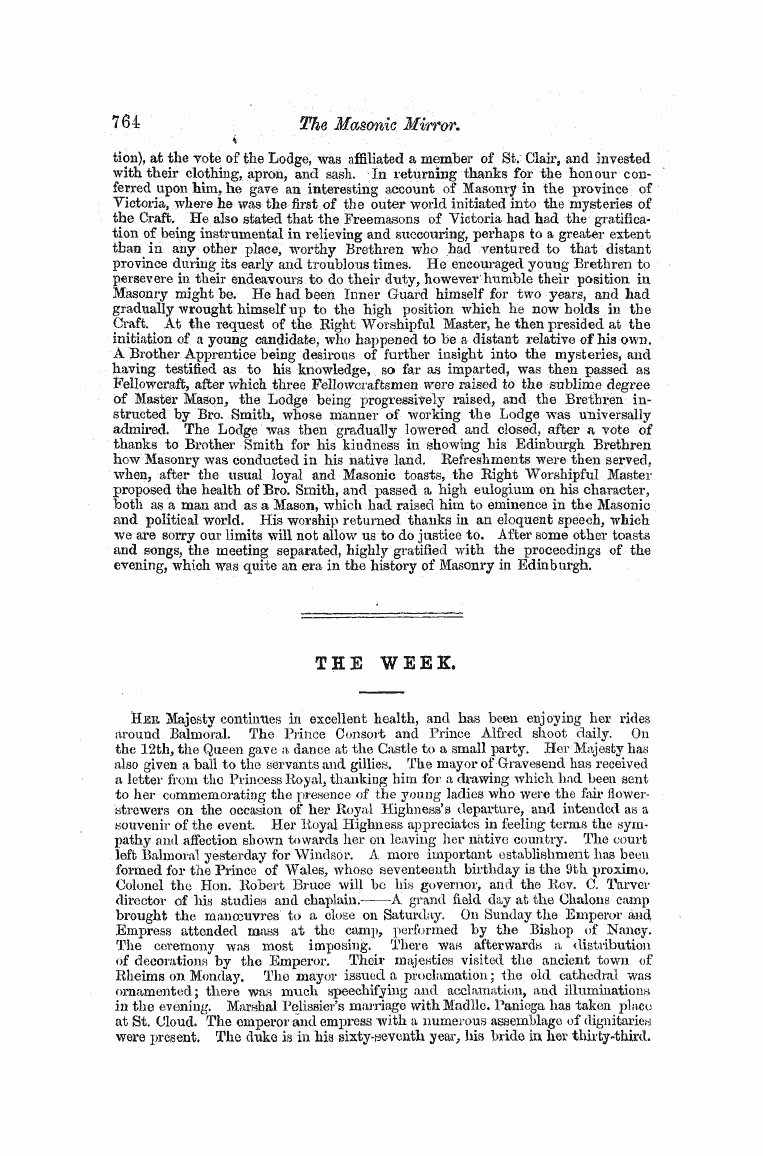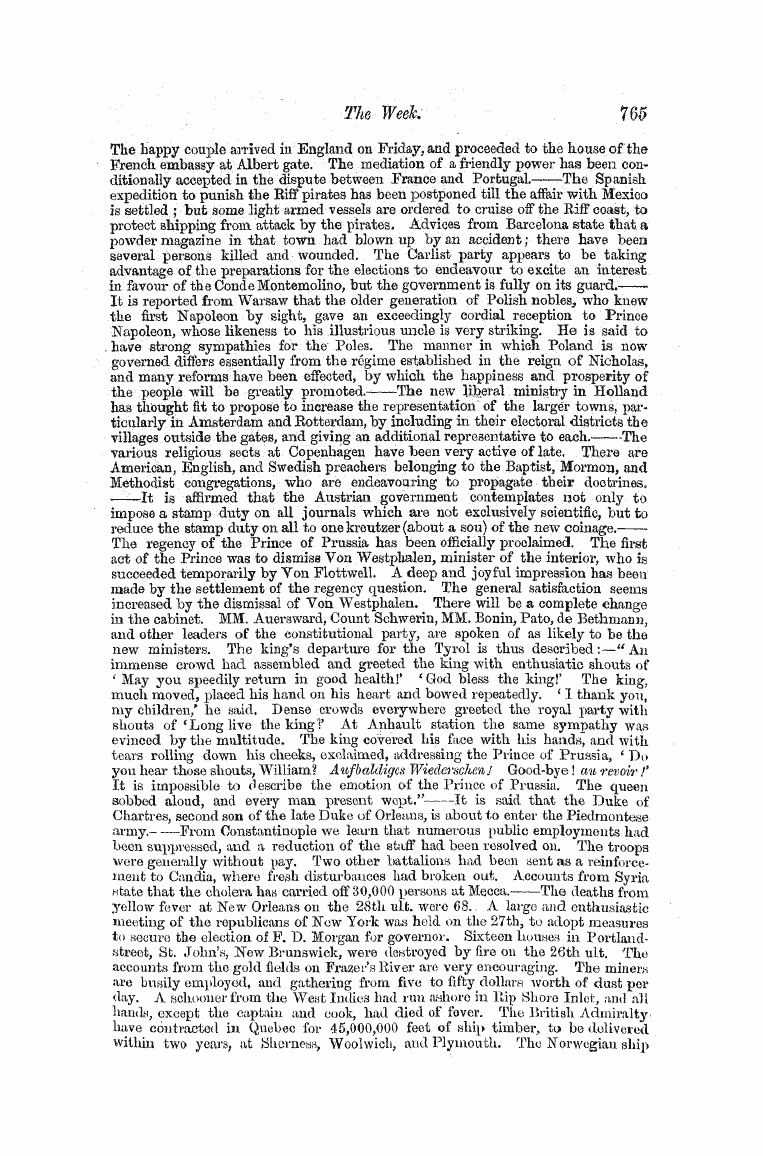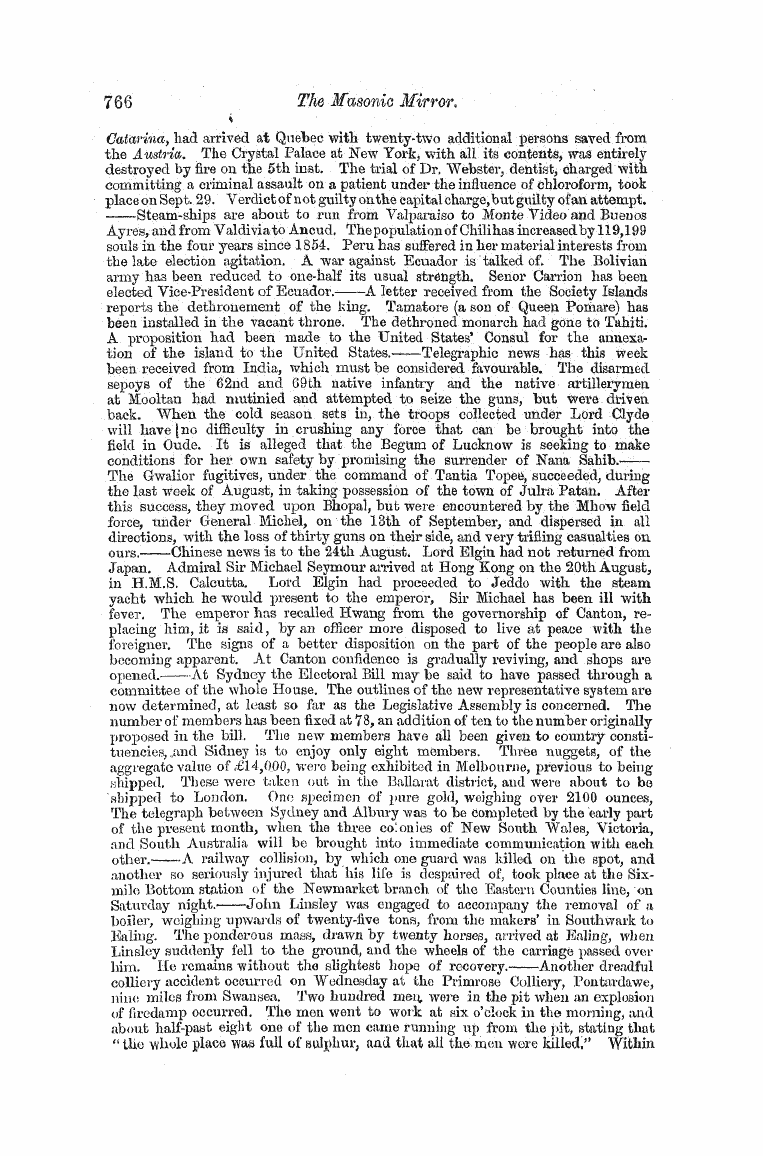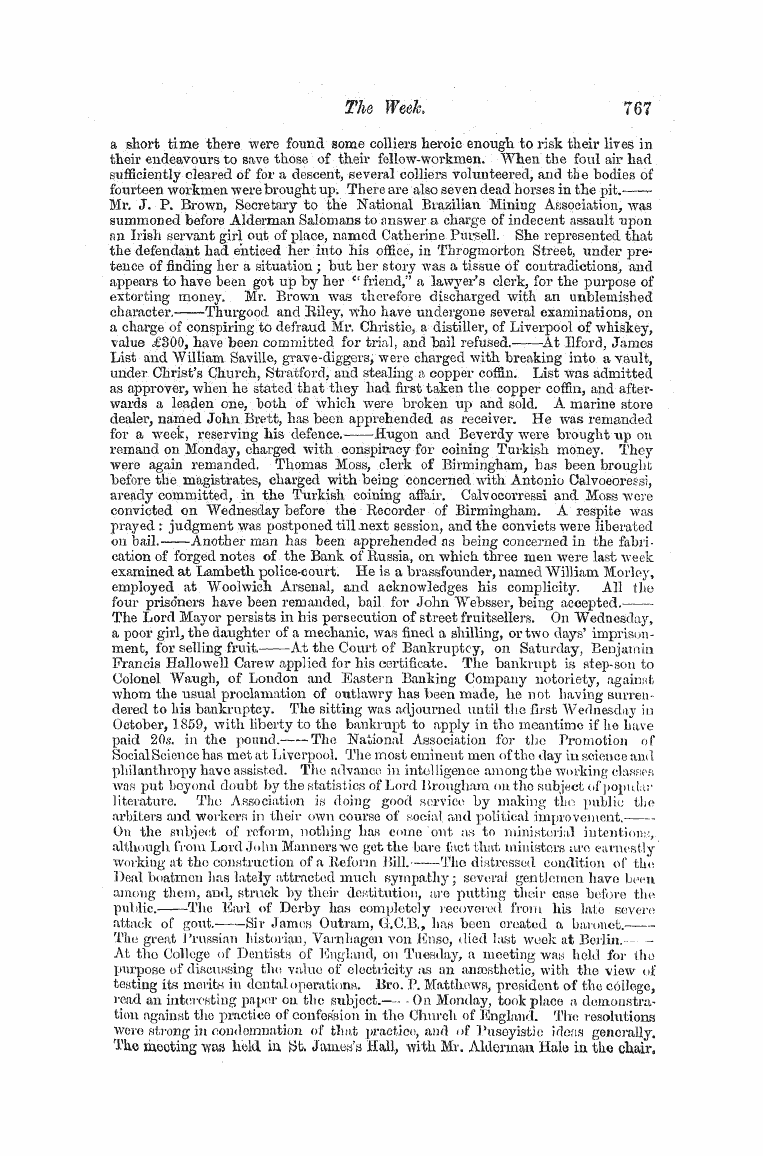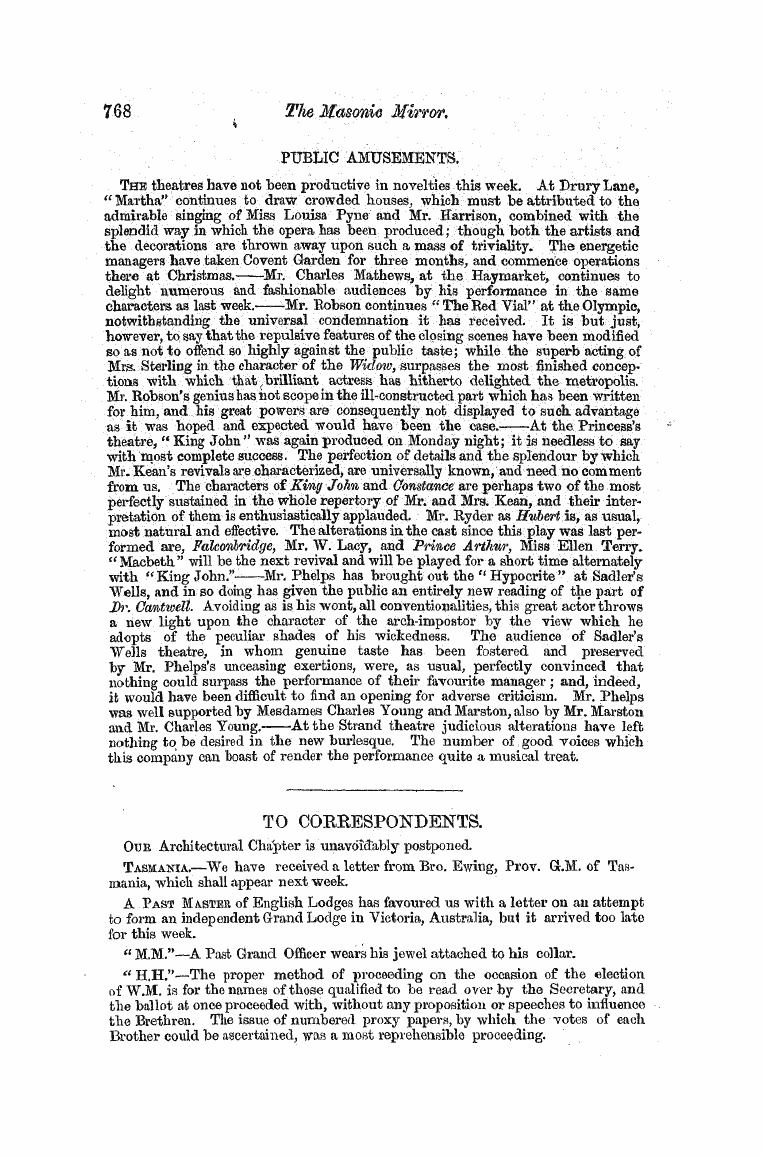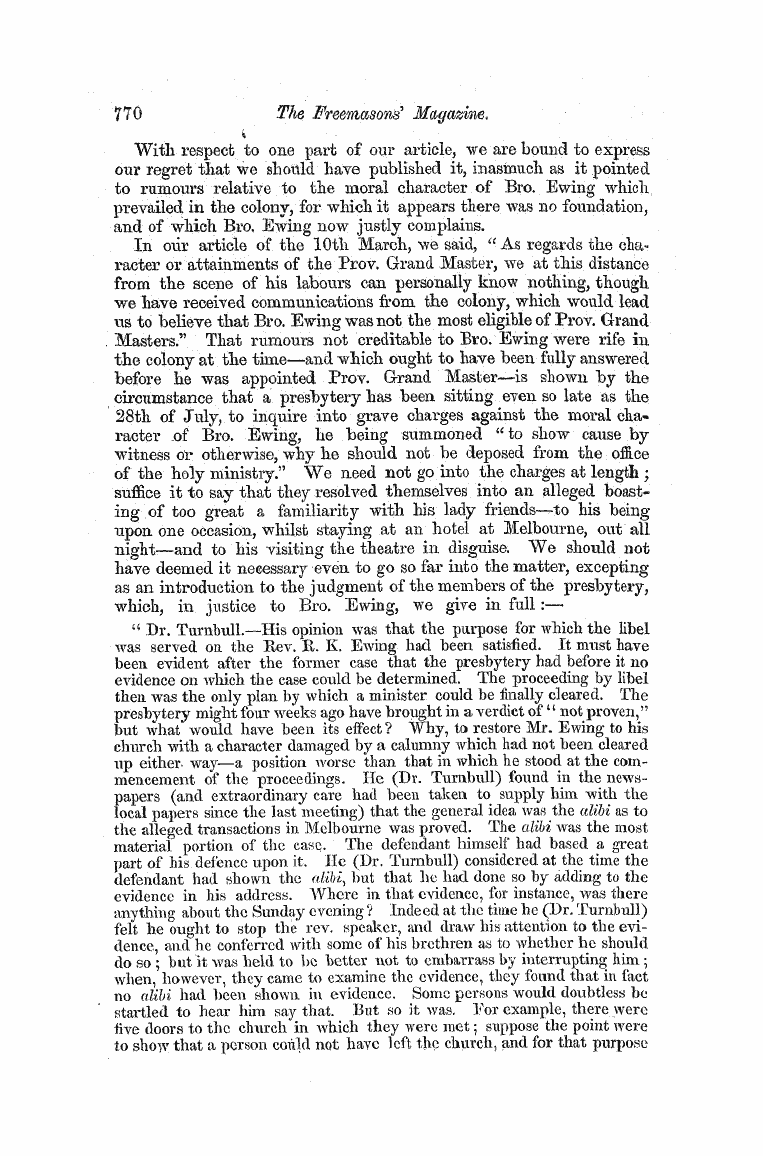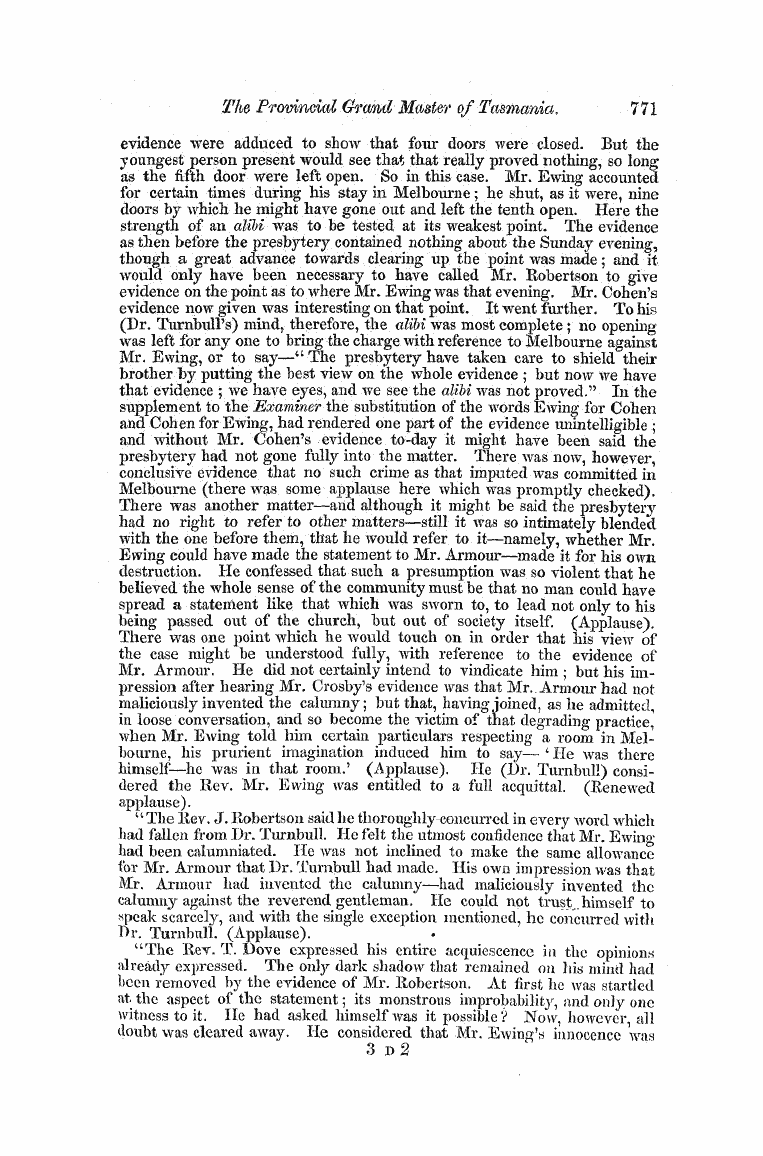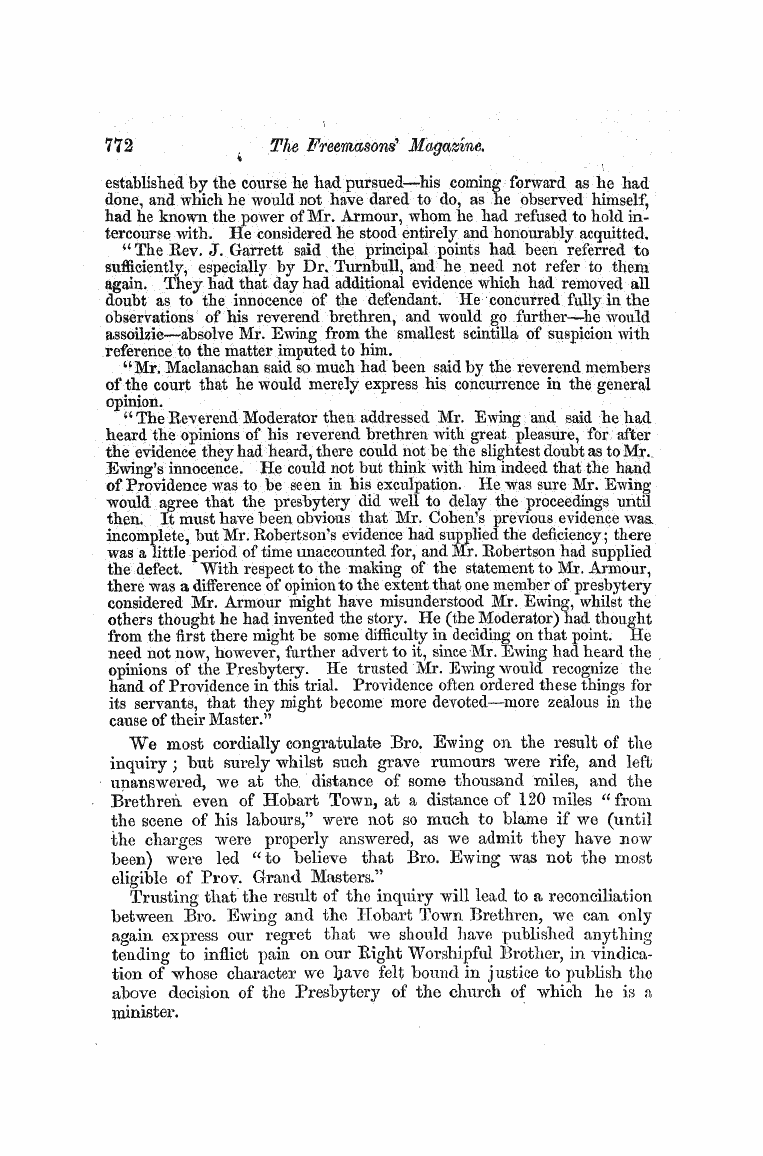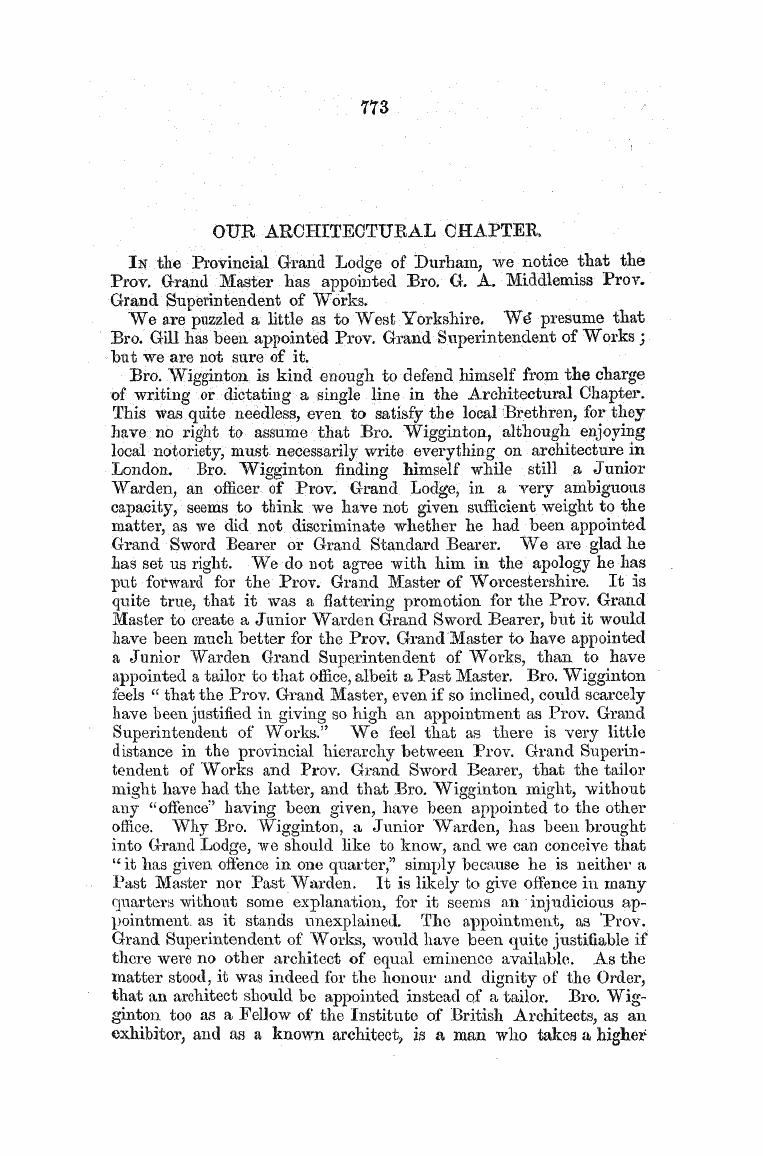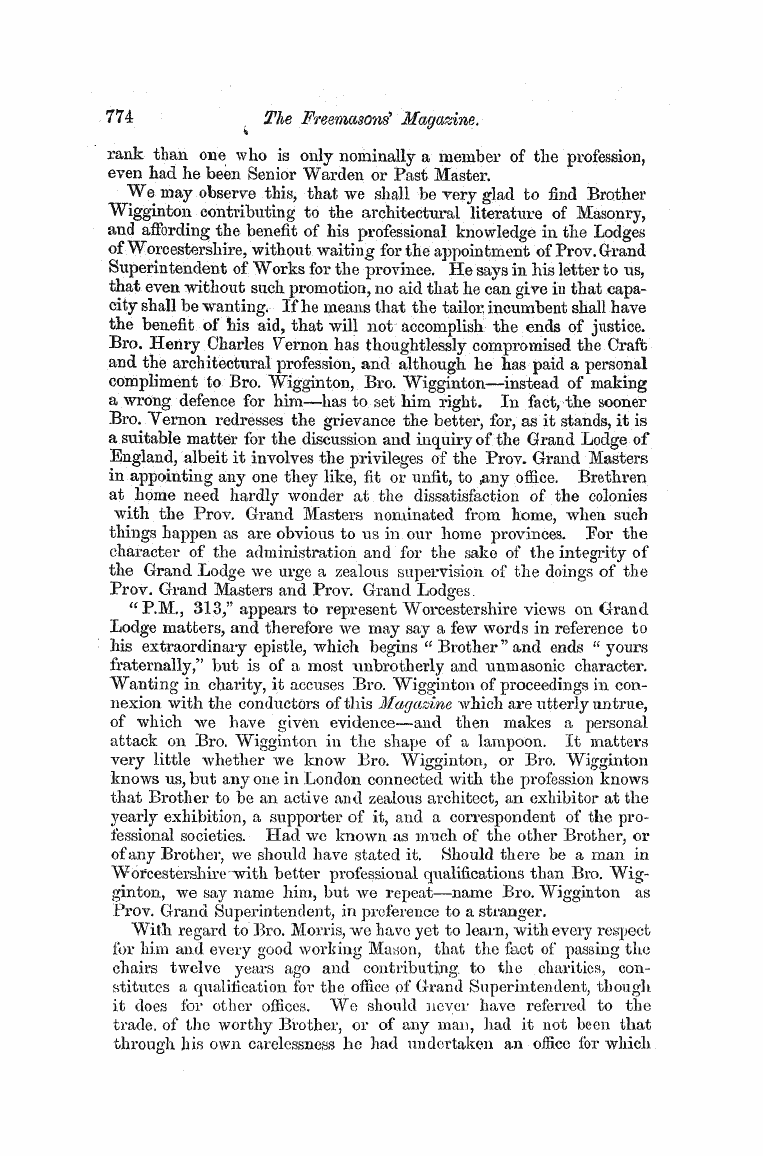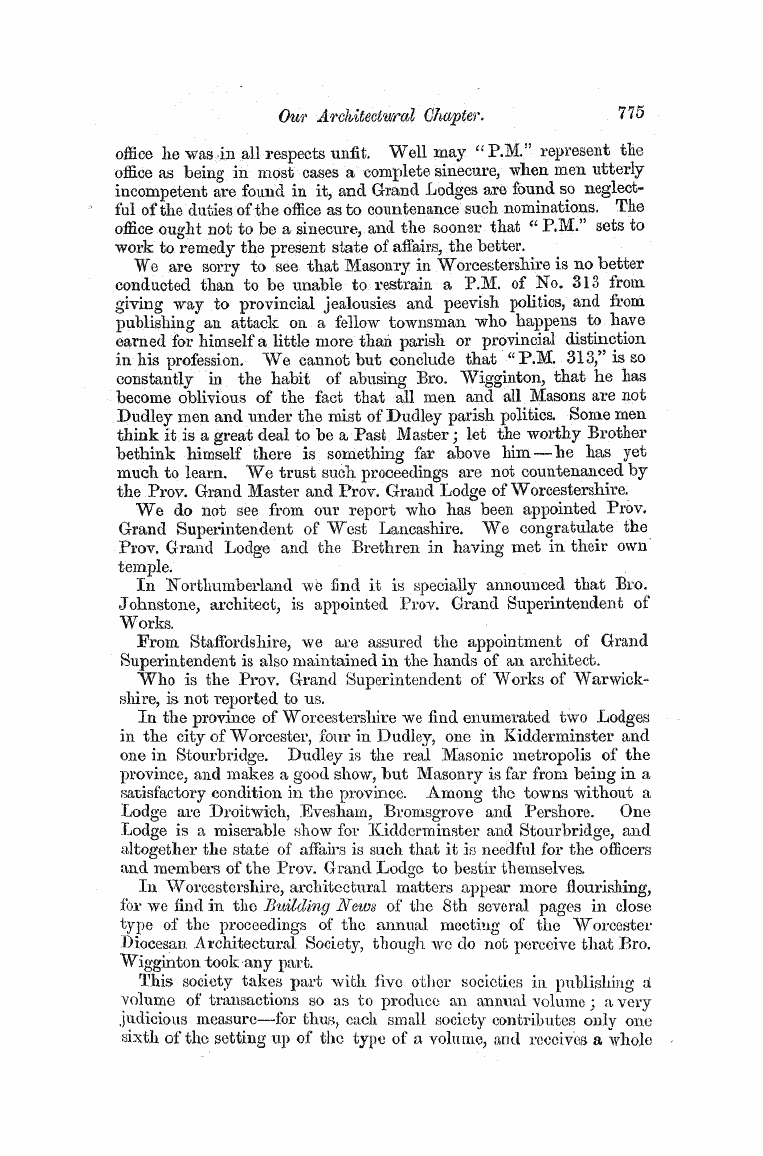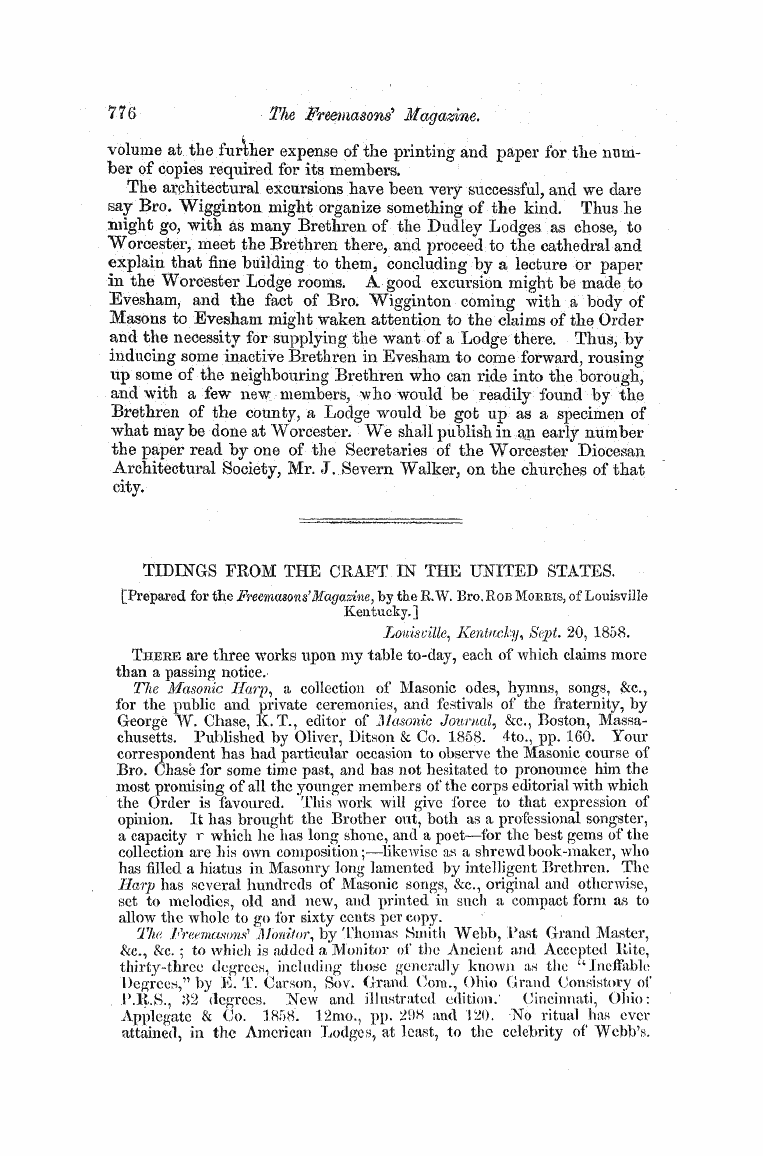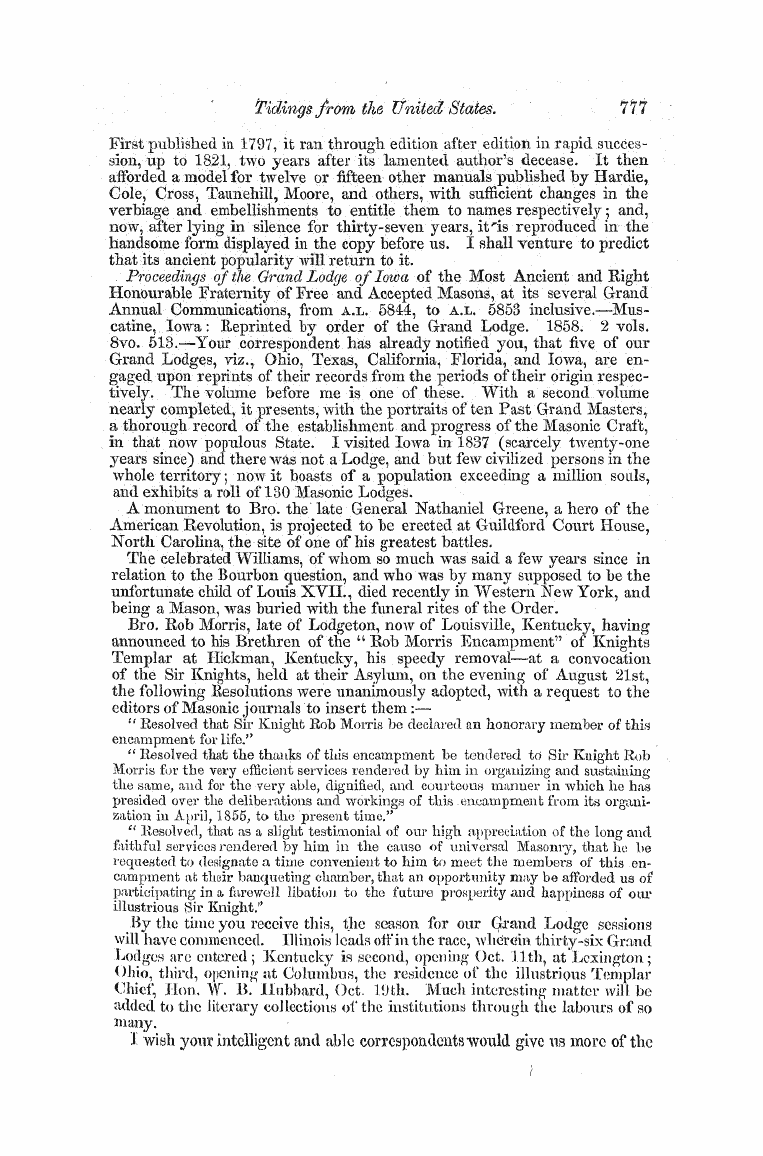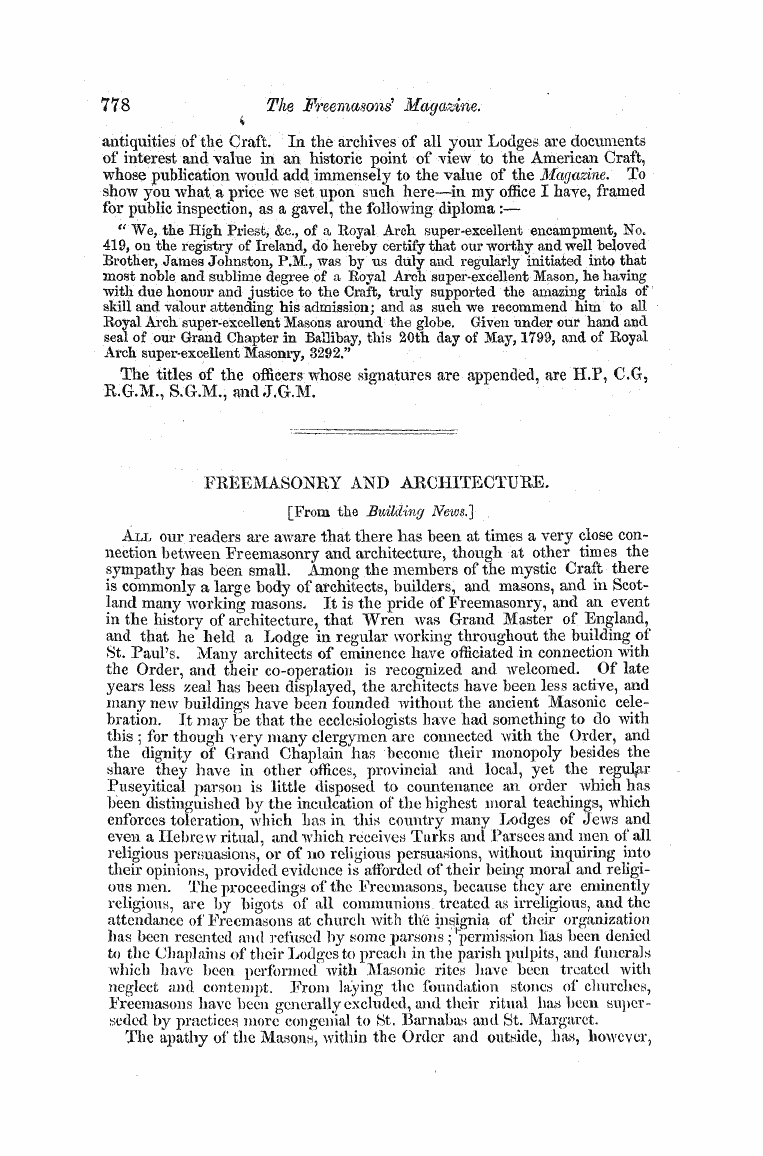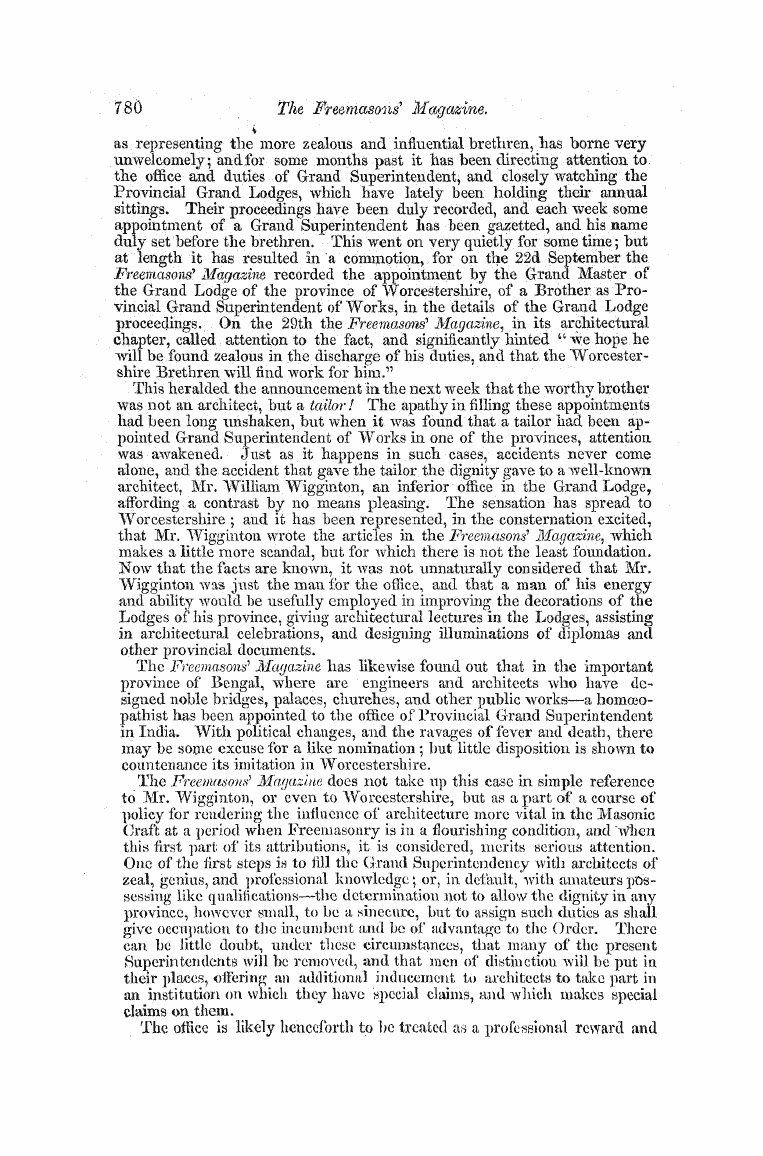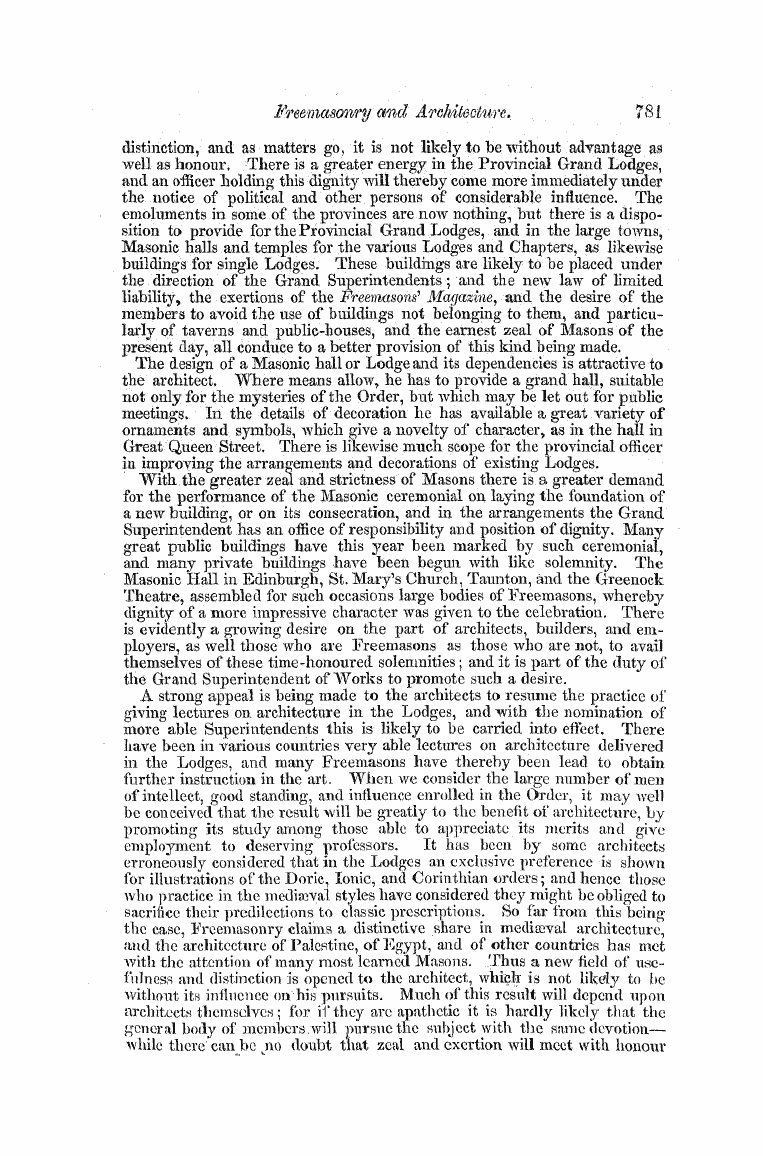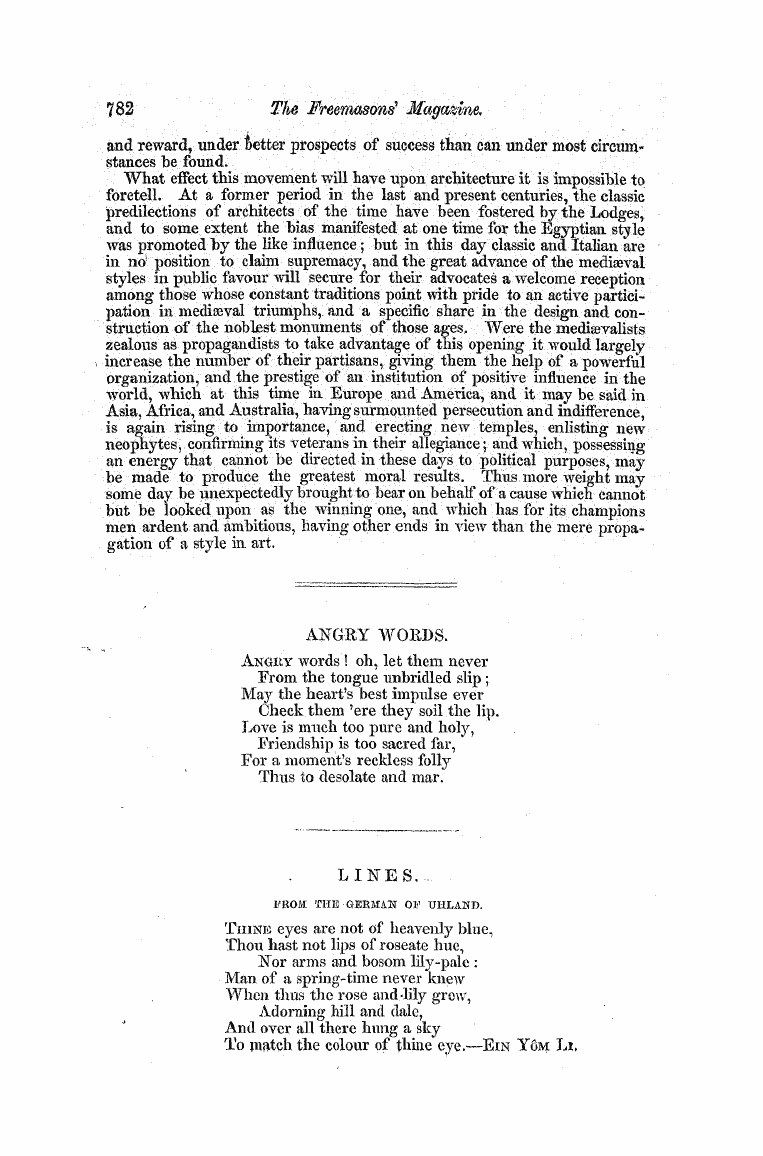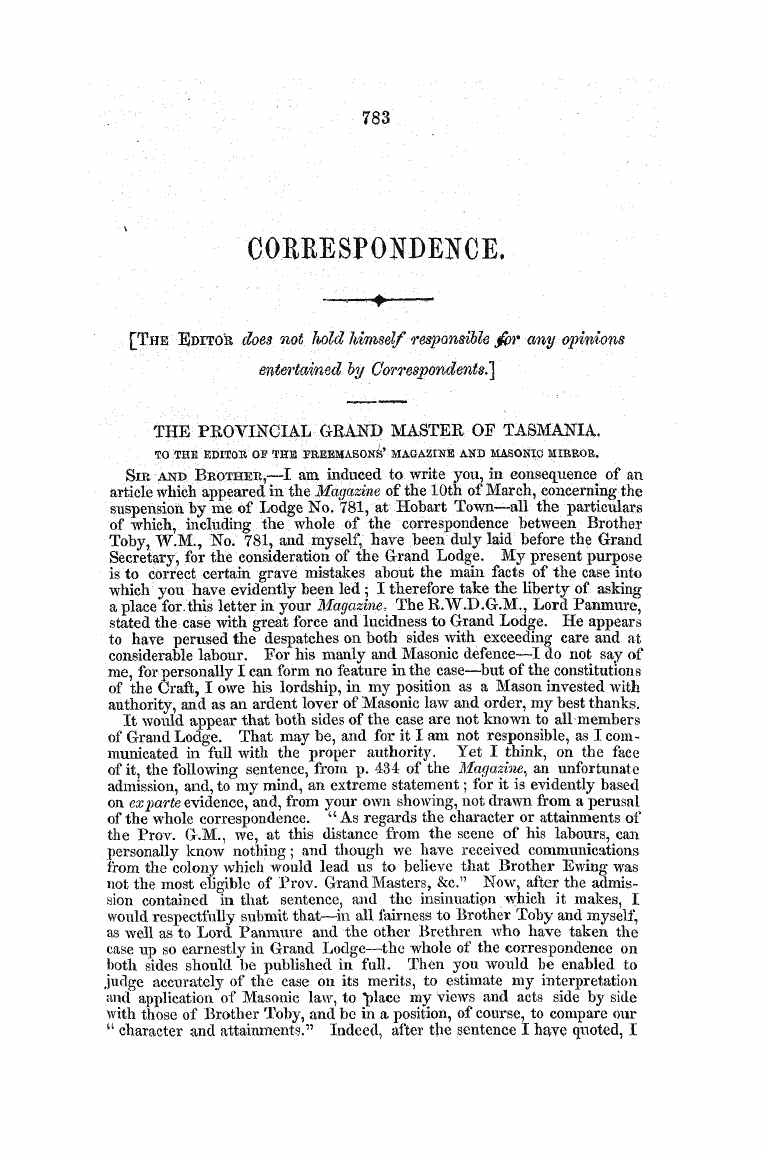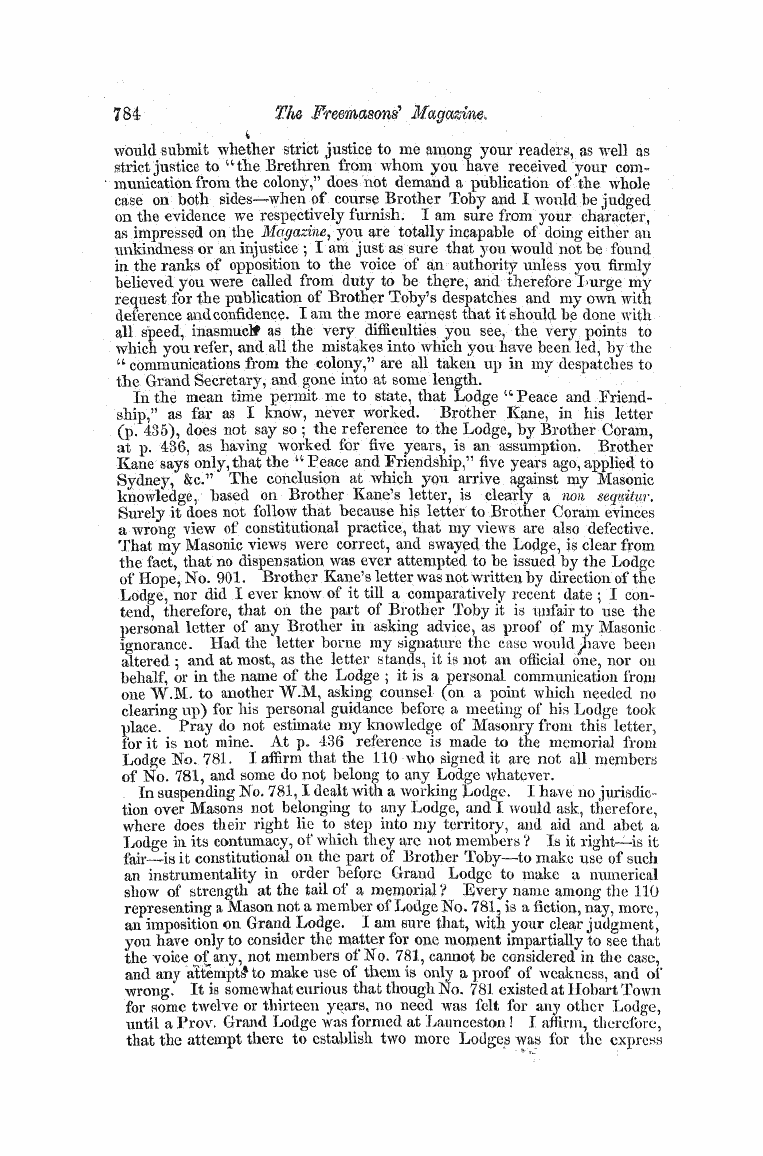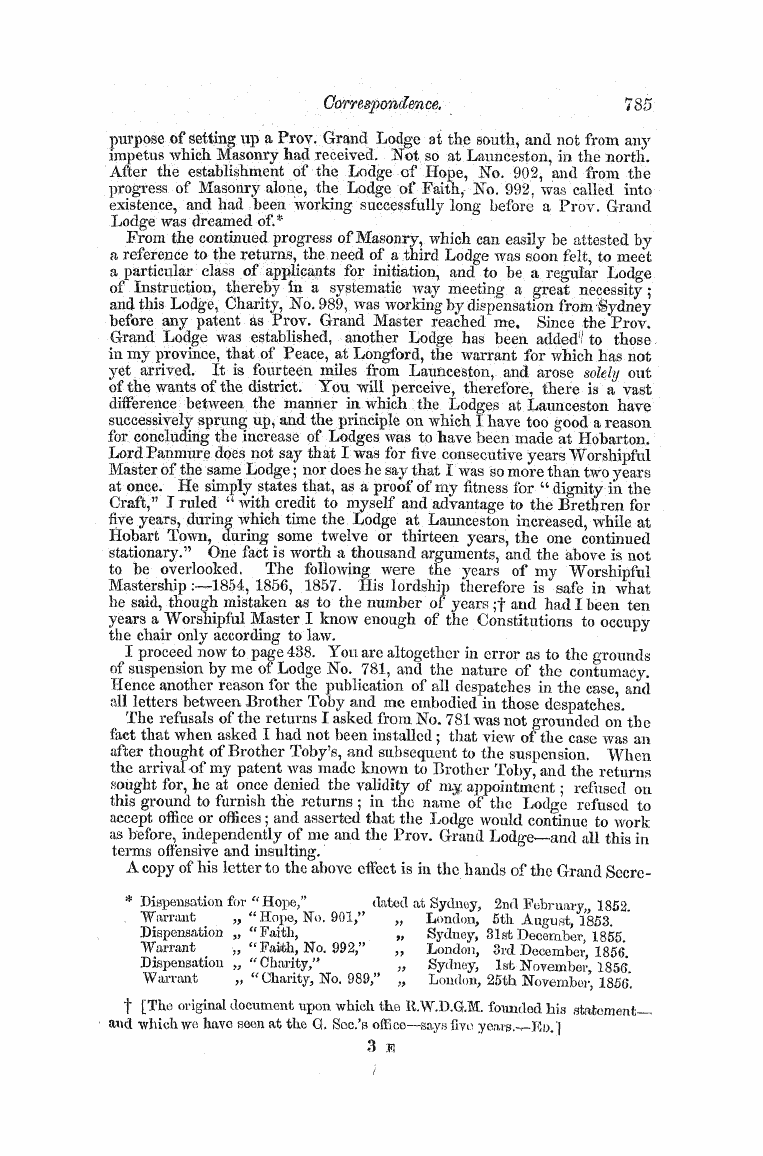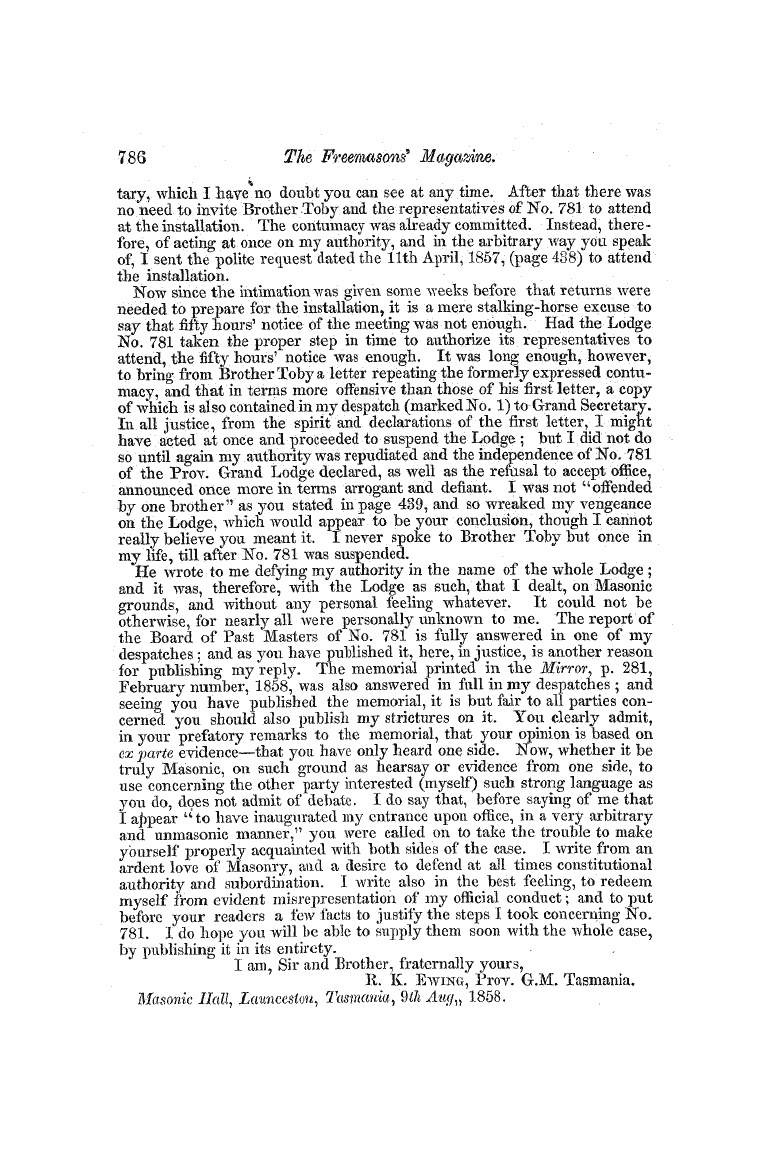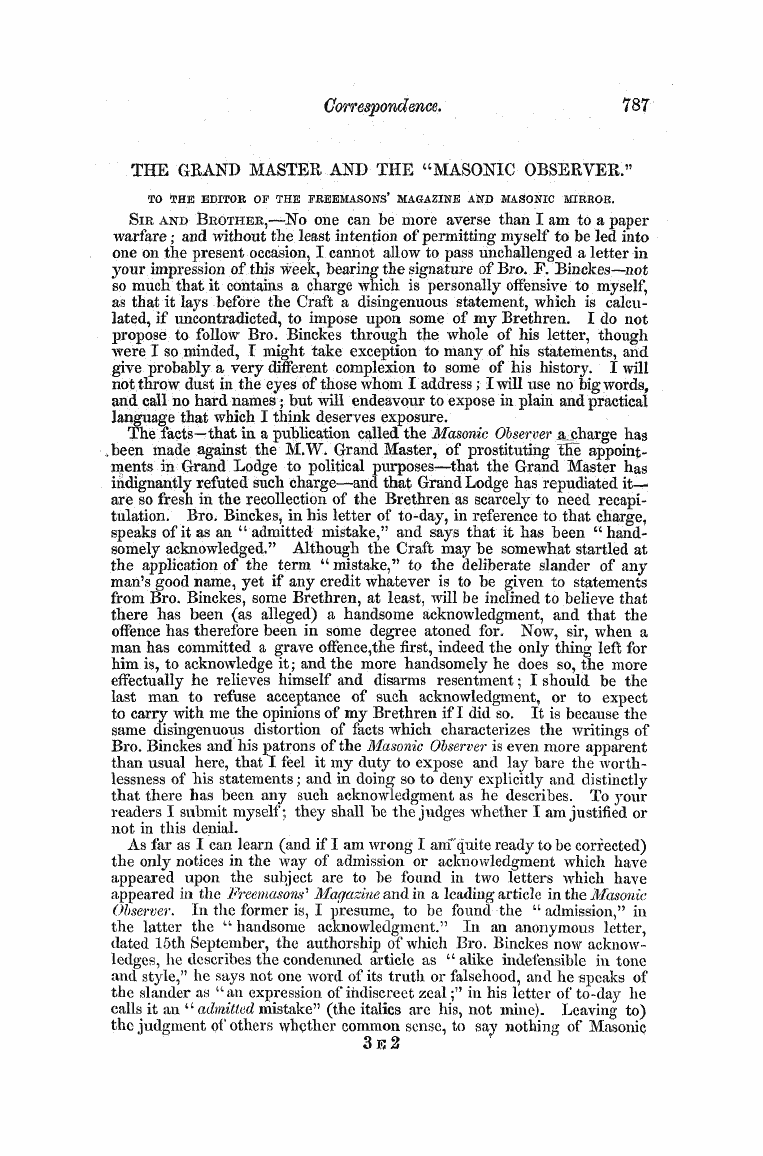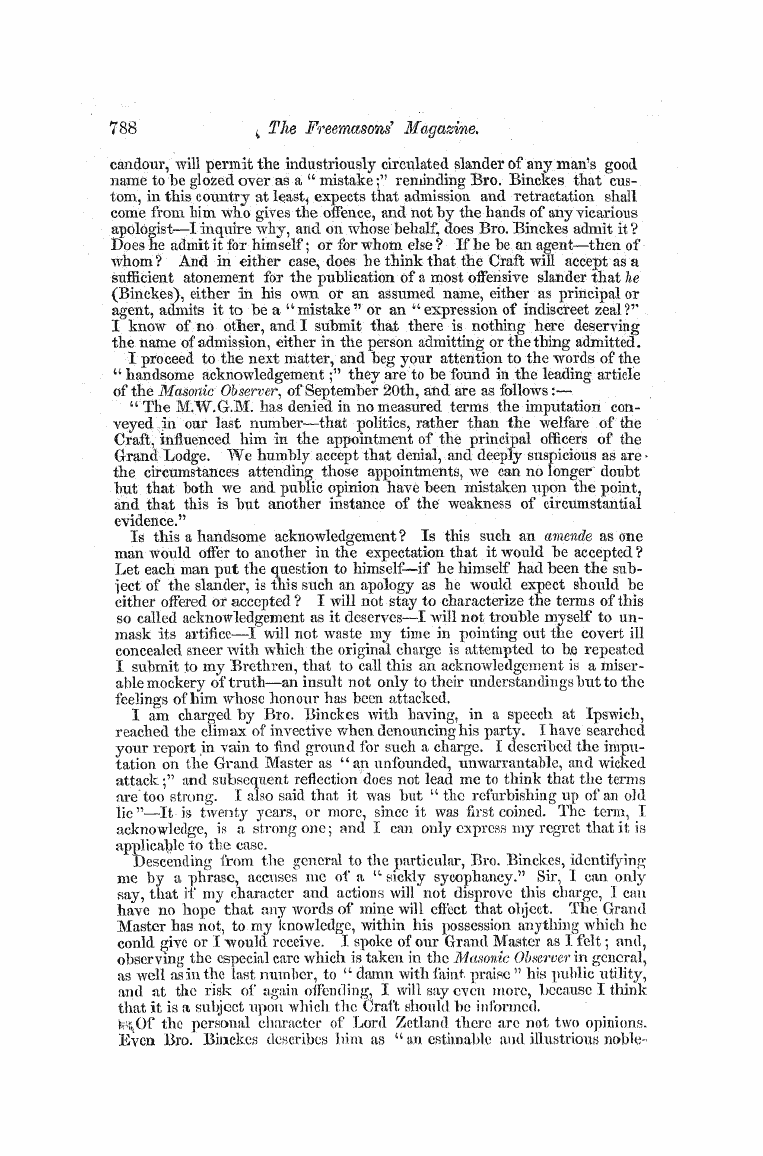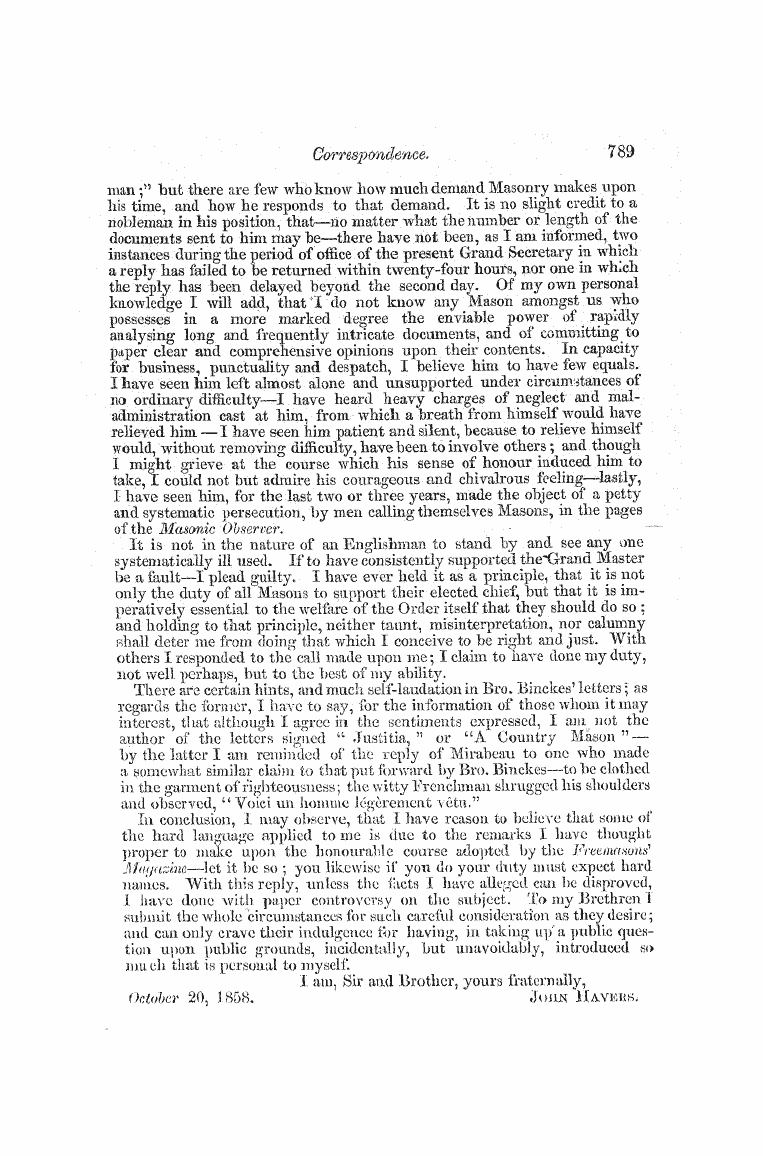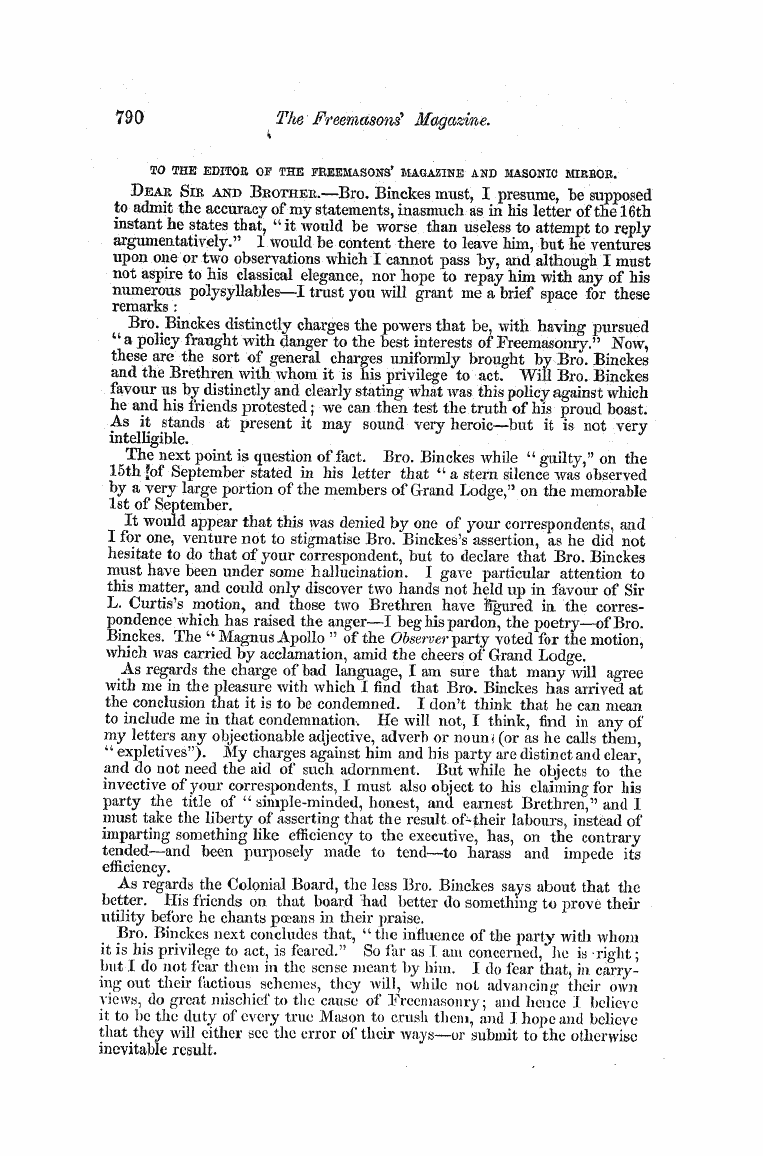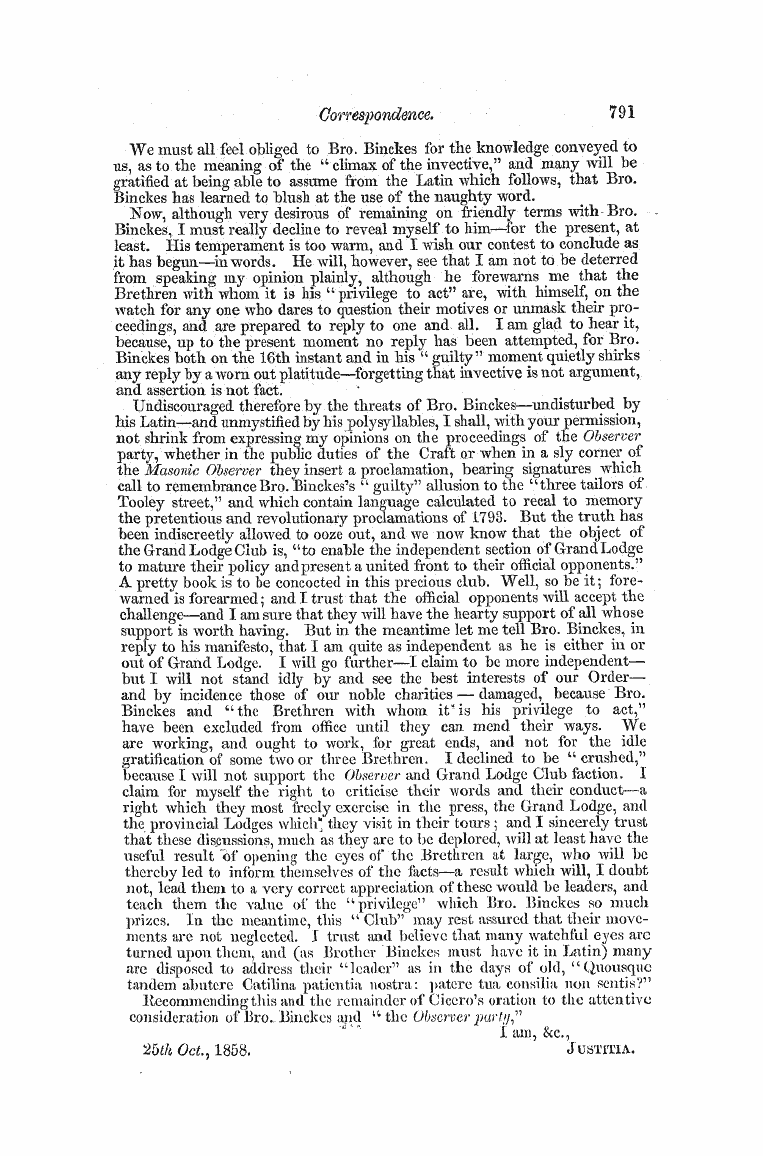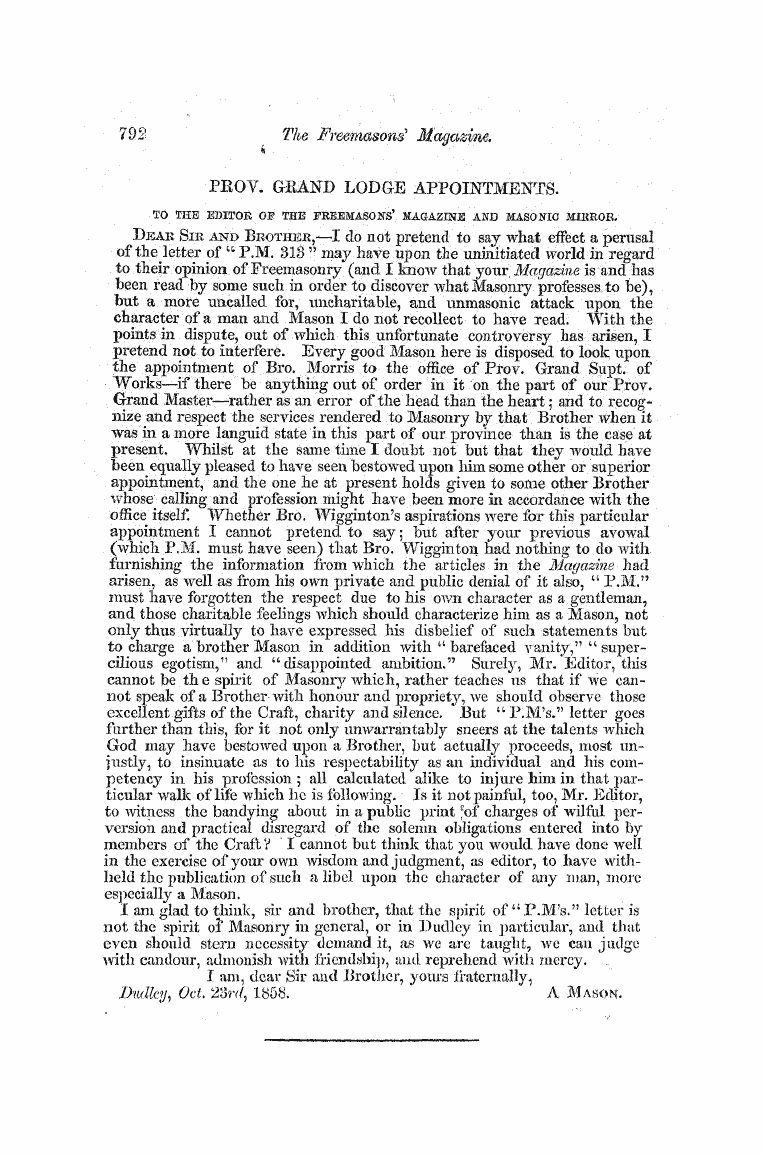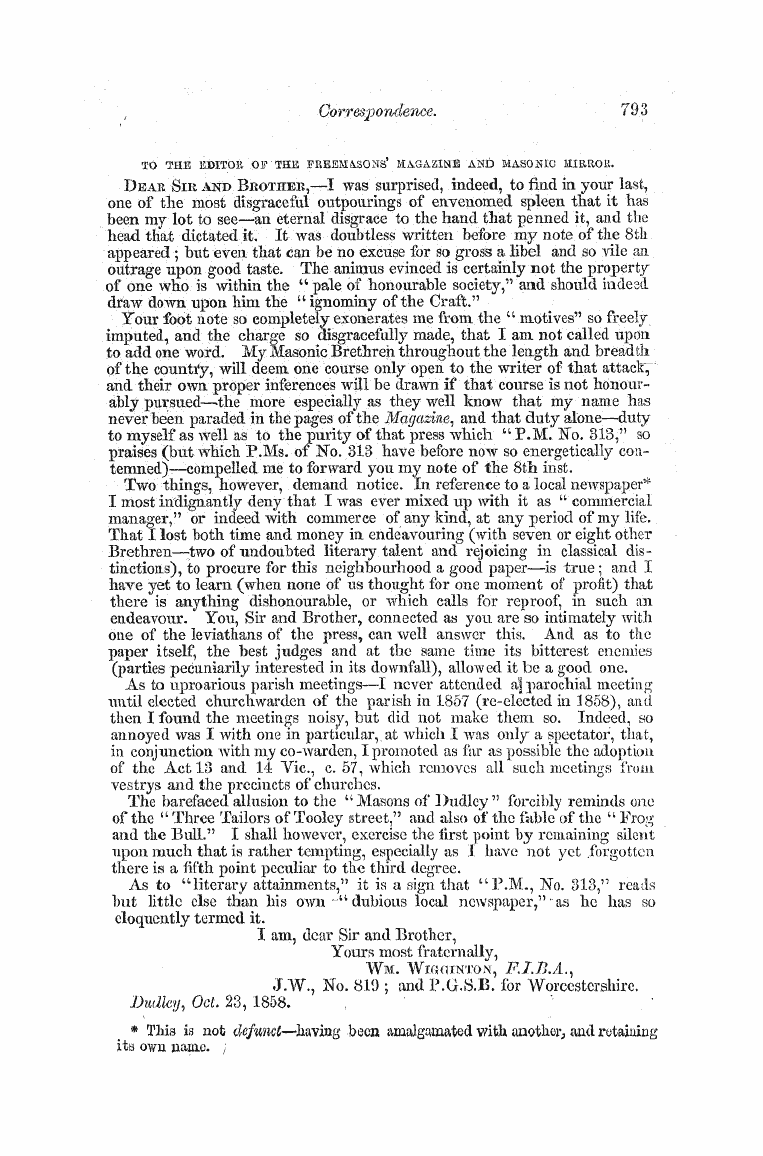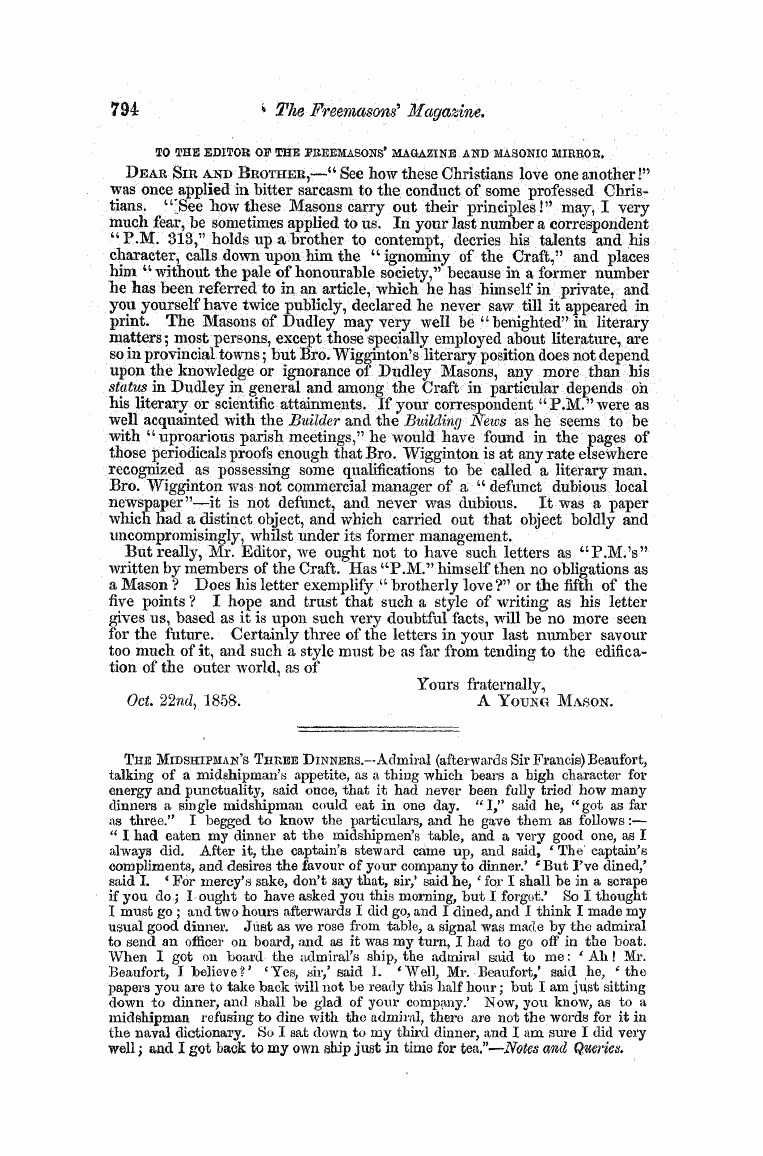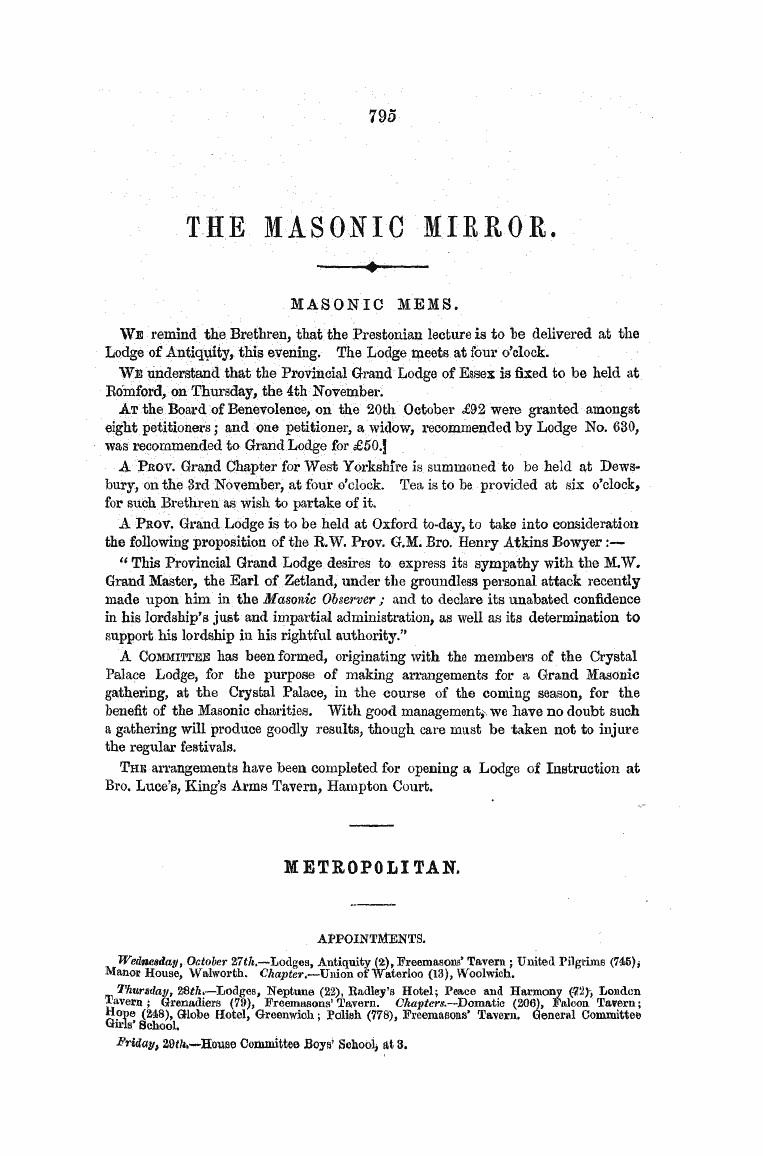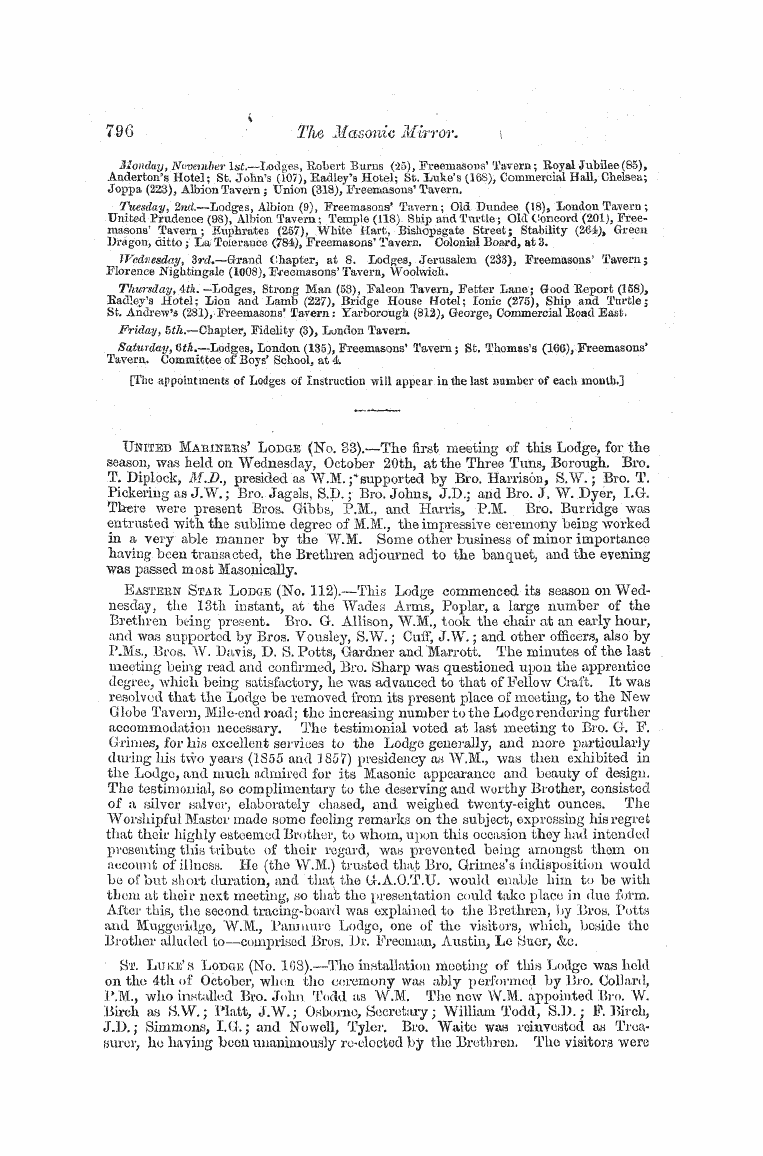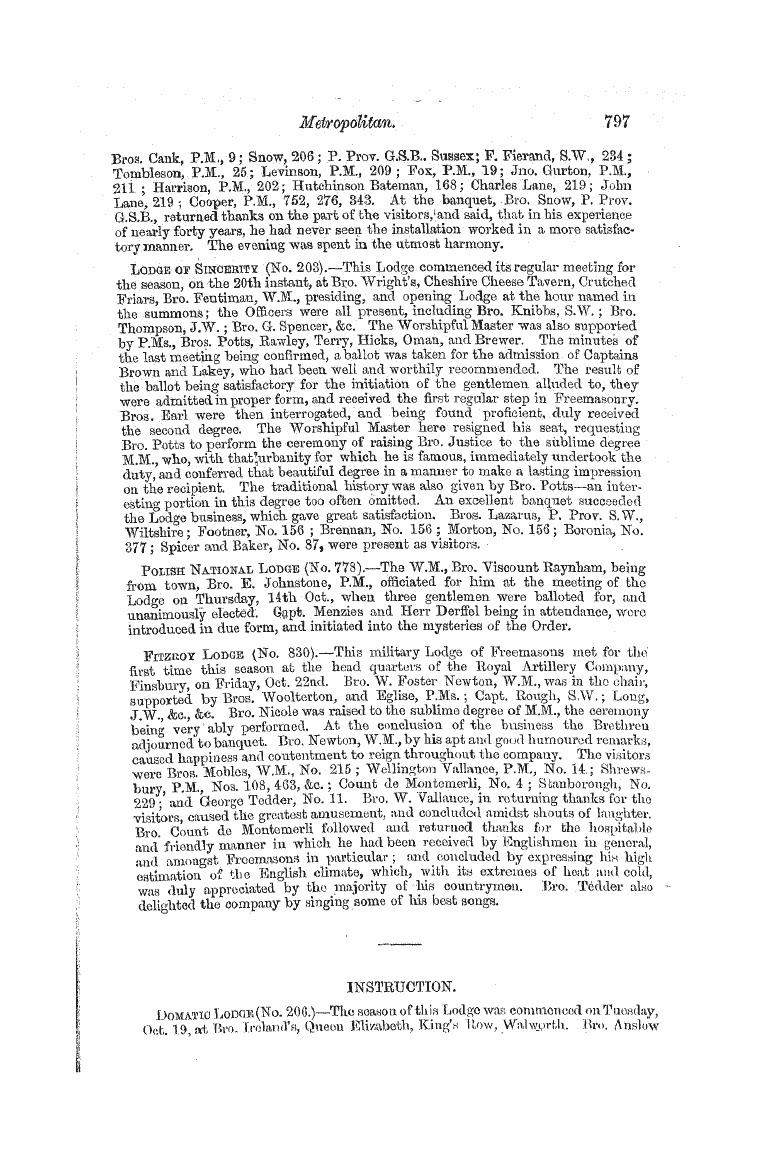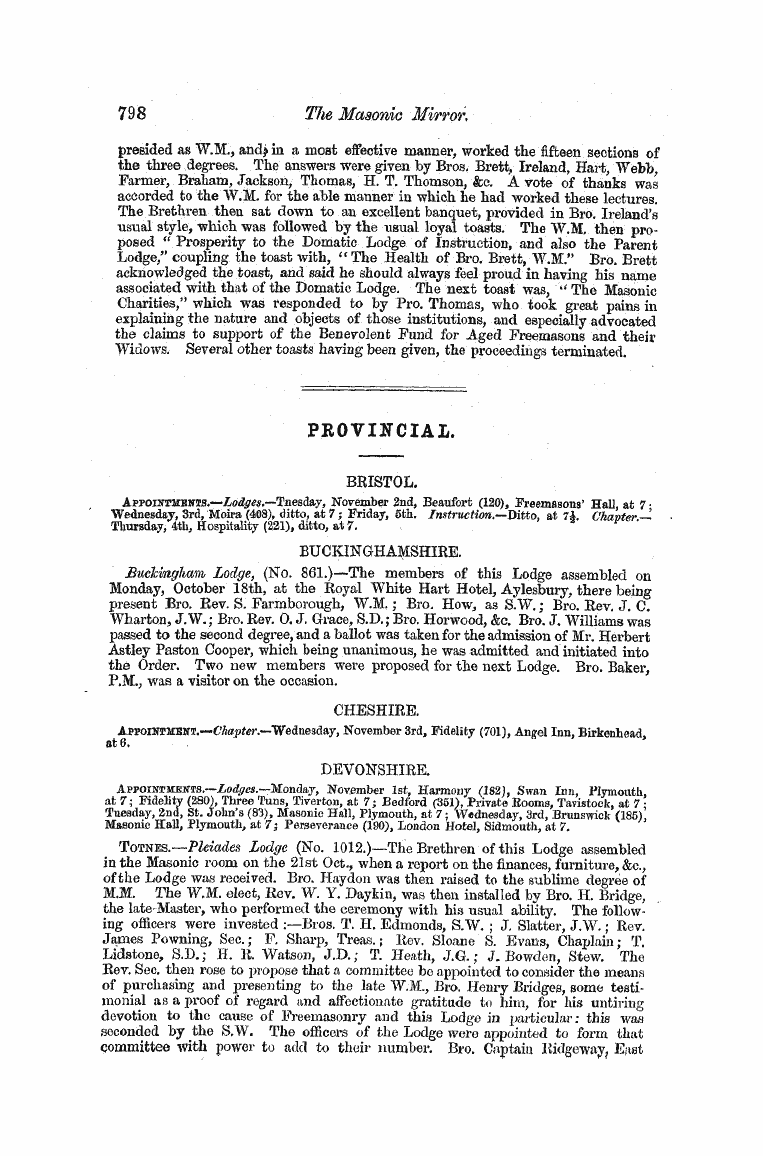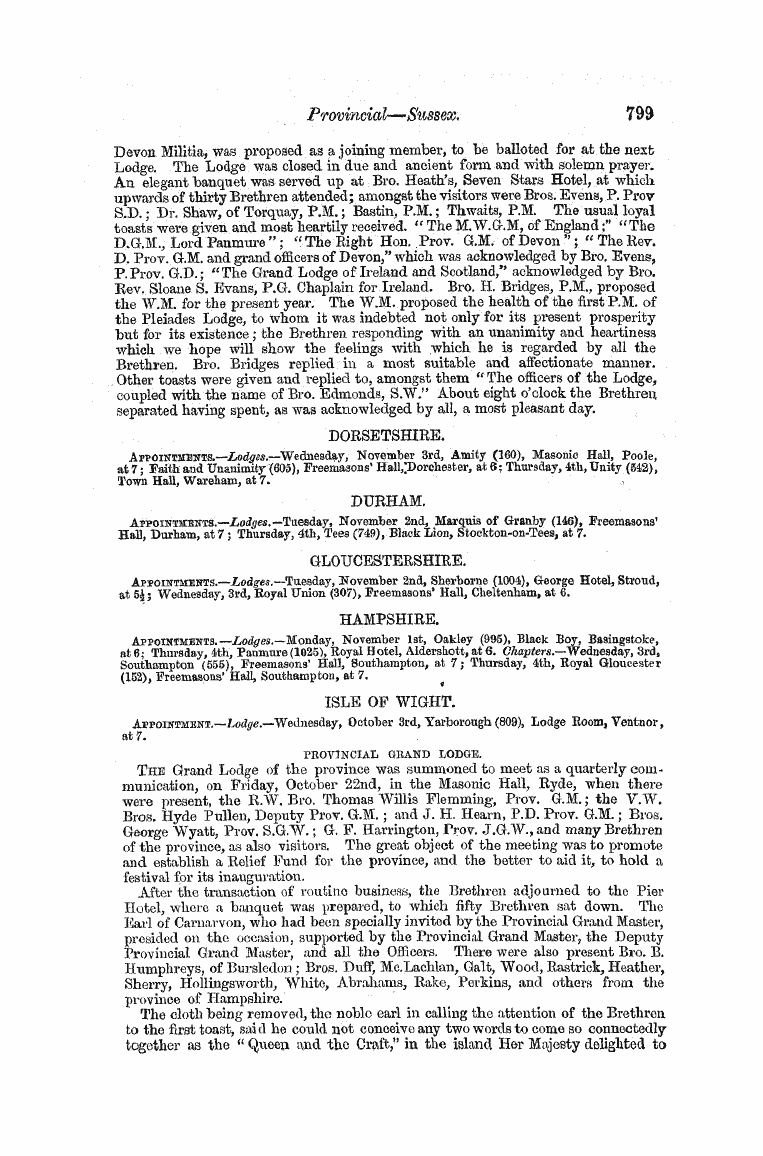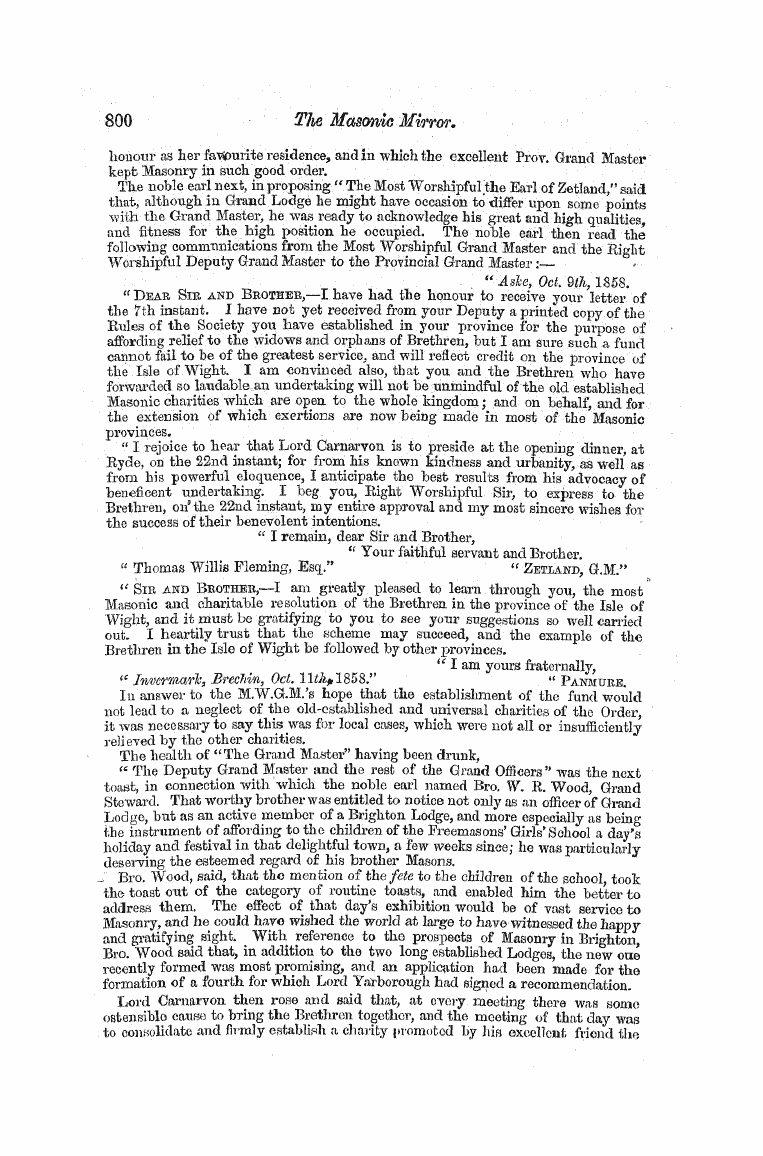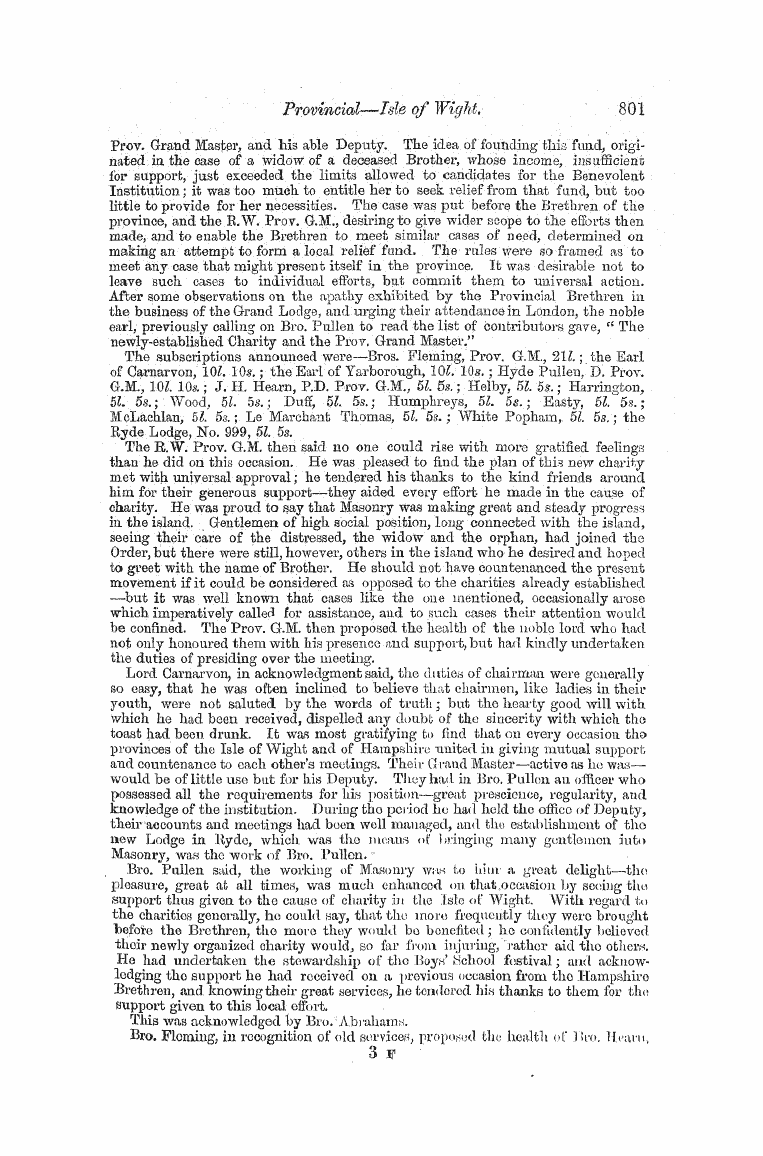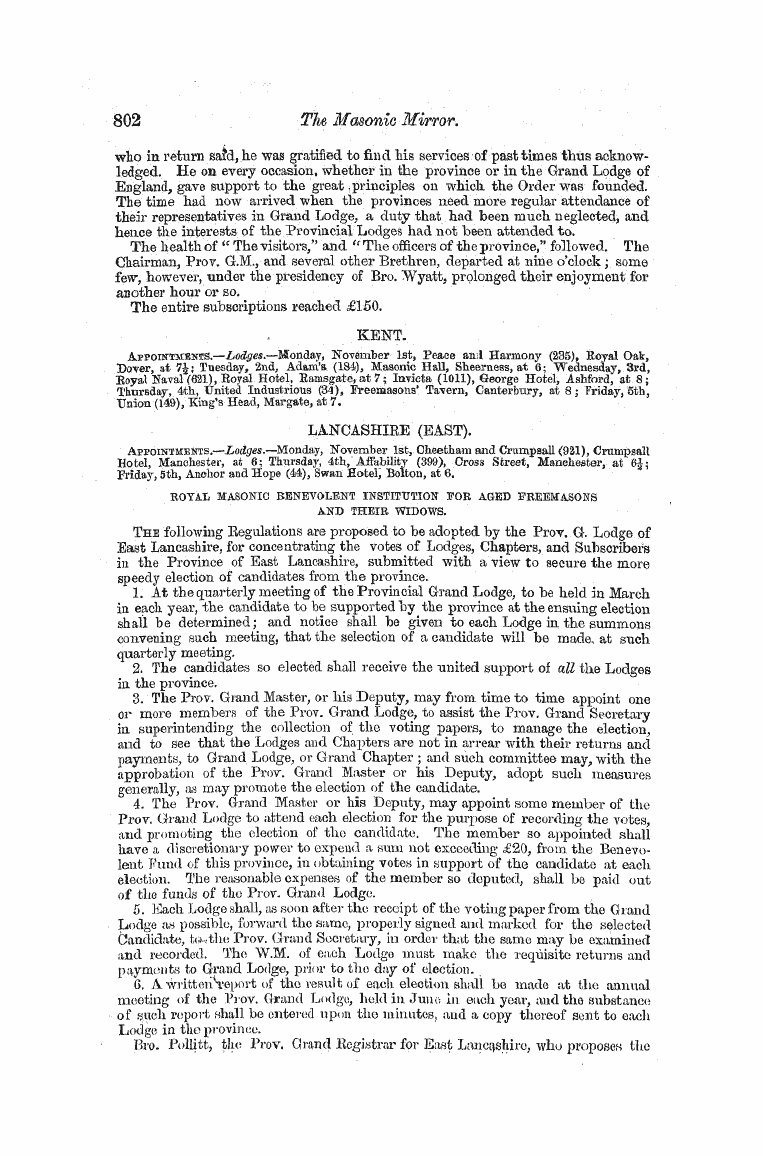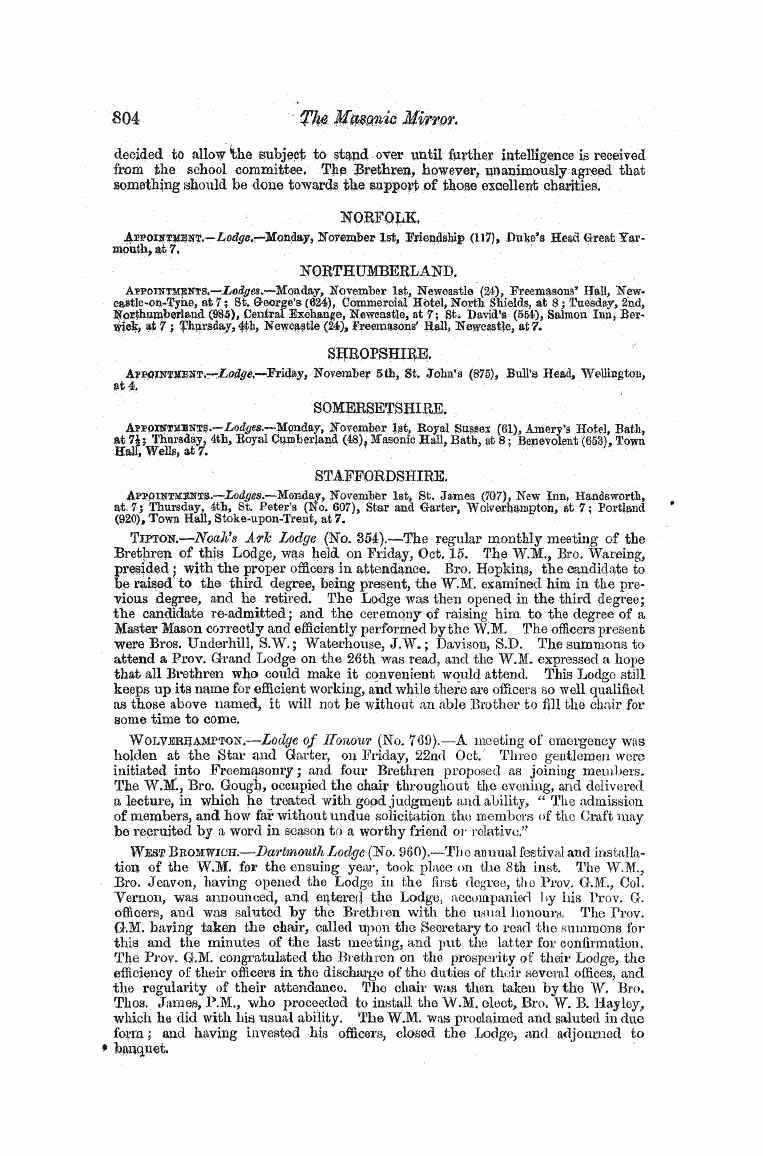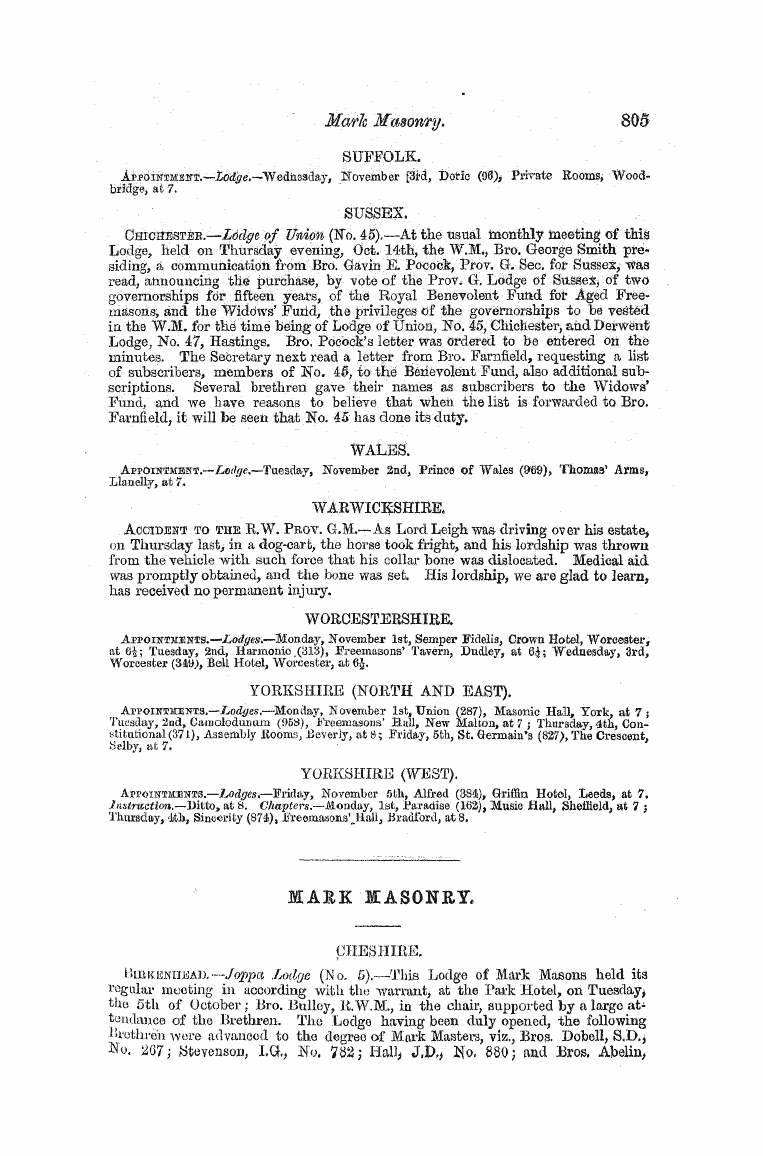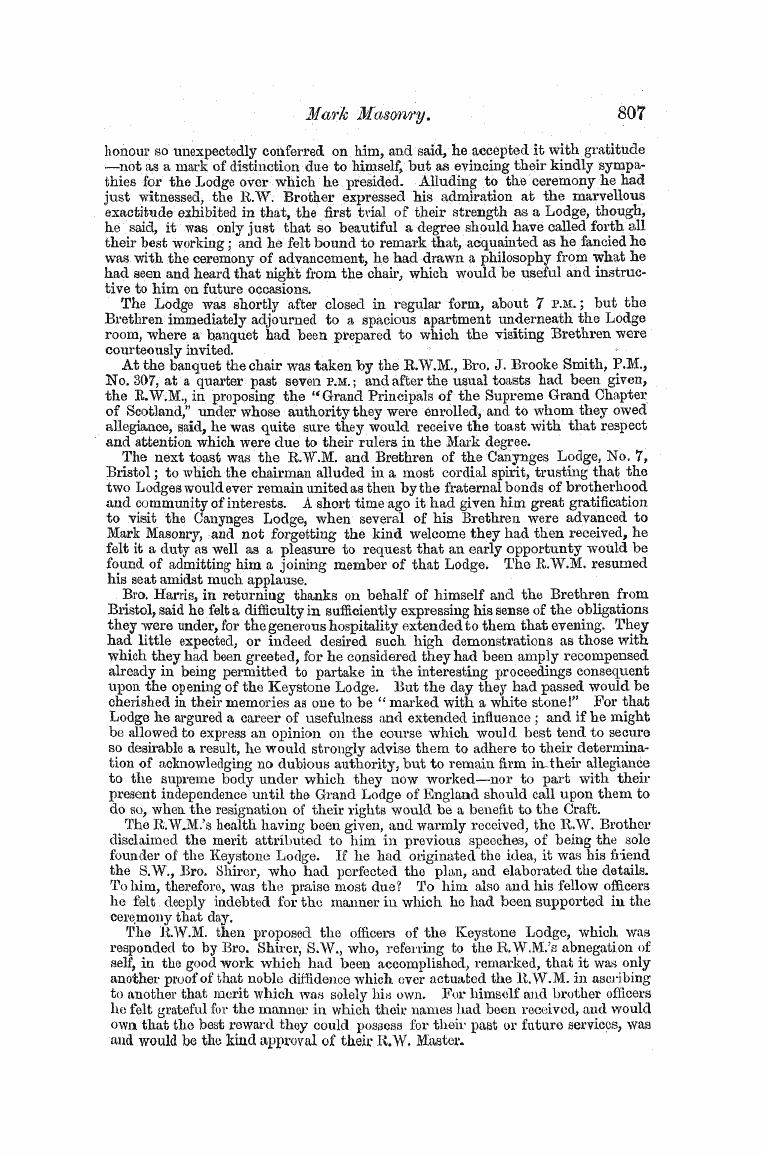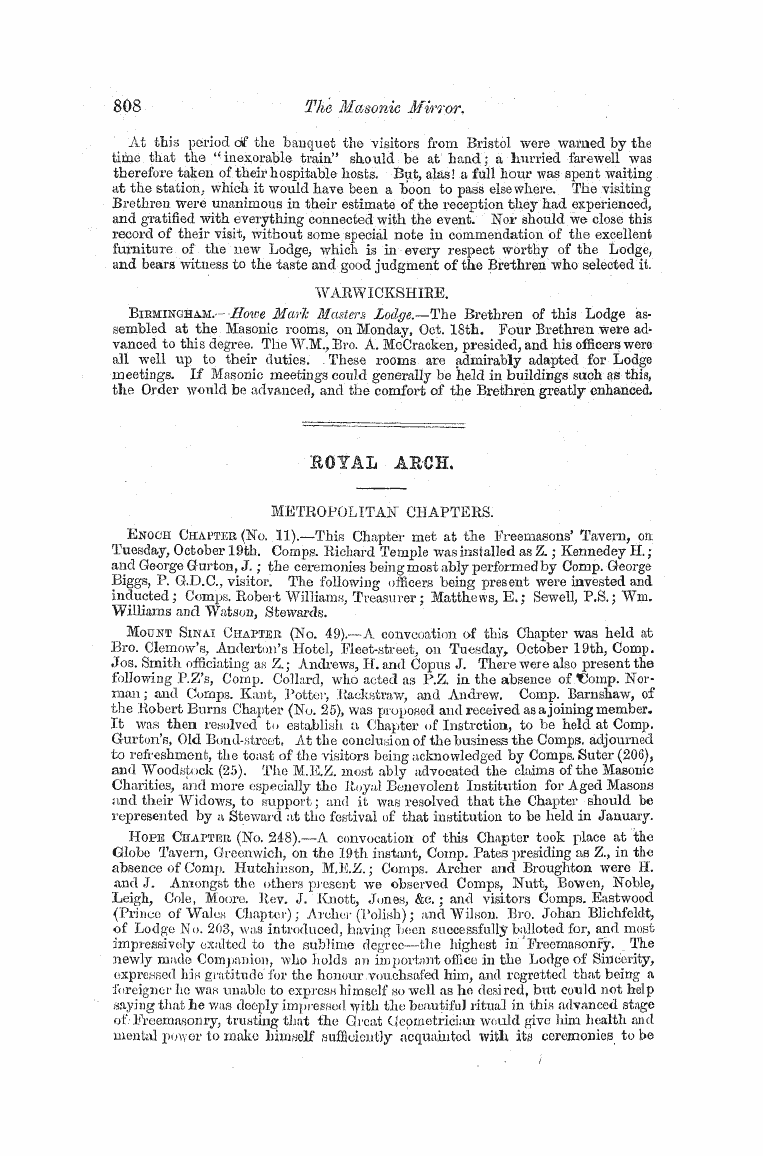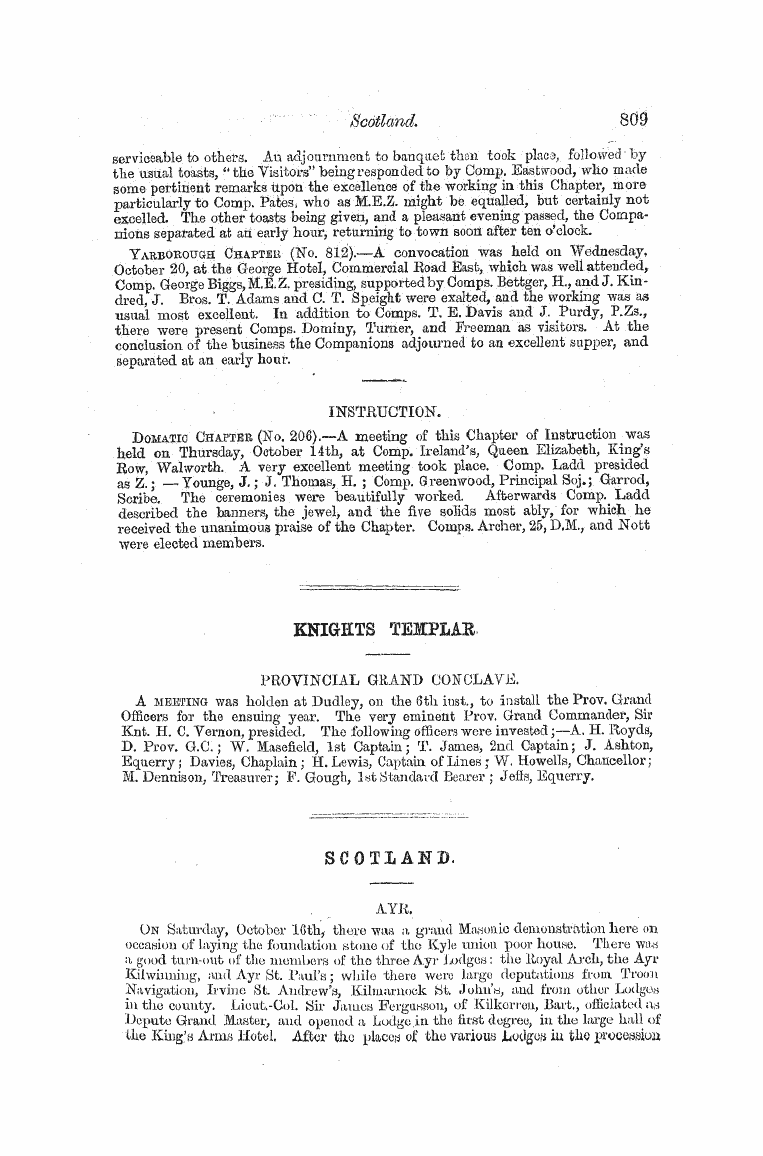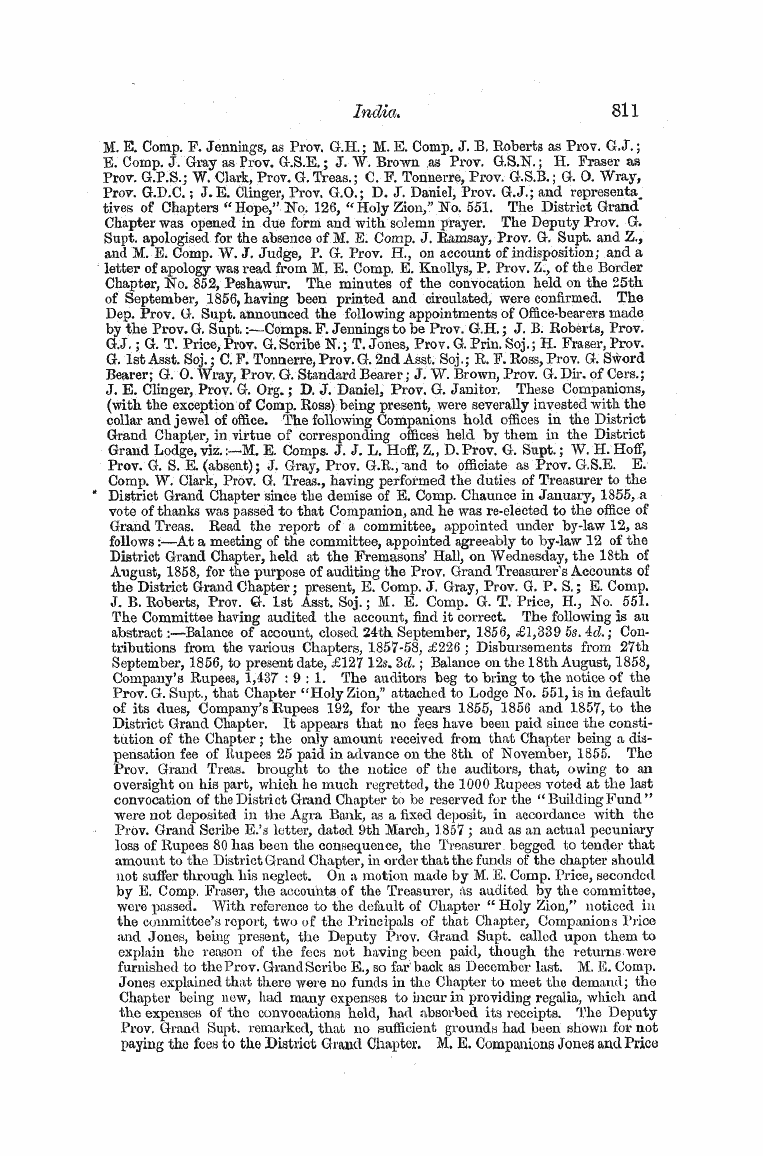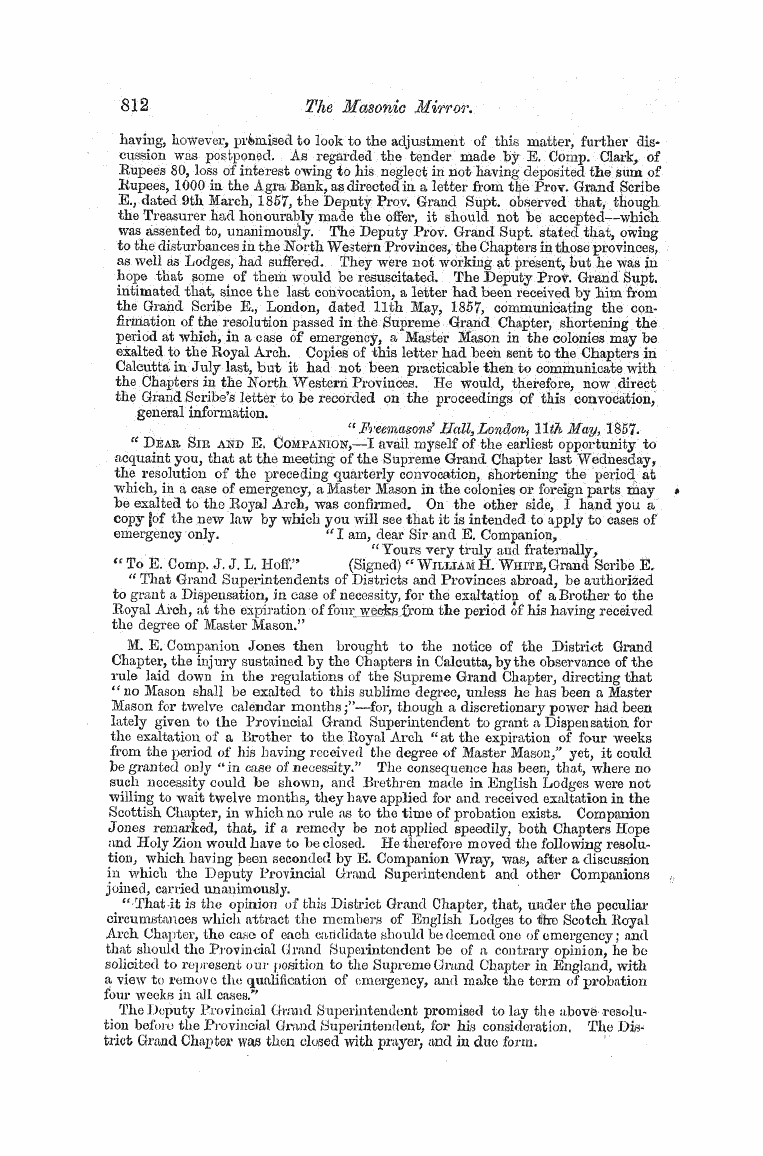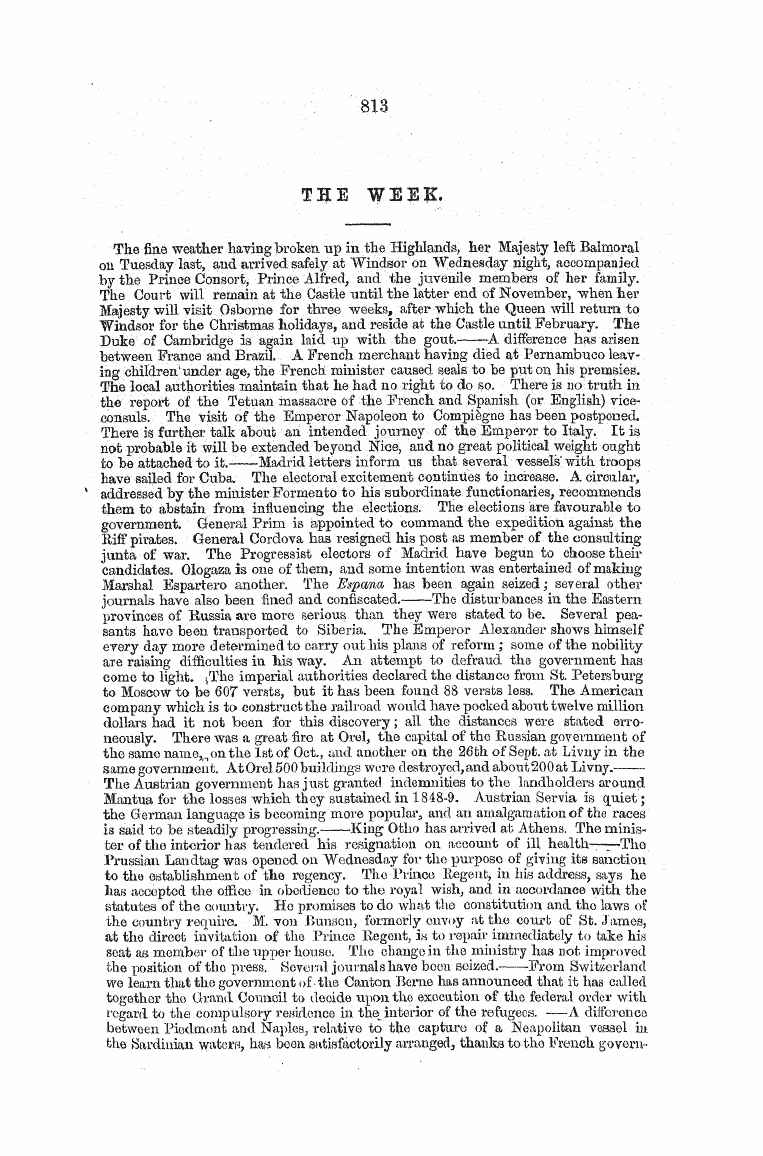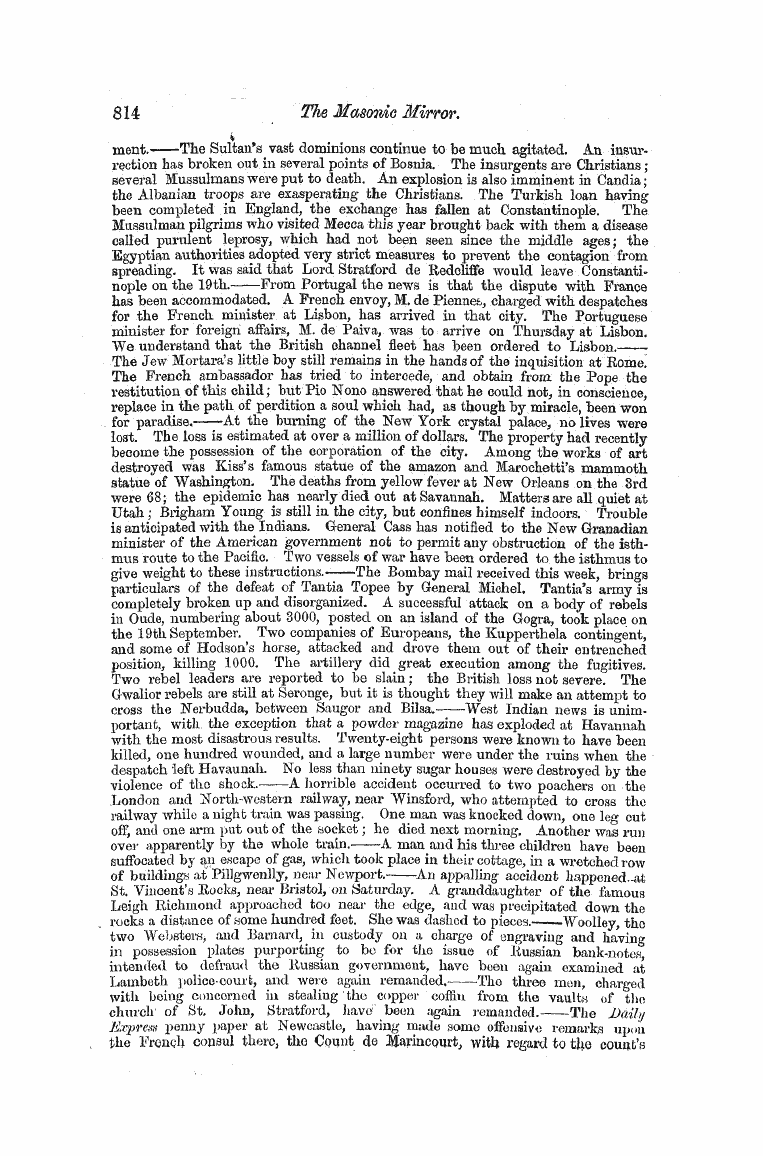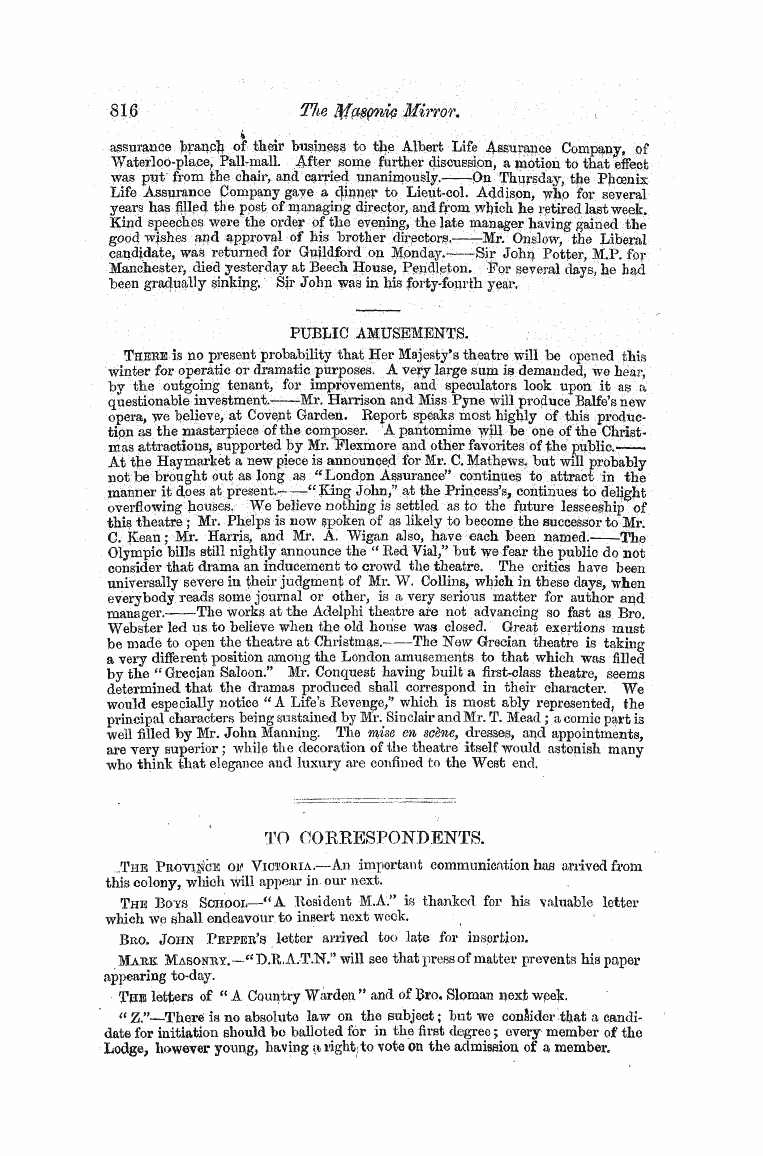Note: This text has been automatically extracted via Optical Character Recognition (OCR) software.
Anglo-Saxon History Illustrated By Topographical Nomenclature.
ANGLO-SAXON HISTORY ILLUSTRATED BY TOPOGRAPHICAL NOMENCLATURE .
{ Continued from p , 635 ) .
ON THE NAMES OE THE ENGLISH CLANS . A part of a national language is the names of the people , but a part not always embraced within the domain of lexicography ; and yet the expressive names of the Jews are rightly considered as deserving of record and interpretation . So too the student of Roman
history finds it desirable to know the modes in which the several names were compounded , and the list of the principal families . Except a few stray entries in Bailey ' s Dictionary , or such words as enter the noble work of Bosworth on Anglo-Saxon history , the English names of persons and places are excluded fm
dictionaries . The labours of Mr . M . A . Lower have , however , of late given importance to this branch of study , which has been taken up by independent observers . English names of English stock consists of these classes :- — First , names recorded in the names of places .
Second , names recorded in the Chronicles . Third , names now in use . Kemble was the first to discuss with some earnestness the evidences afforded by topographical nomenclature c > f the presence in England , at the early settlement , of those Germanic tribes whose names figure
m the great epics of the Anglo-Saxons and other Germani . He pointed to the names of the Welling or Welsing , of the Nibling , and others well known , and he proceeds to construct a tribual system , in which the . particle ing being taken as the tribual termination , a catalogue of tribes was determined from the materials afforded by topographical nomenclature . ^ , ( , It was a main purpose of Kemble to show that the settldment was effected by tribes or clans , and he Apposed that the first organization of the country was into marks or gans , as is supposed to haVe taken place in Germania , where a distinct tribe occupied a district .
Thus it appeared as a result of his labours , that England had beeh occupied by clans or septs , like the Lowlands , Highlands , and Irish provinces , and that the present English population , though no longer bearing the clan names , are the representatives of these invading clans .
Although I gave my assent to such views at first , further investigation has induced me to modify them , and to arrive at results not altogether conformable to those of Kemble , and yet derived from the same basis .
Note: This text has been automatically extracted via Optical Character Recognition (OCR) software.
Anglo-Saxon History Illustrated By Topographical Nomenclature.
ANGLO-SAXON HISTORY ILLUSTRATED BY TOPOGRAPHICAL NOMENCLATURE .
{ Continued from p , 635 ) .
ON THE NAMES OE THE ENGLISH CLANS . A part of a national language is the names of the people , but a part not always embraced within the domain of lexicography ; and yet the expressive names of the Jews are rightly considered as deserving of record and interpretation . So too the student of Roman
history finds it desirable to know the modes in which the several names were compounded , and the list of the principal families . Except a few stray entries in Bailey ' s Dictionary , or such words as enter the noble work of Bosworth on Anglo-Saxon history , the English names of persons and places are excluded fm
dictionaries . The labours of Mr . M . A . Lower have , however , of late given importance to this branch of study , which has been taken up by independent observers . English names of English stock consists of these classes :- — First , names recorded in the names of places .
Second , names recorded in the Chronicles . Third , names now in use . Kemble was the first to discuss with some earnestness the evidences afforded by topographical nomenclature c > f the presence in England , at the early settlement , of those Germanic tribes whose names figure
m the great epics of the Anglo-Saxons and other Germani . He pointed to the names of the Welling or Welsing , of the Nibling , and others well known , and he proceeds to construct a tribual system , in which the . particle ing being taken as the tribual termination , a catalogue of tribes was determined from the materials afforded by topographical nomenclature . ^ , ( , It was a main purpose of Kemble to show that the settldment was effected by tribes or clans , and he Apposed that the first organization of the country was into marks or gans , as is supposed to haVe taken place in Germania , where a distinct tribe occupied a district .
Thus it appeared as a result of his labours , that England had beeh occupied by clans or septs , like the Lowlands , Highlands , and Irish provinces , and that the present English population , though no longer bearing the clan names , are the representatives of these invading clans .
Although I gave my assent to such views at first , further investigation has induced me to modify them , and to arrive at results not altogether conformable to those of Kemble , and yet derived from the same basis .































































